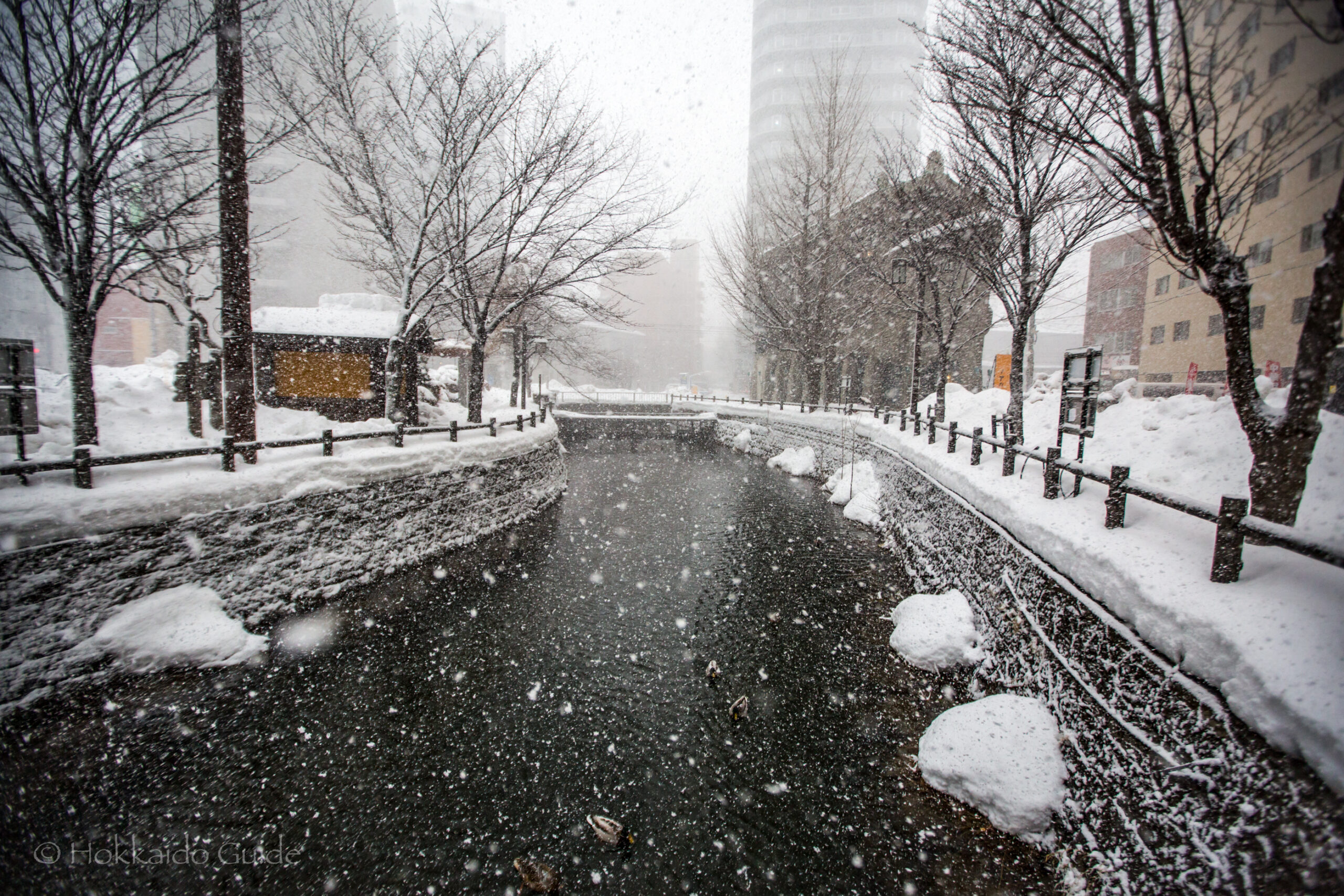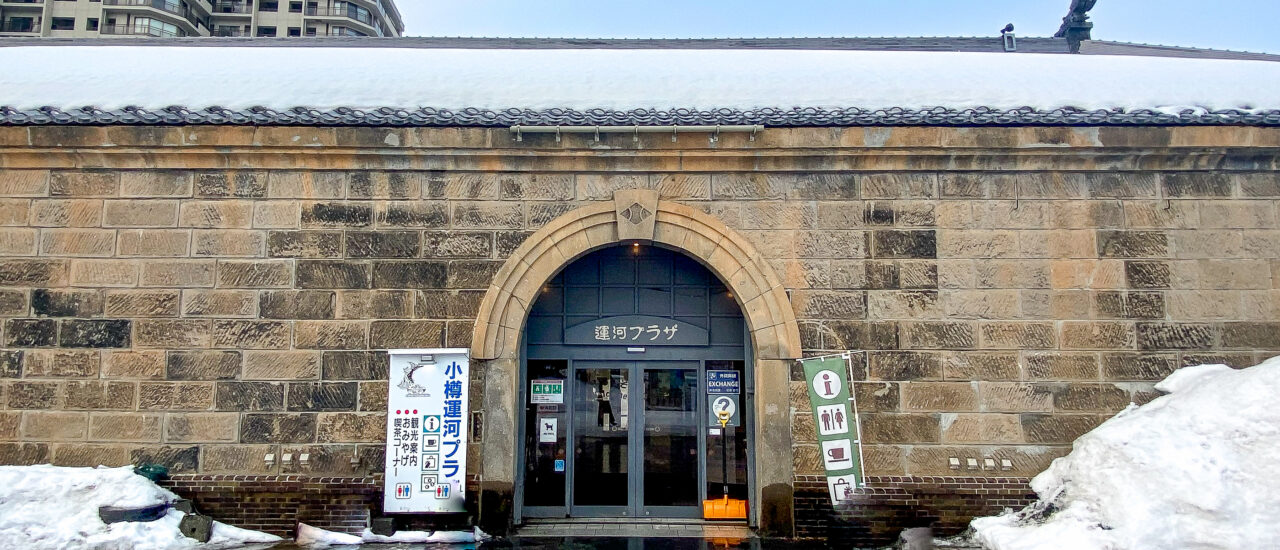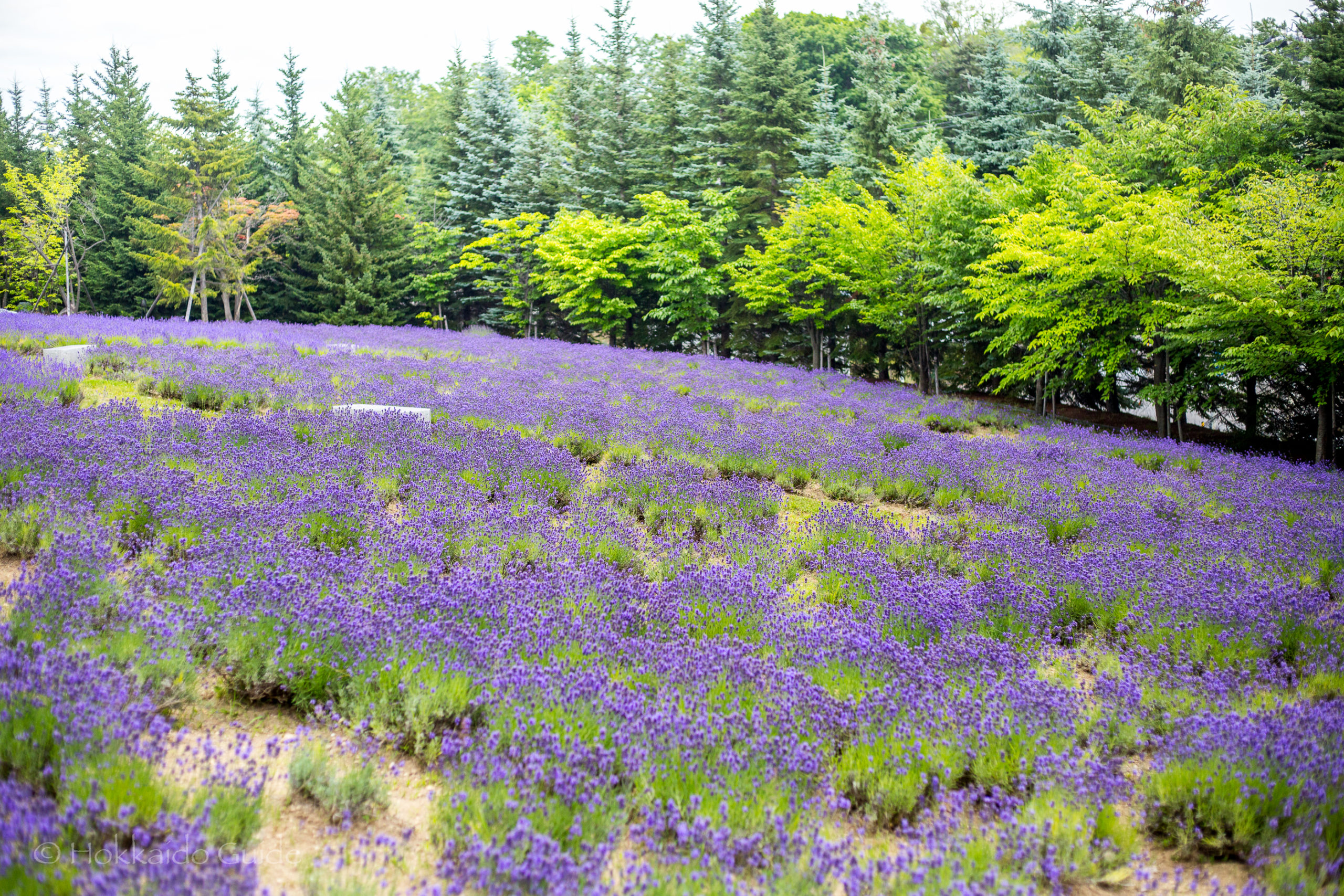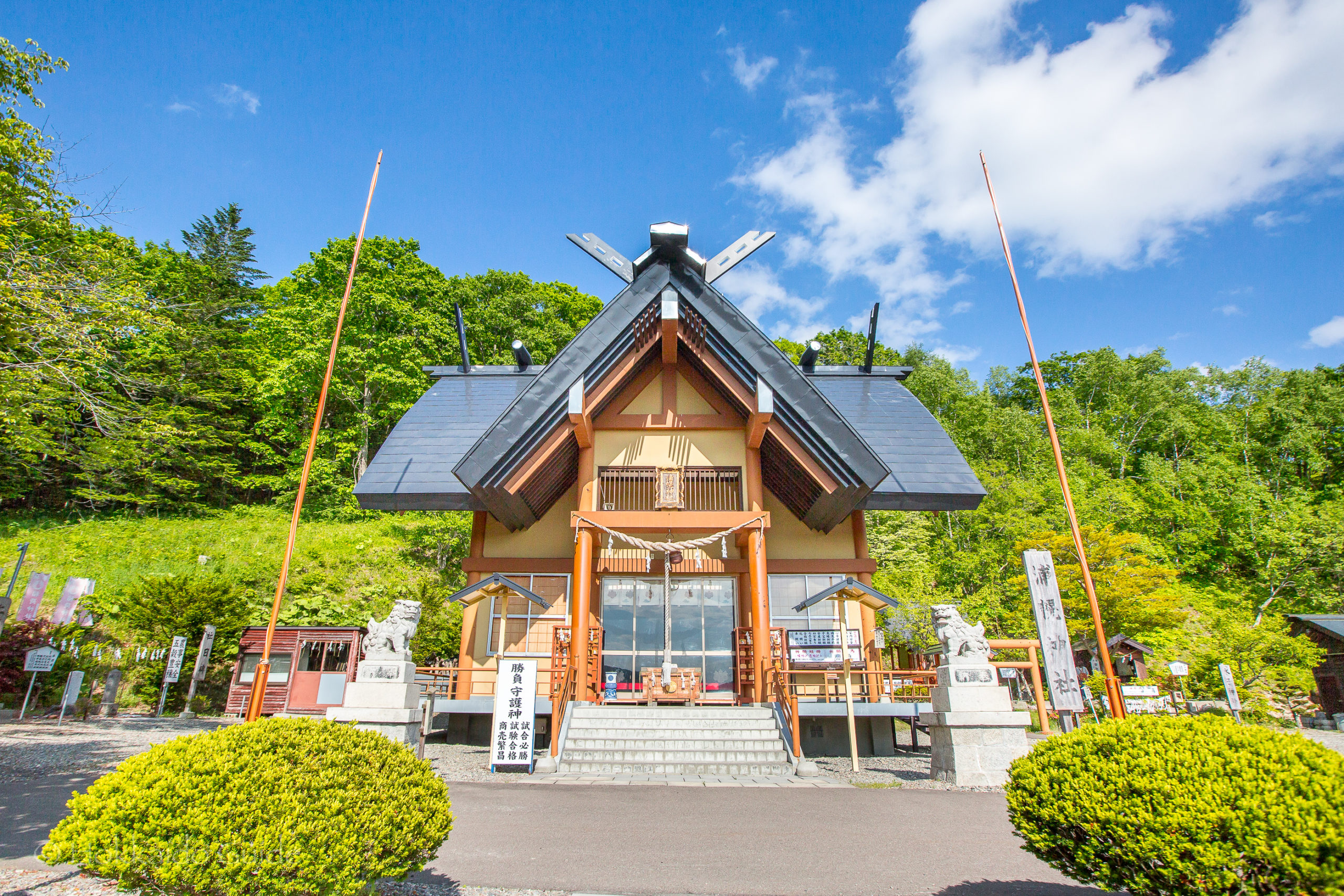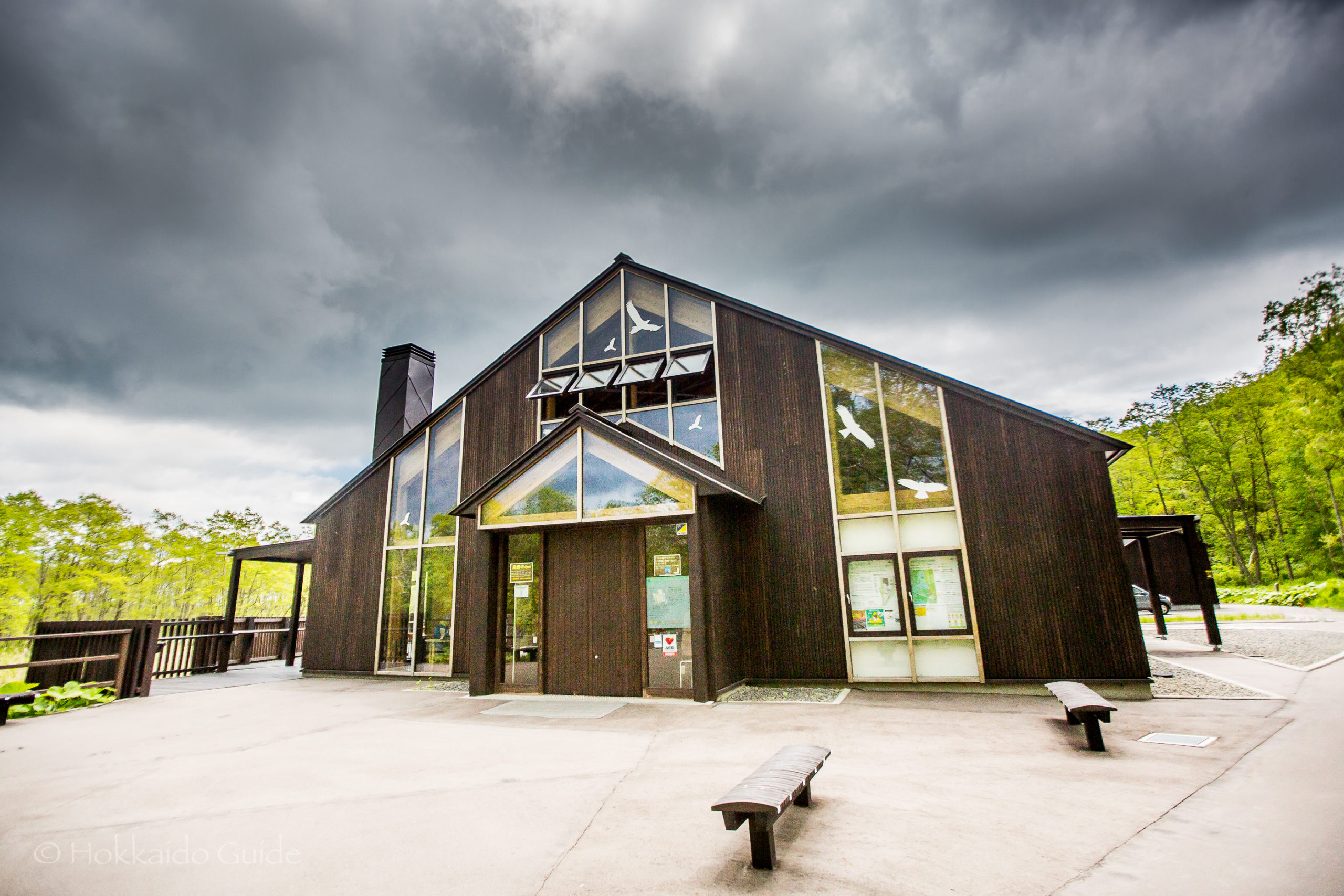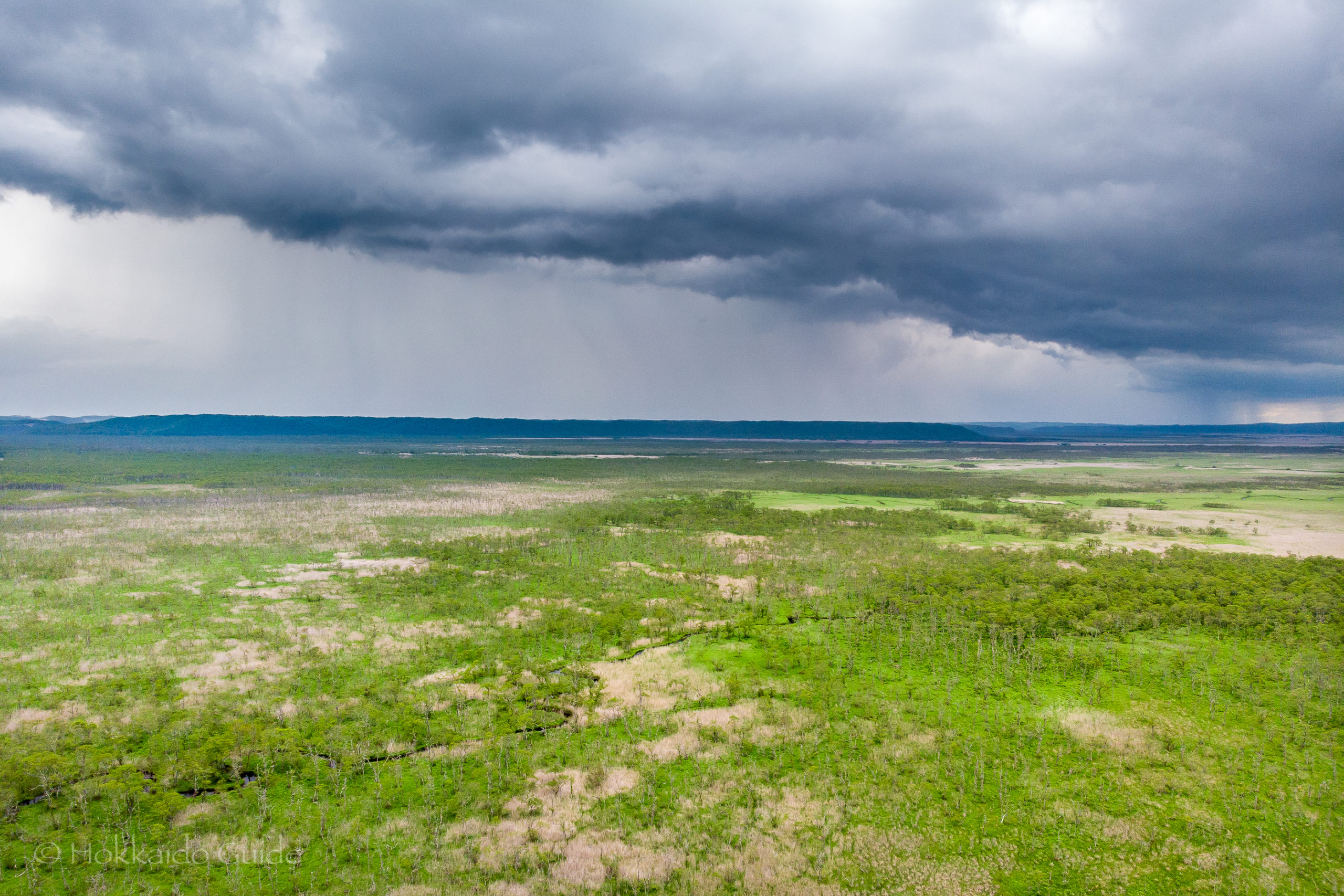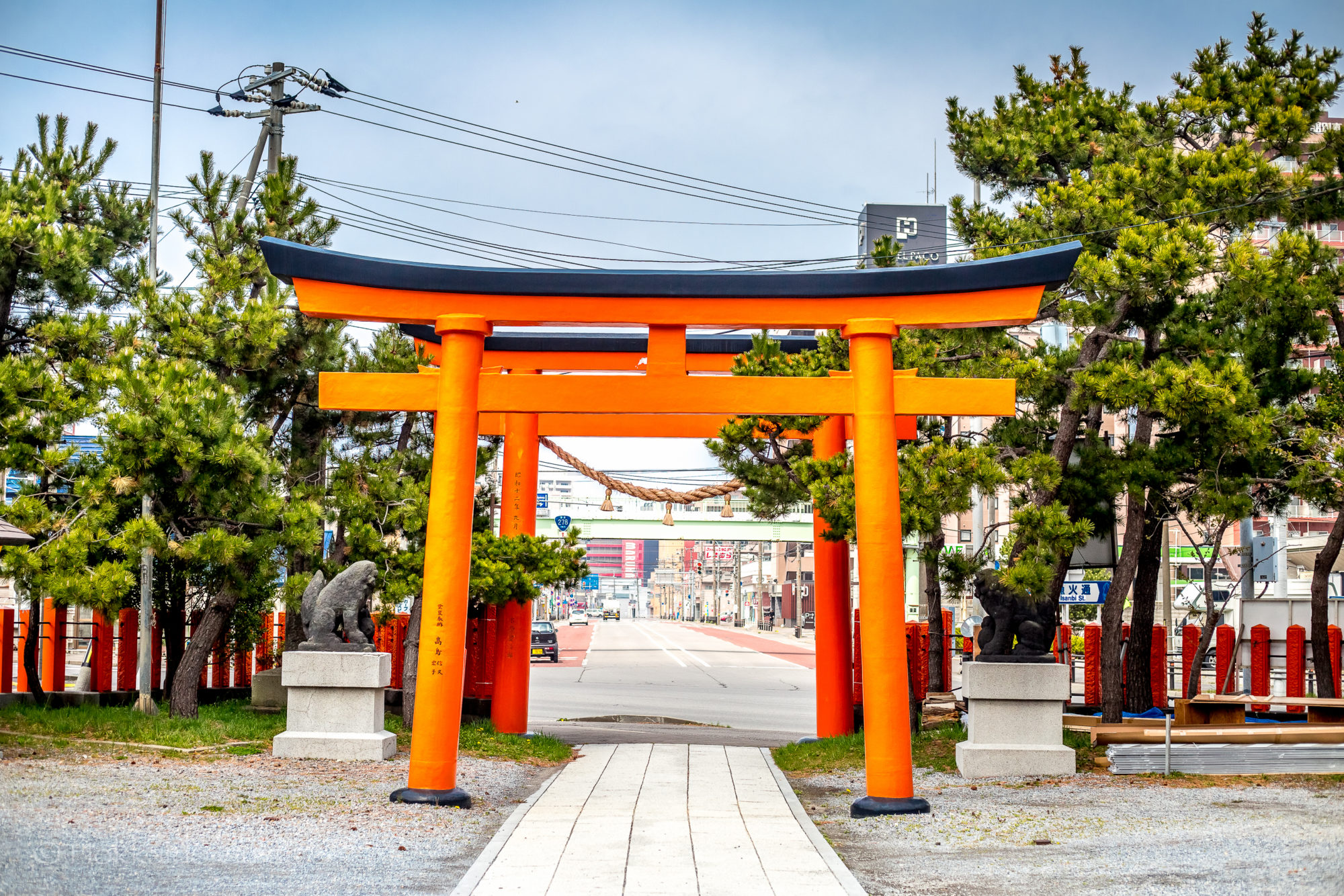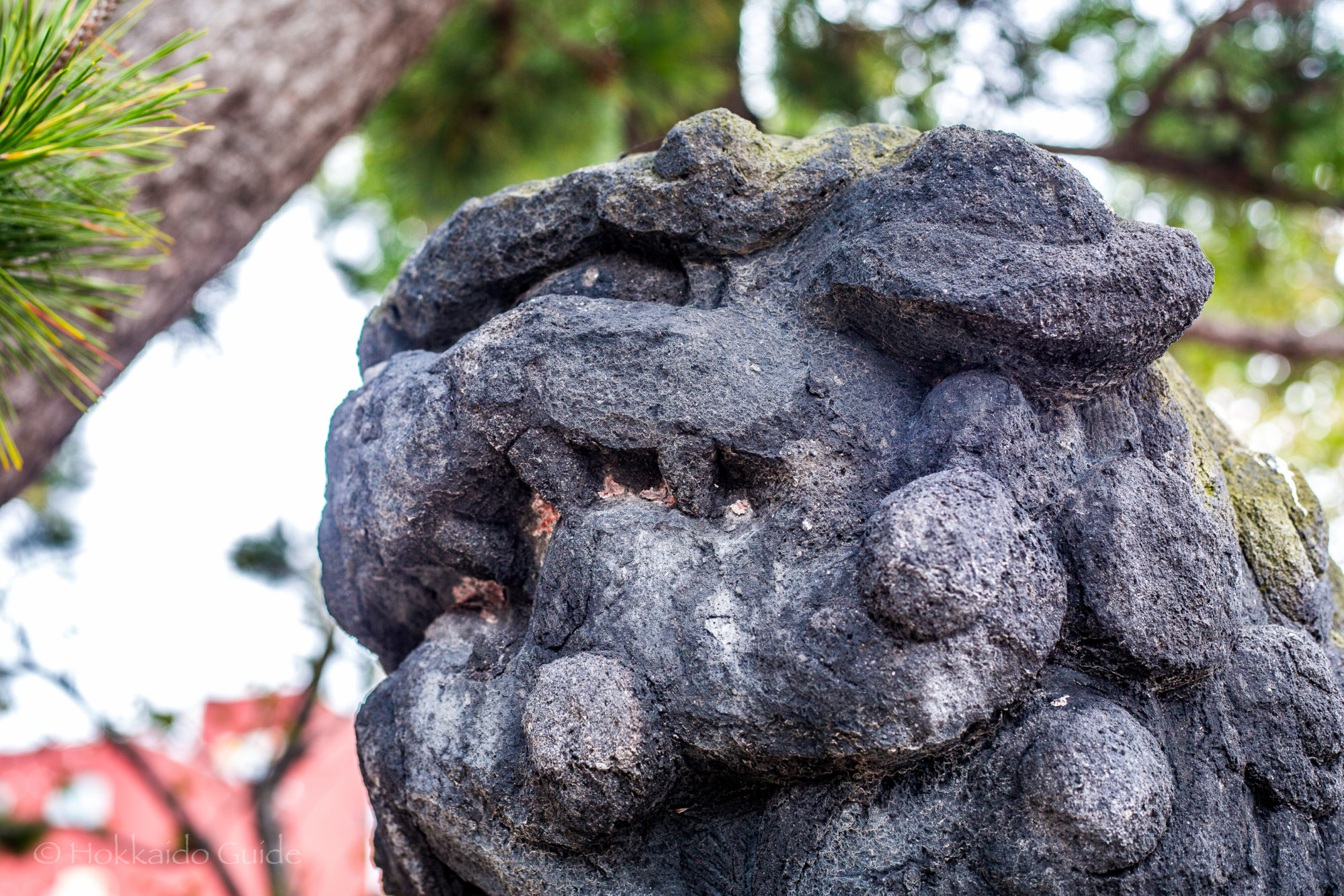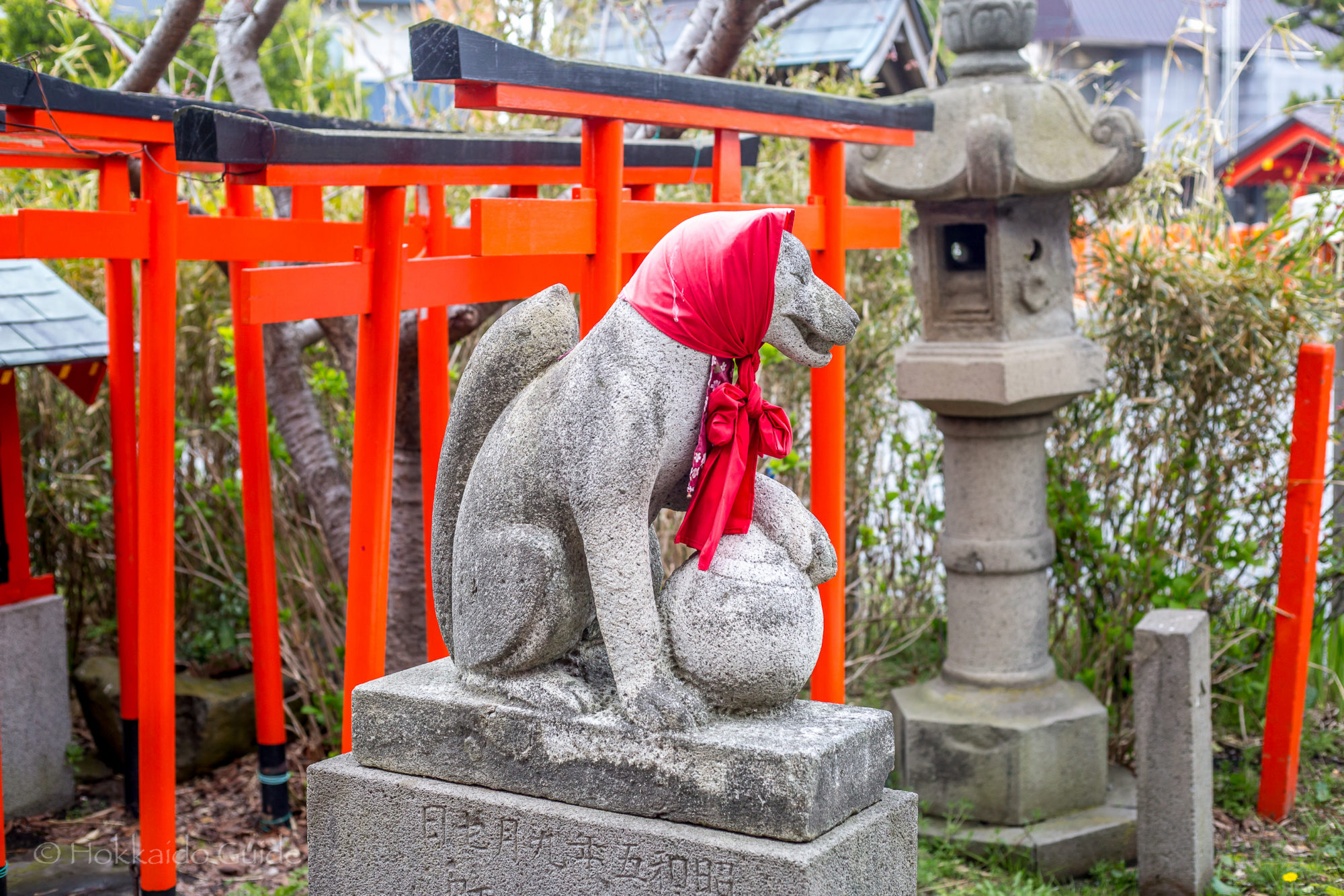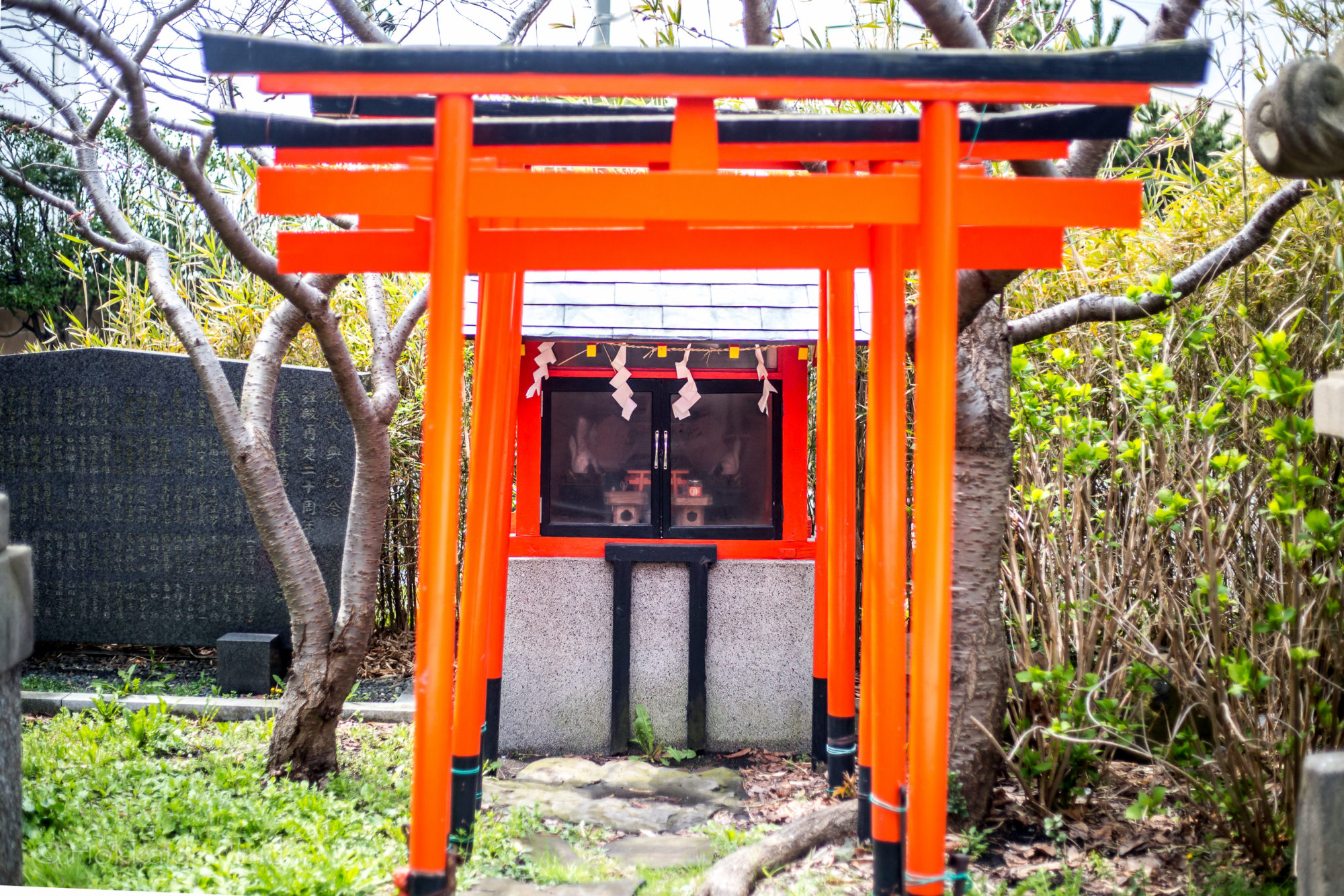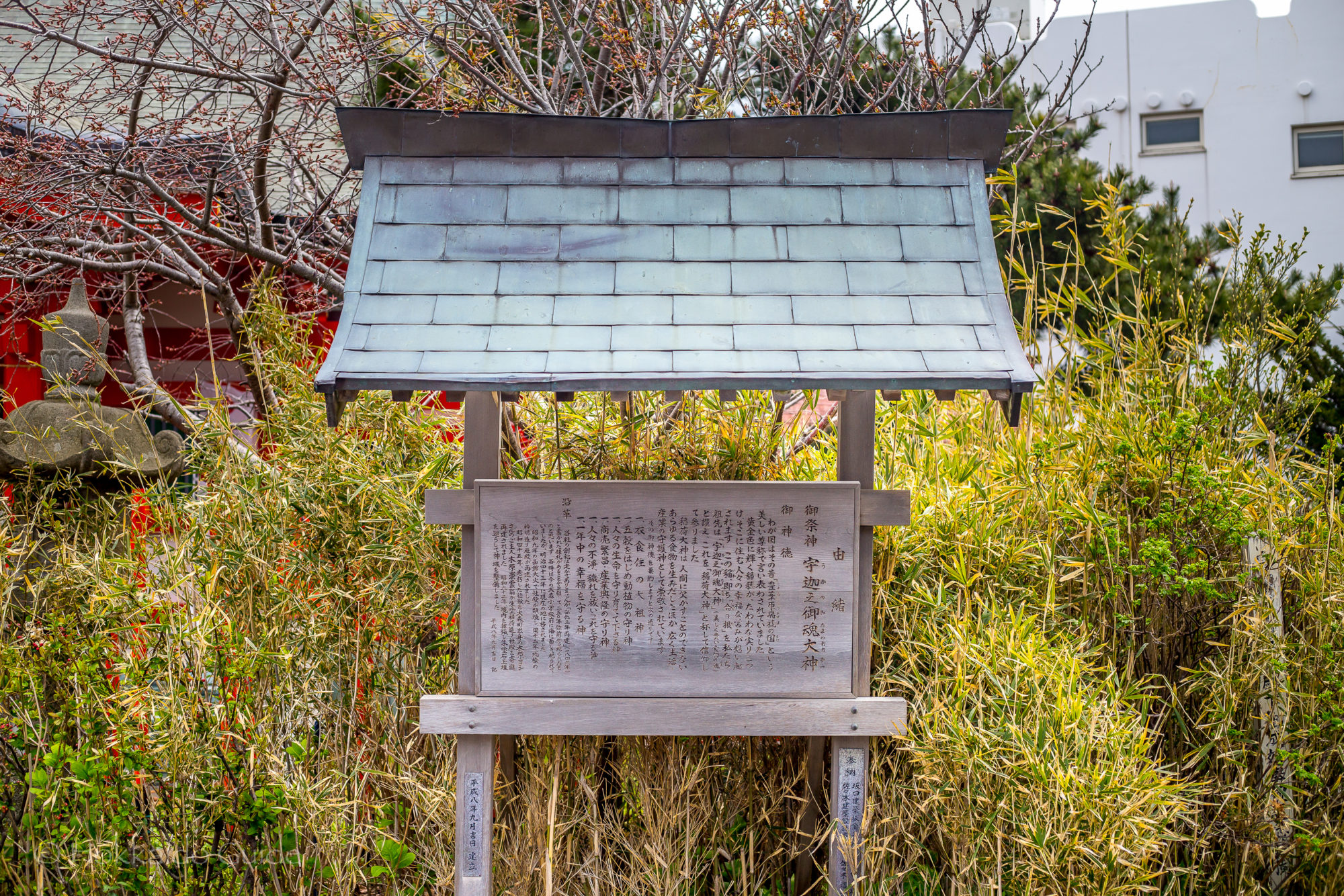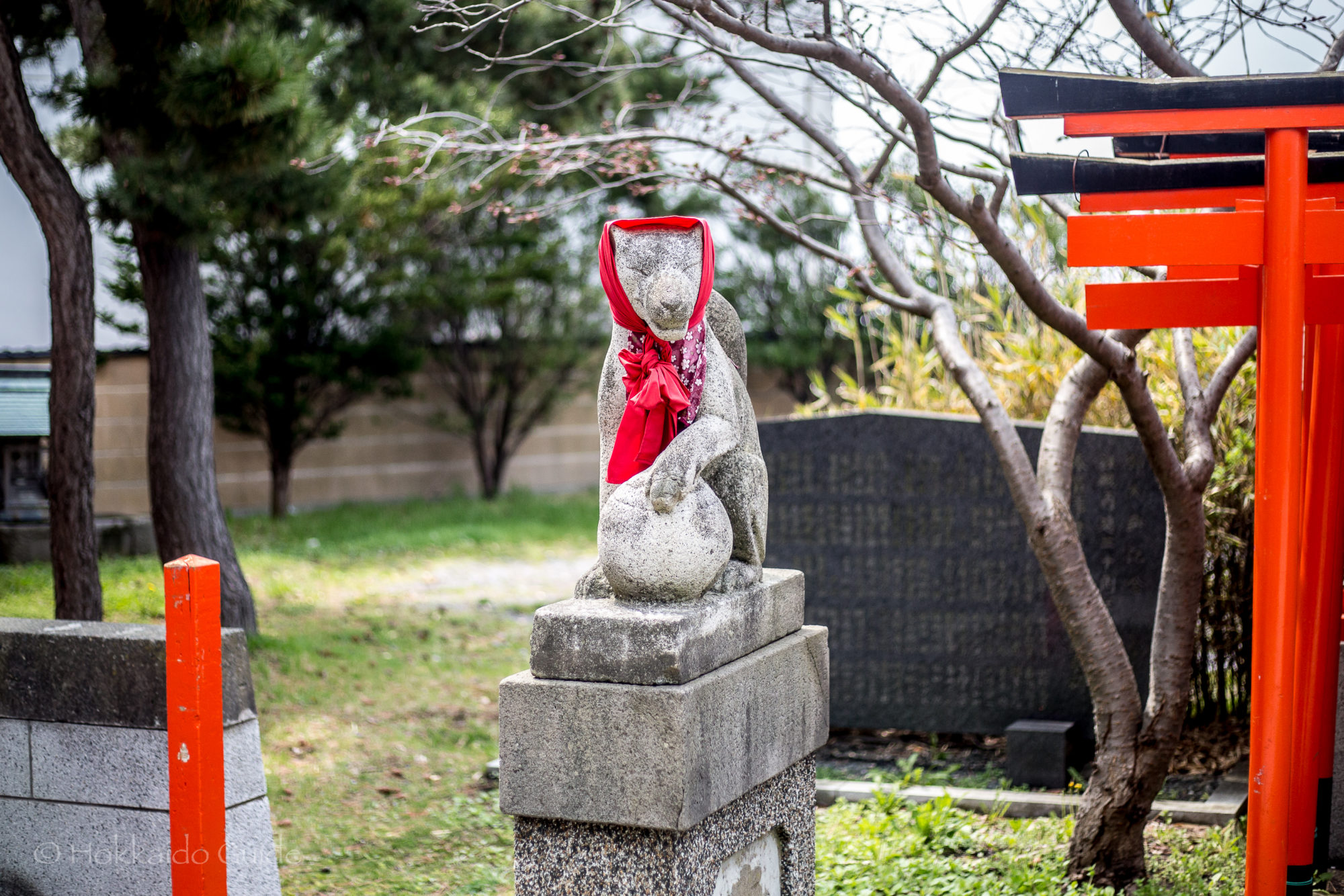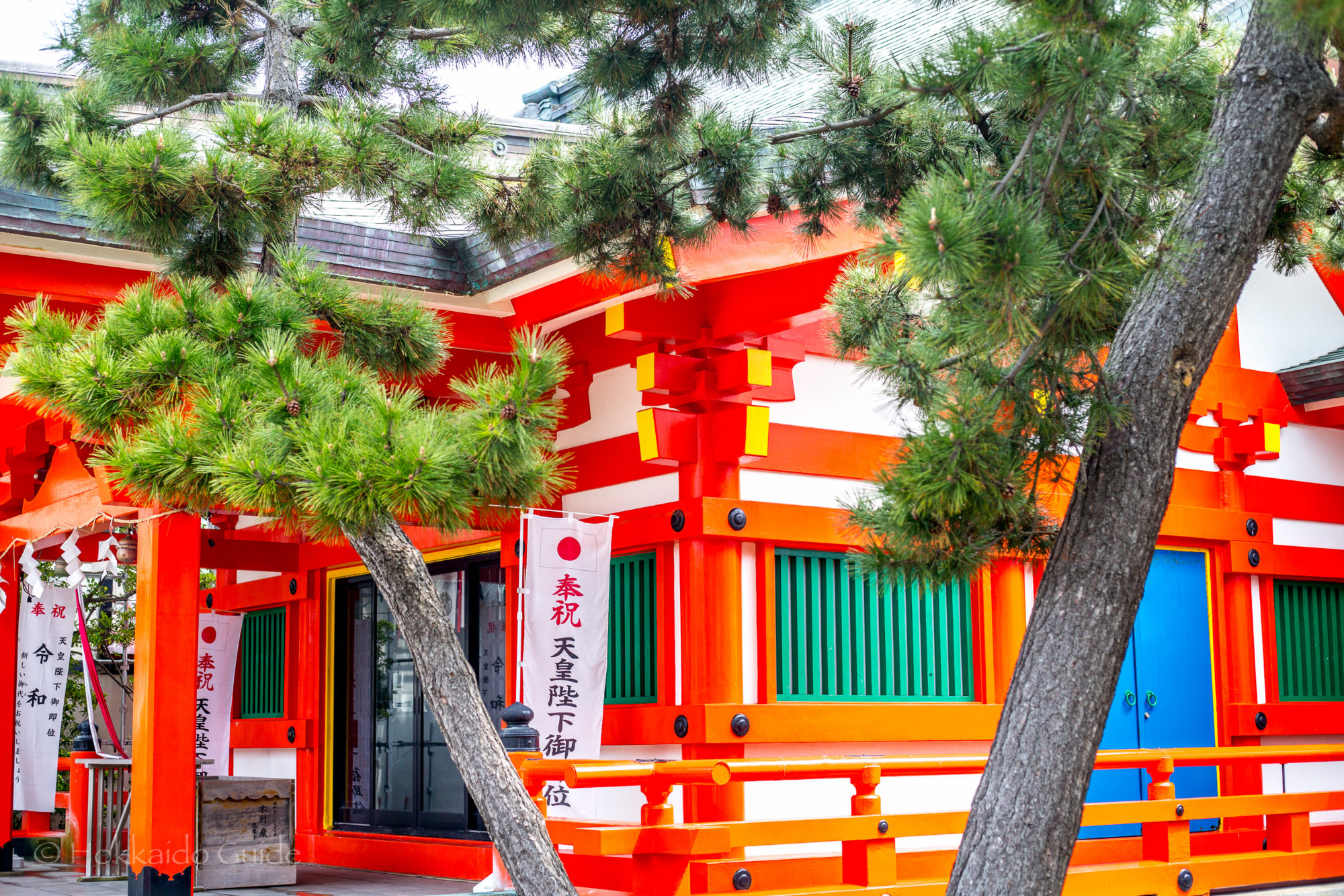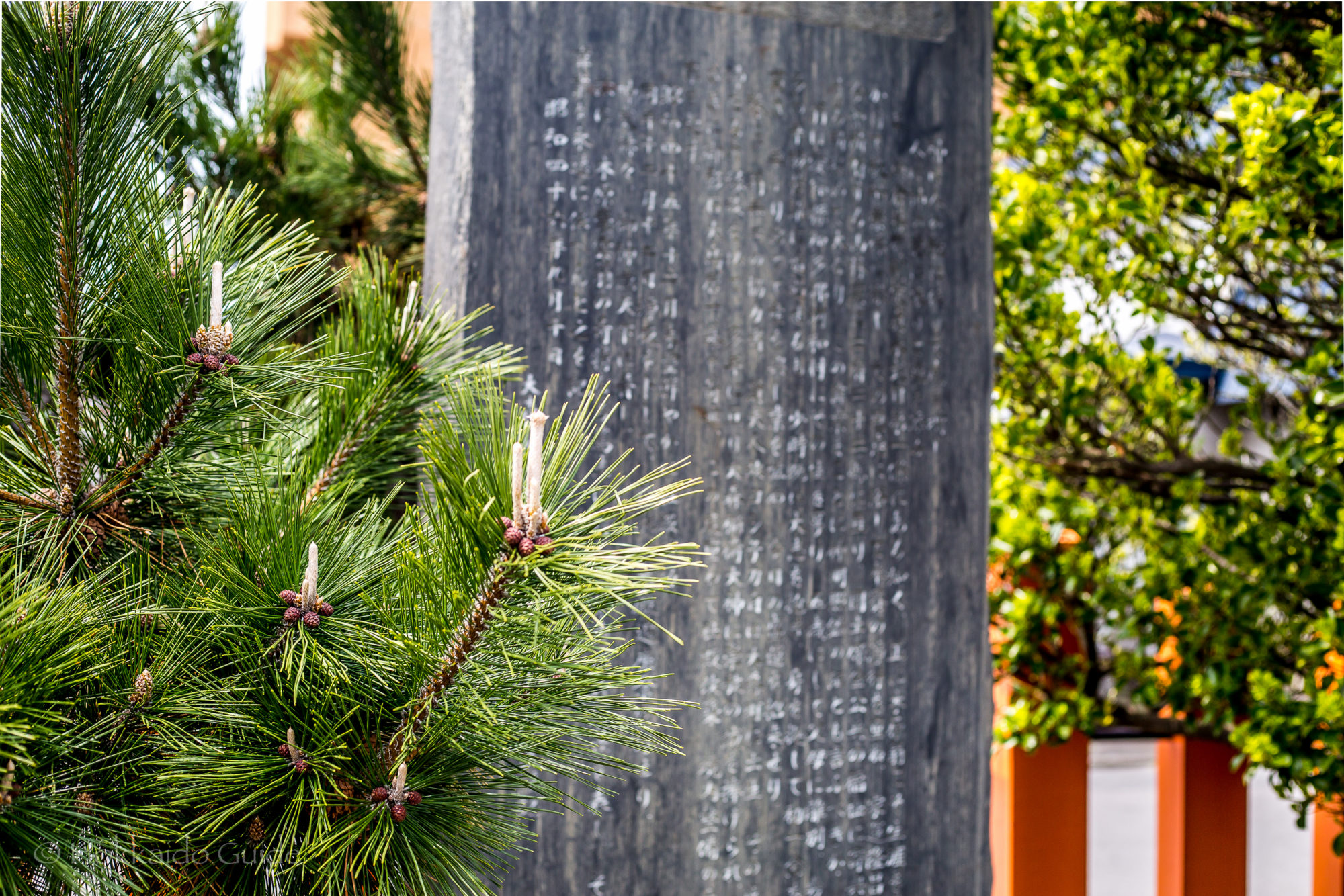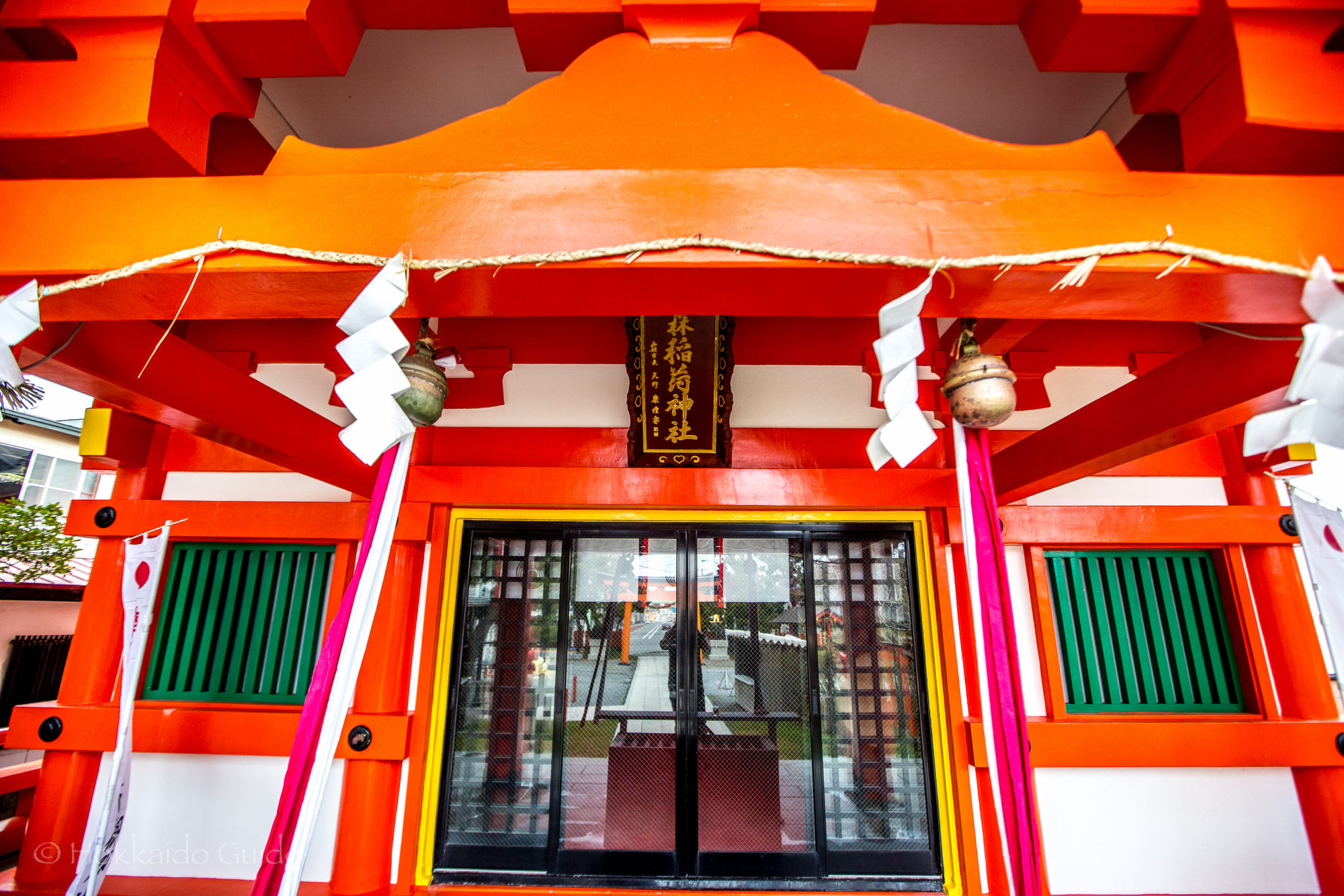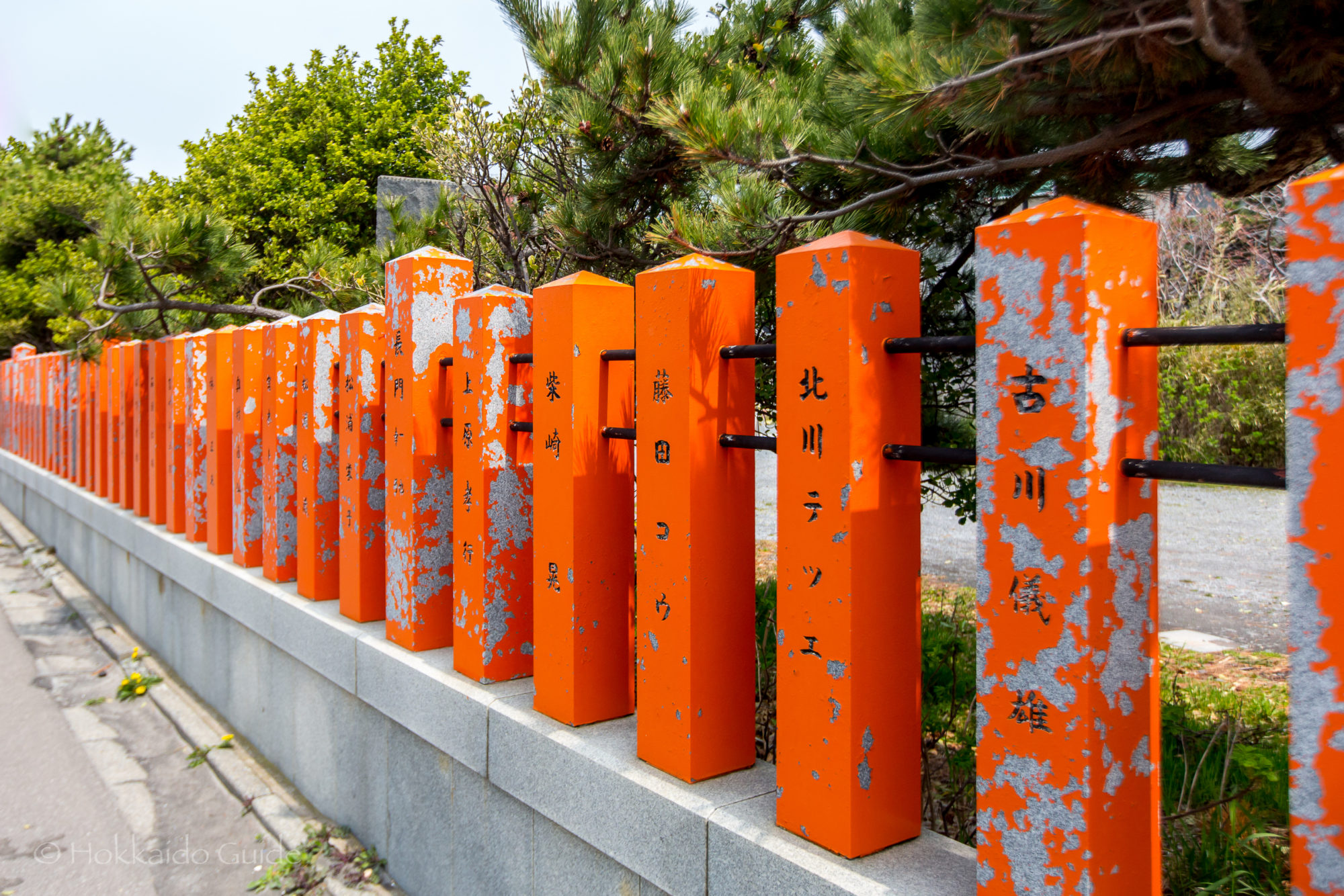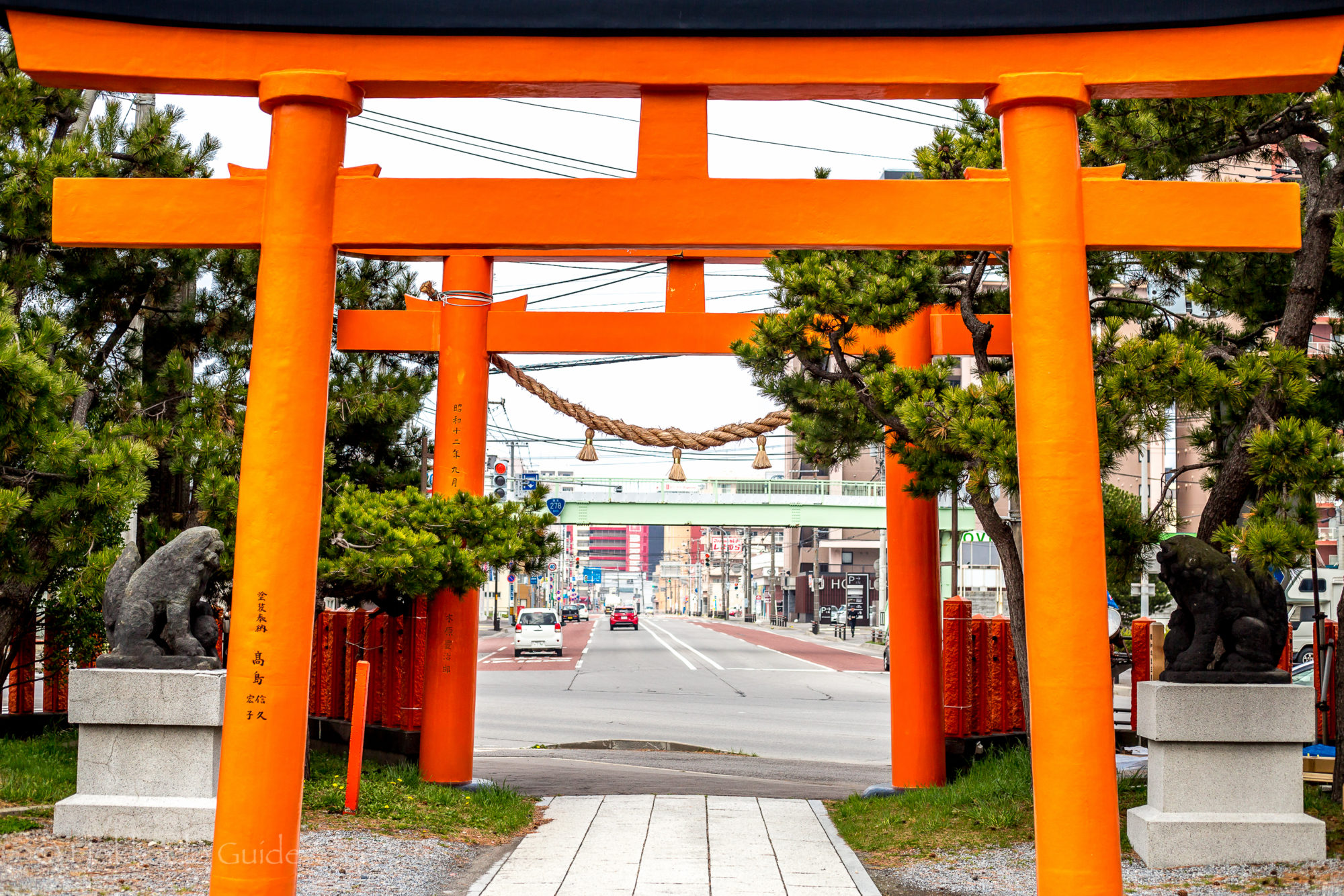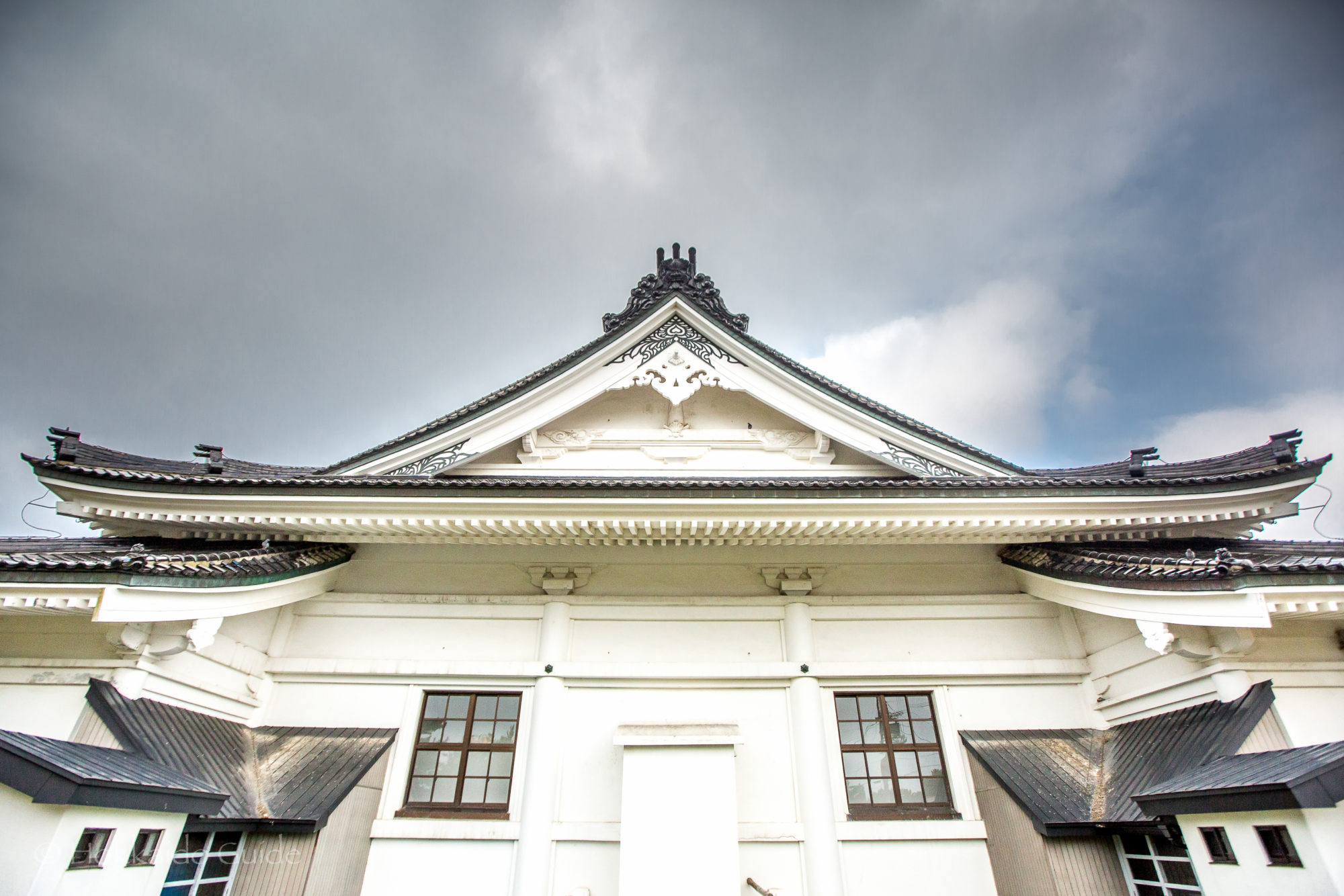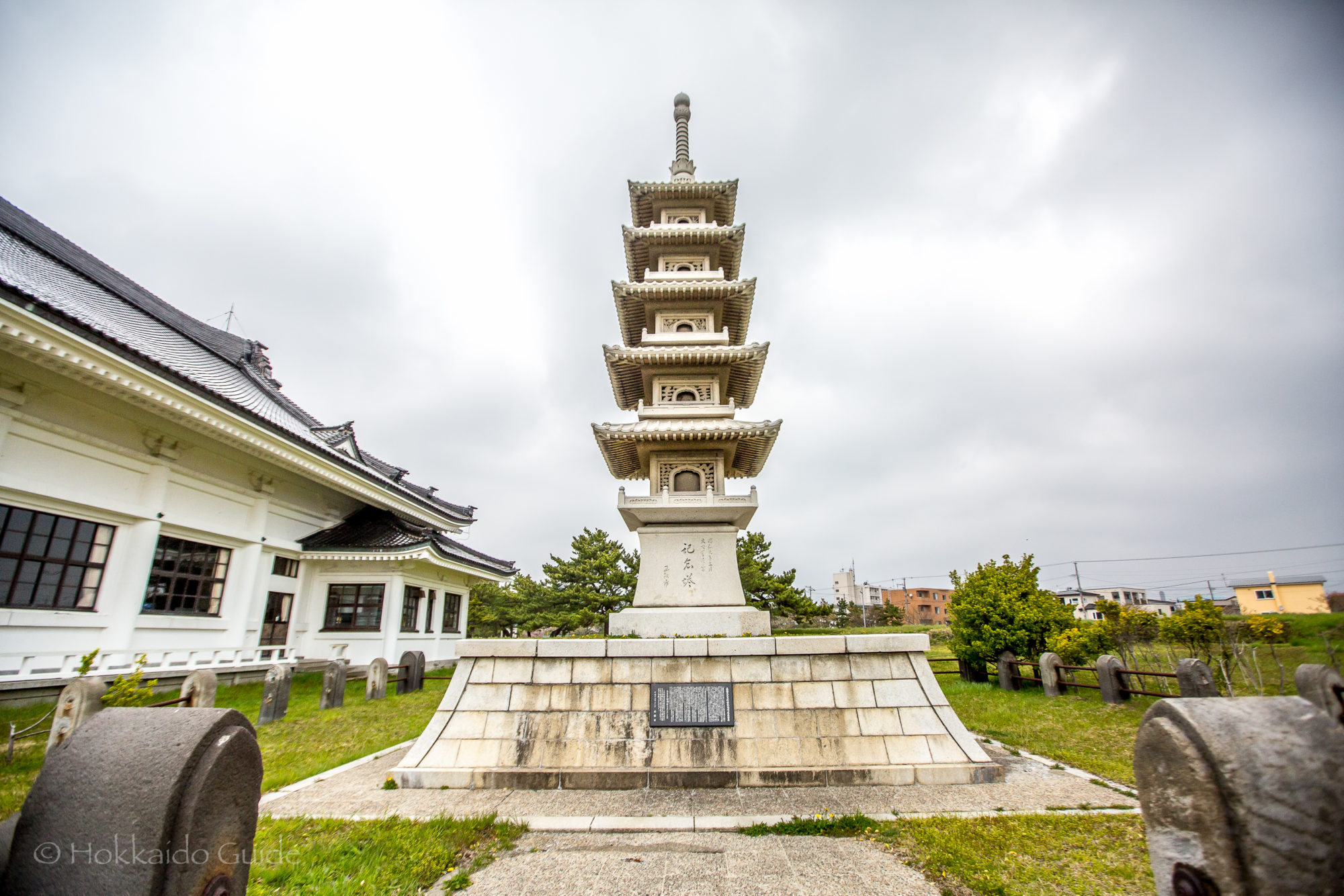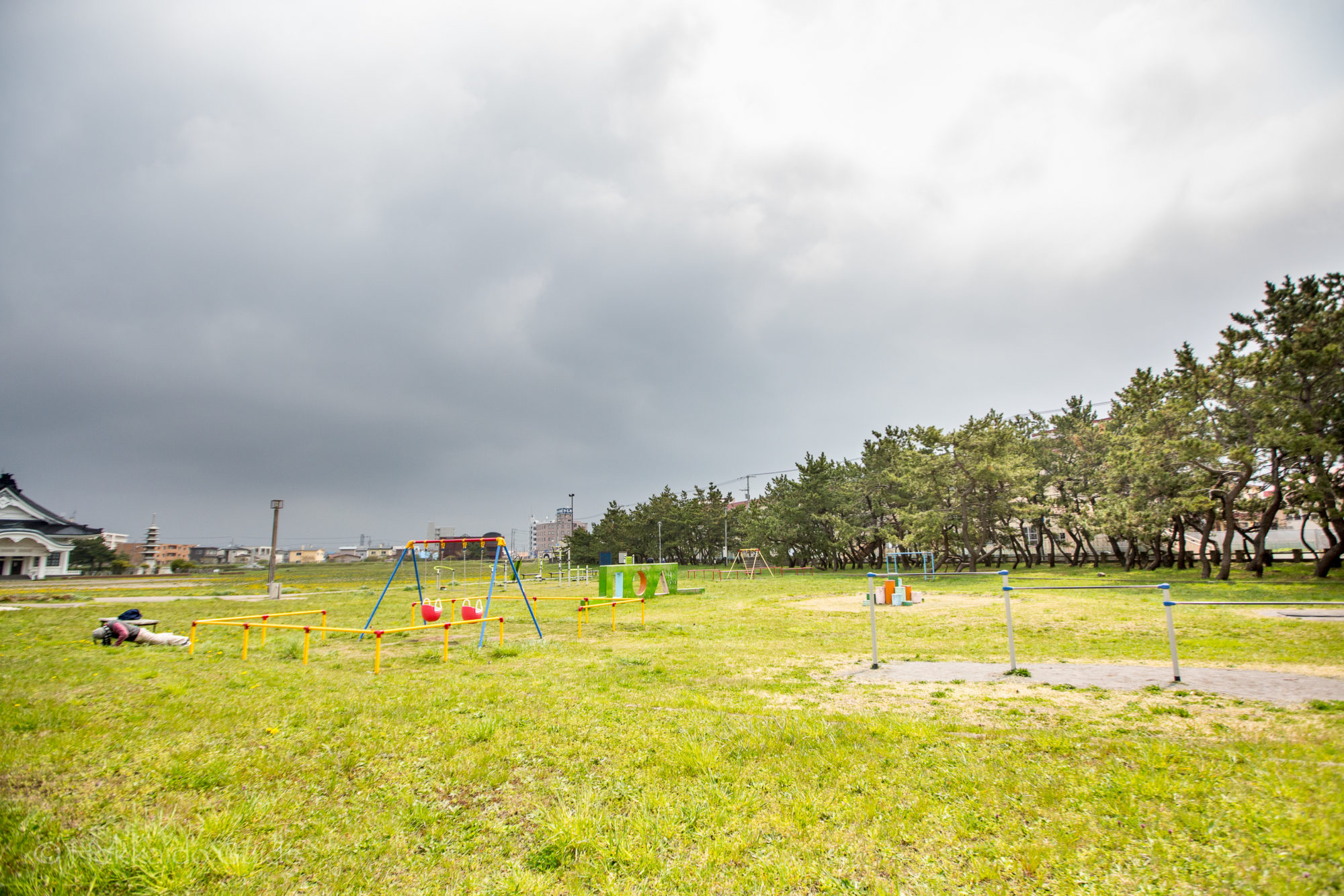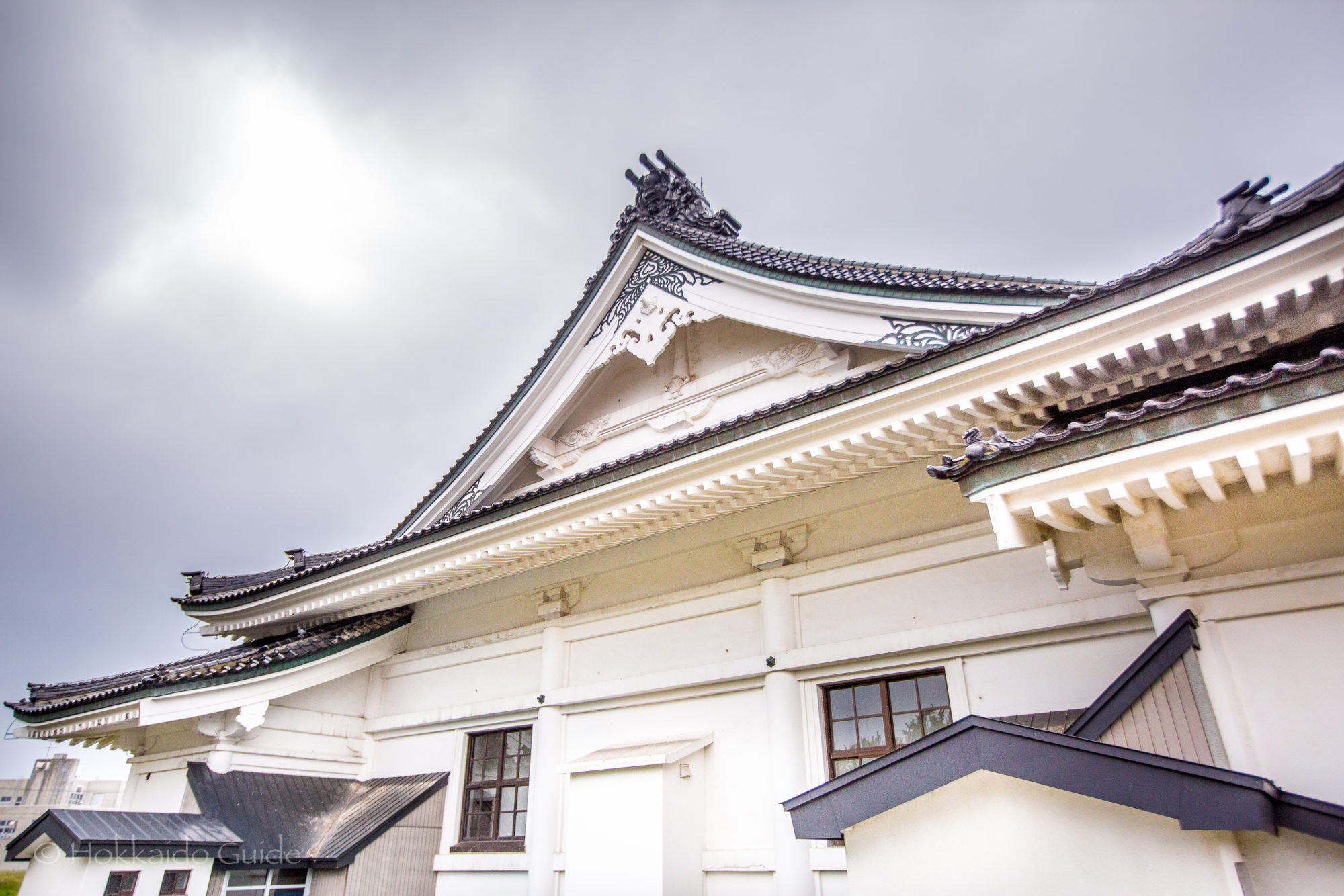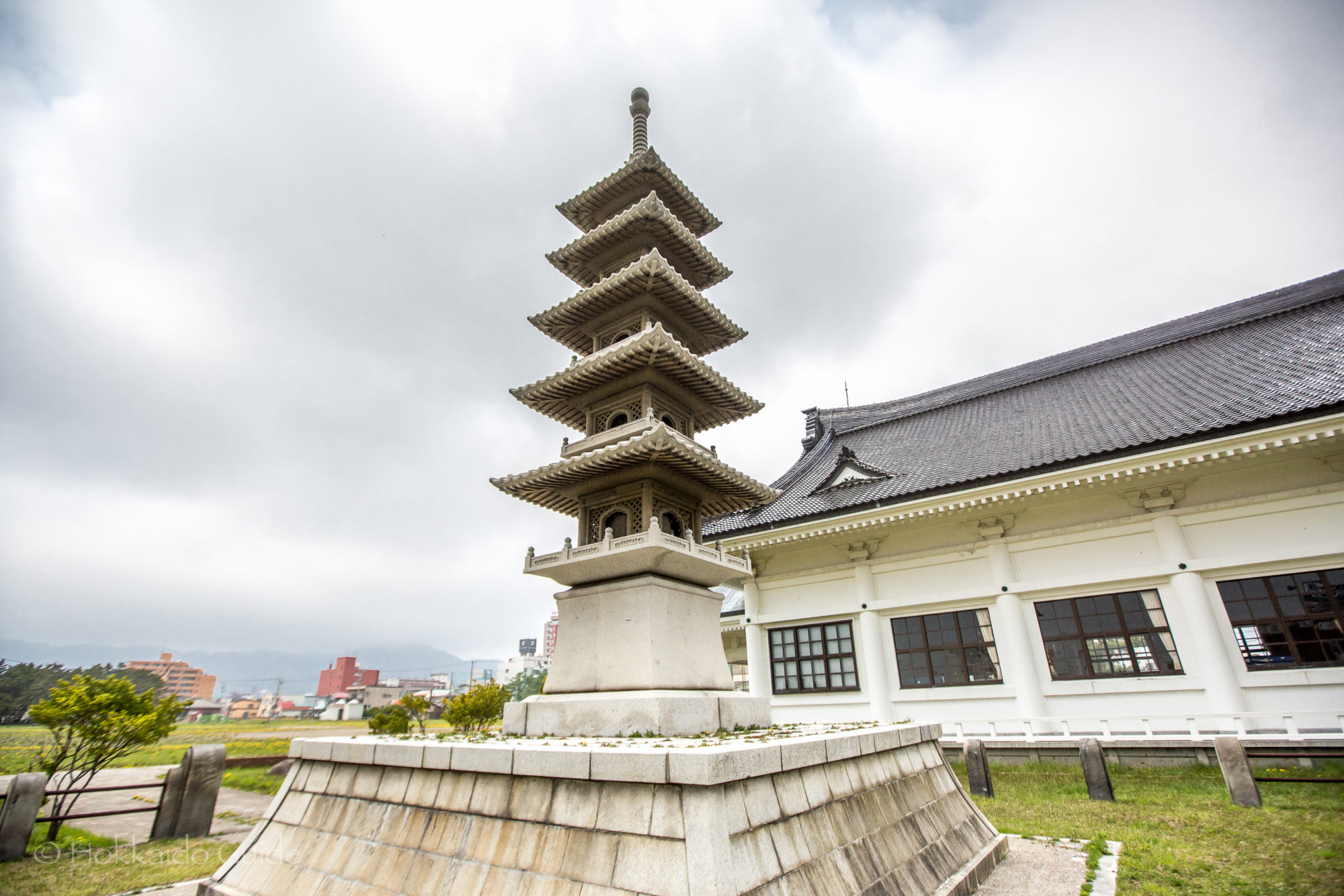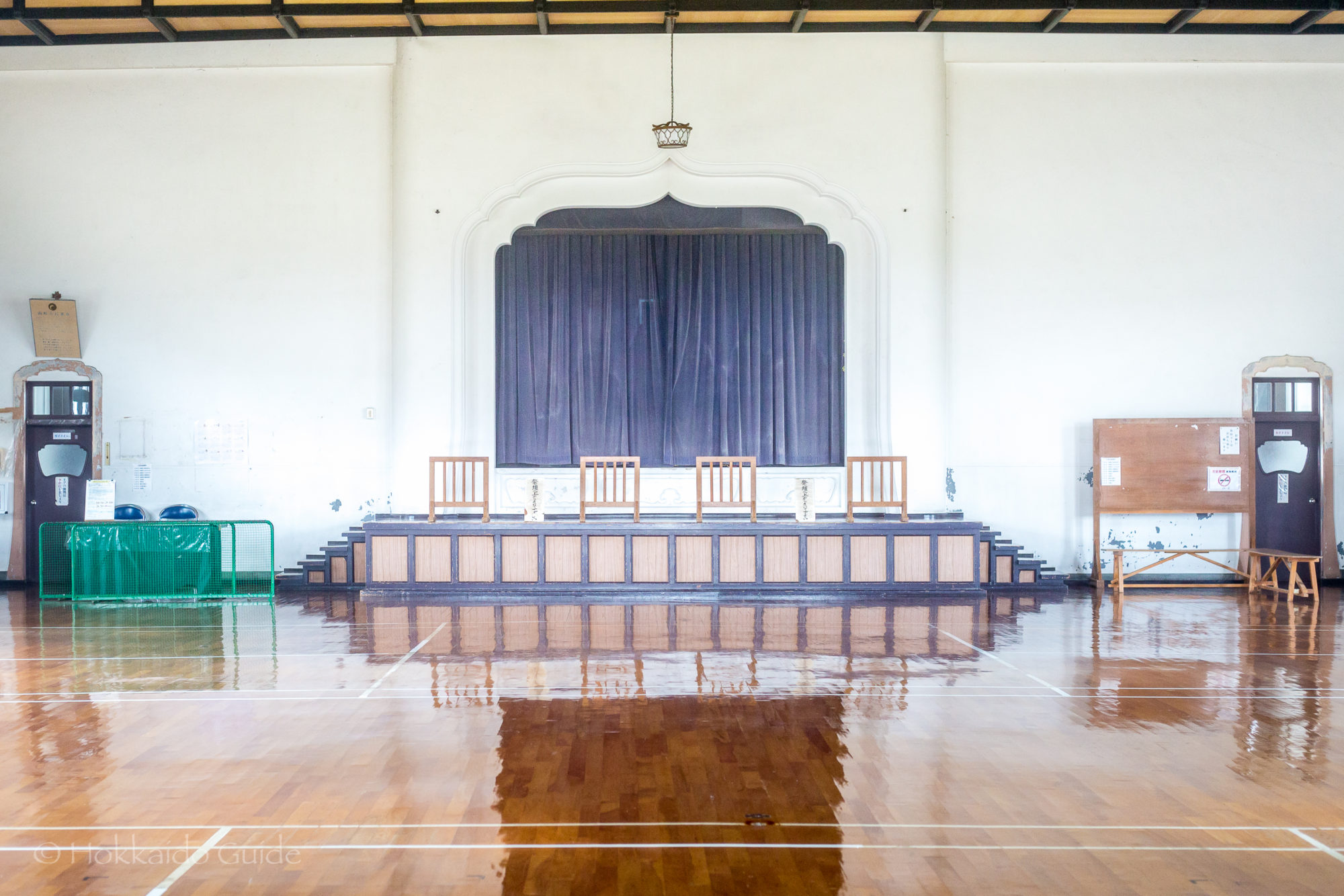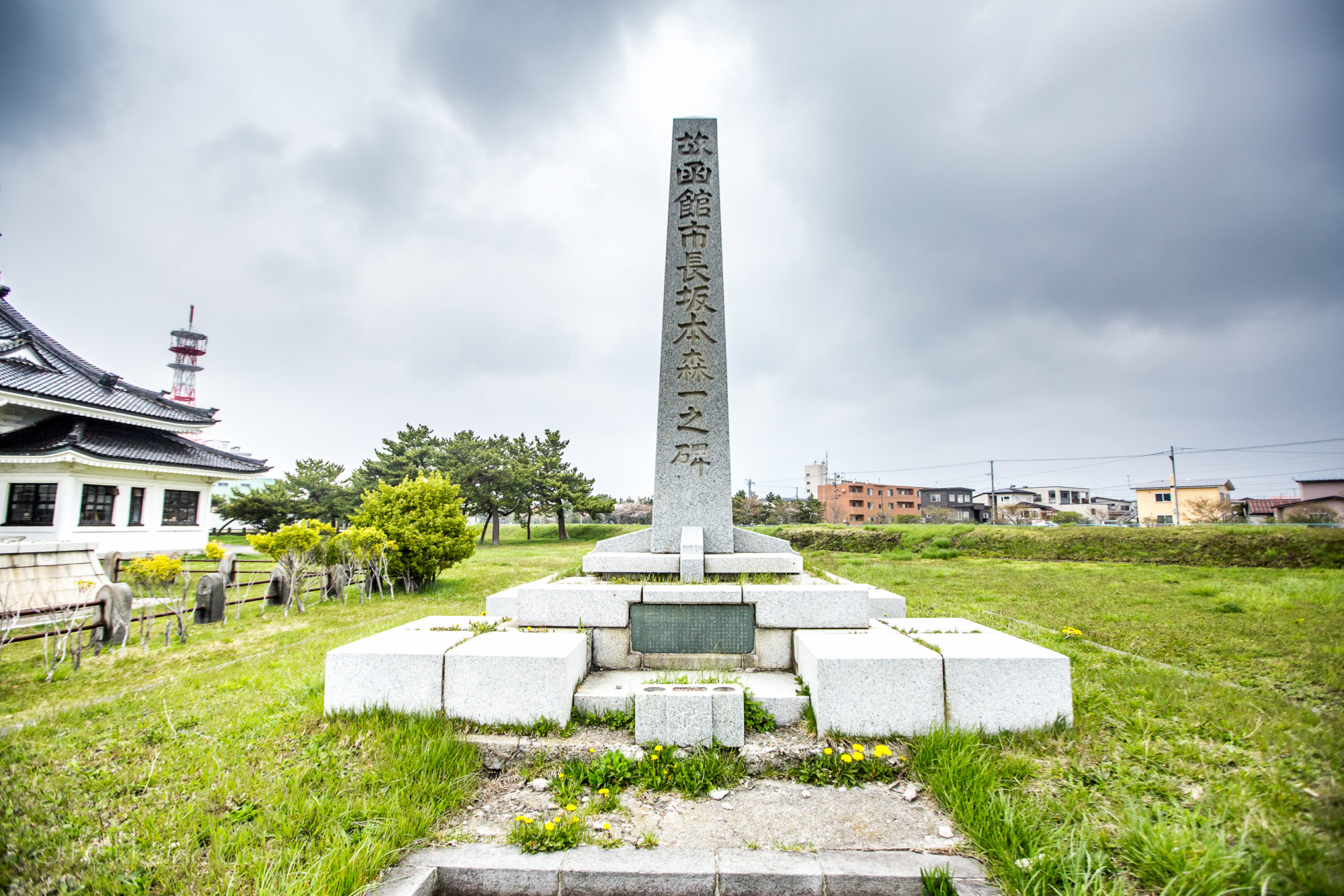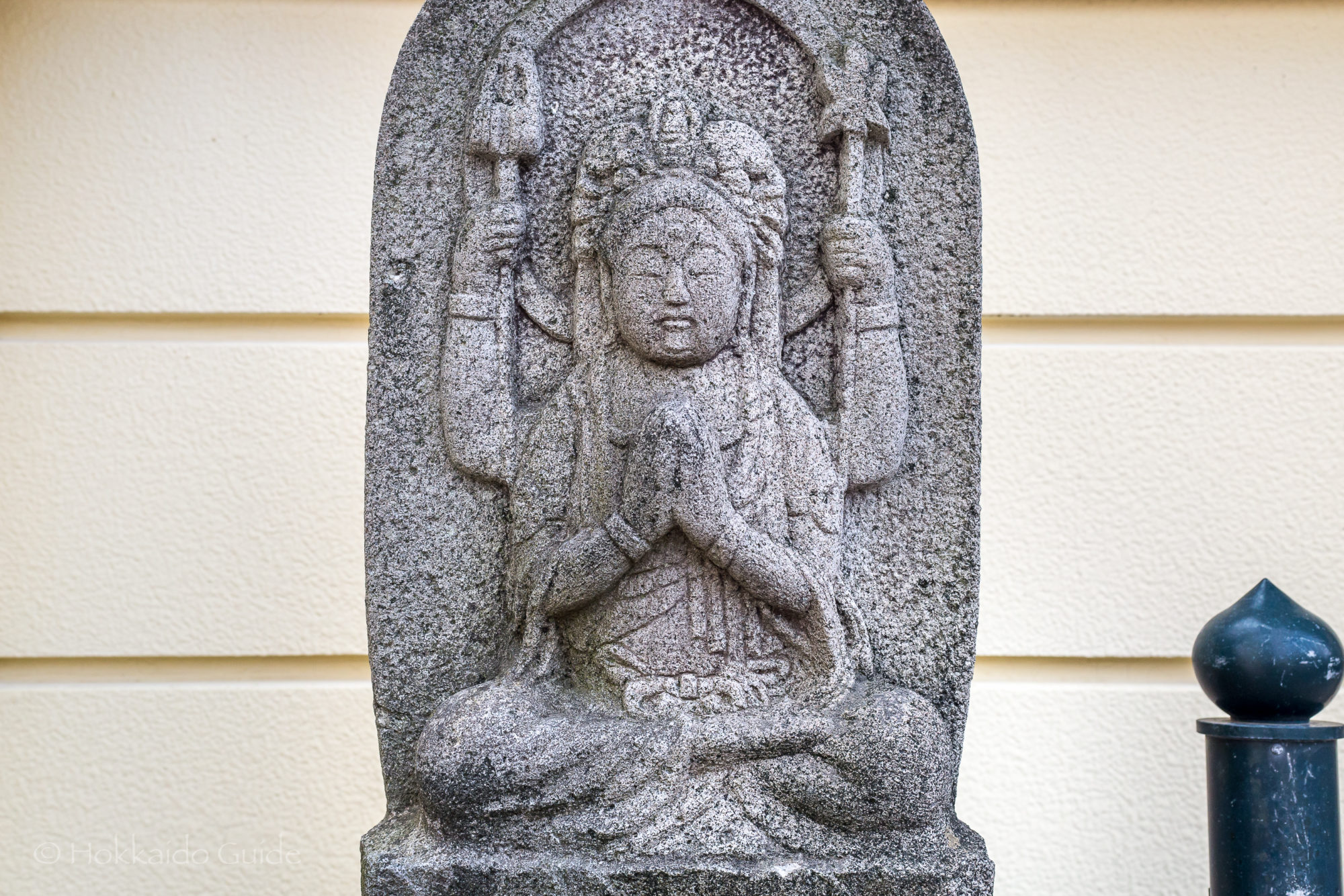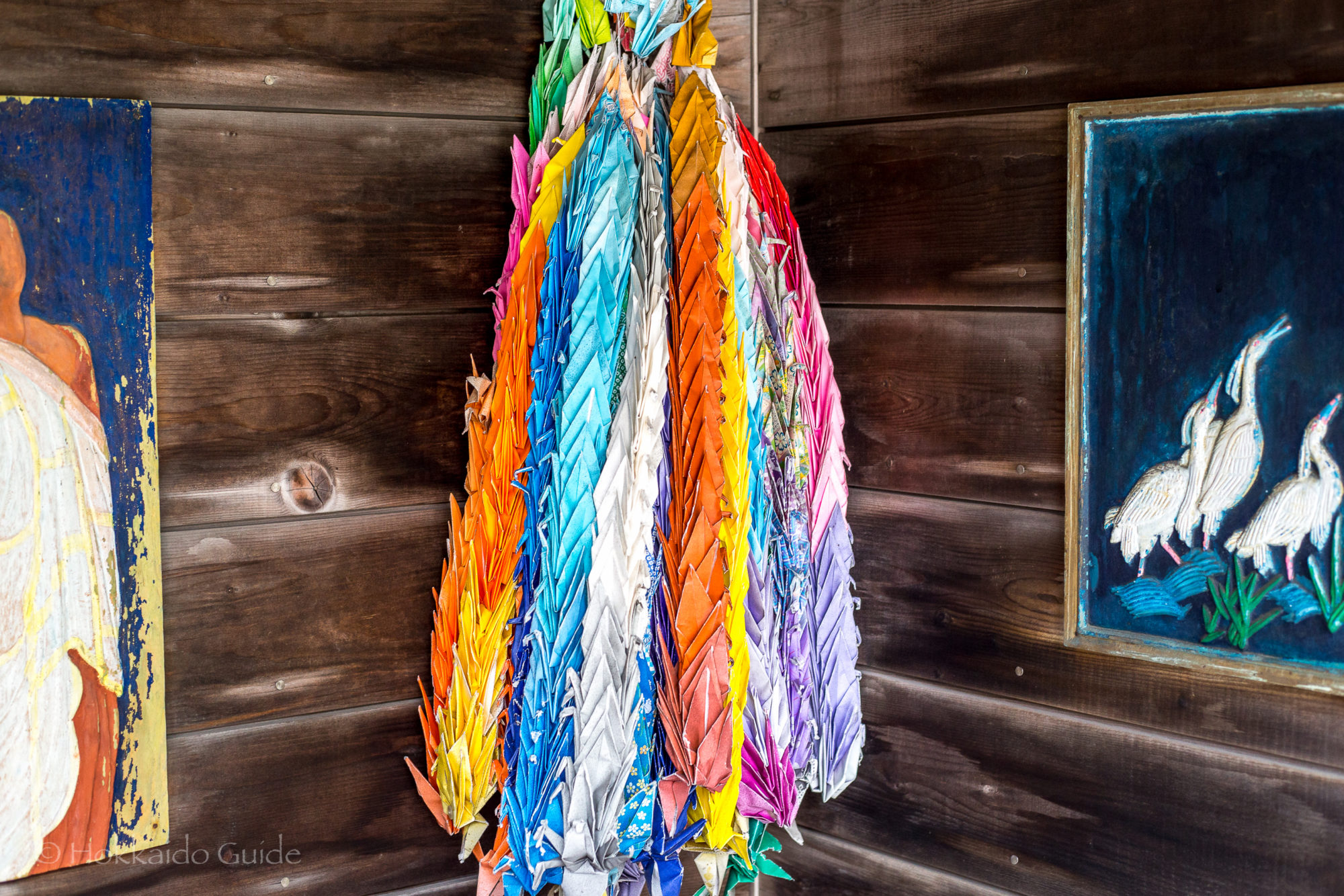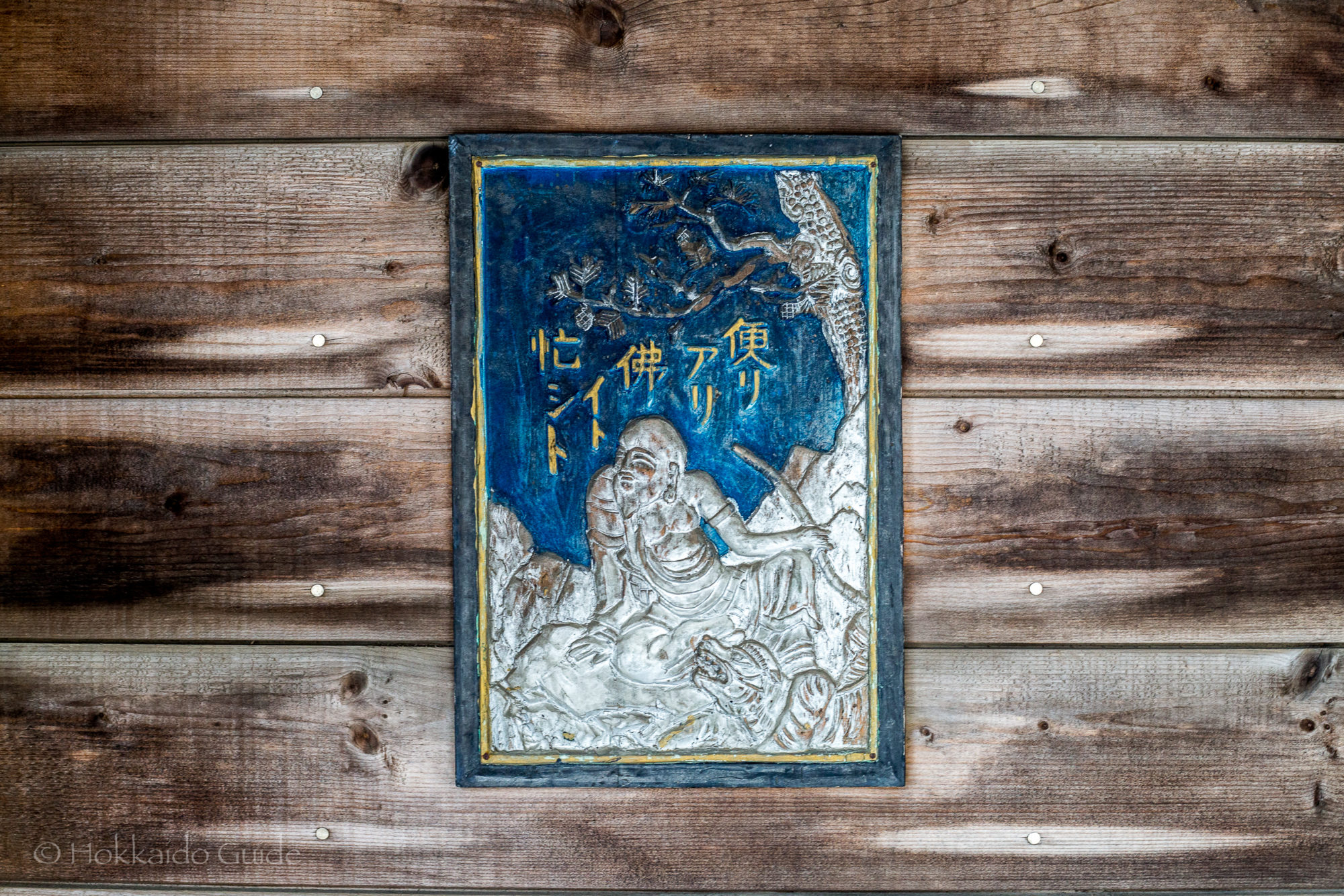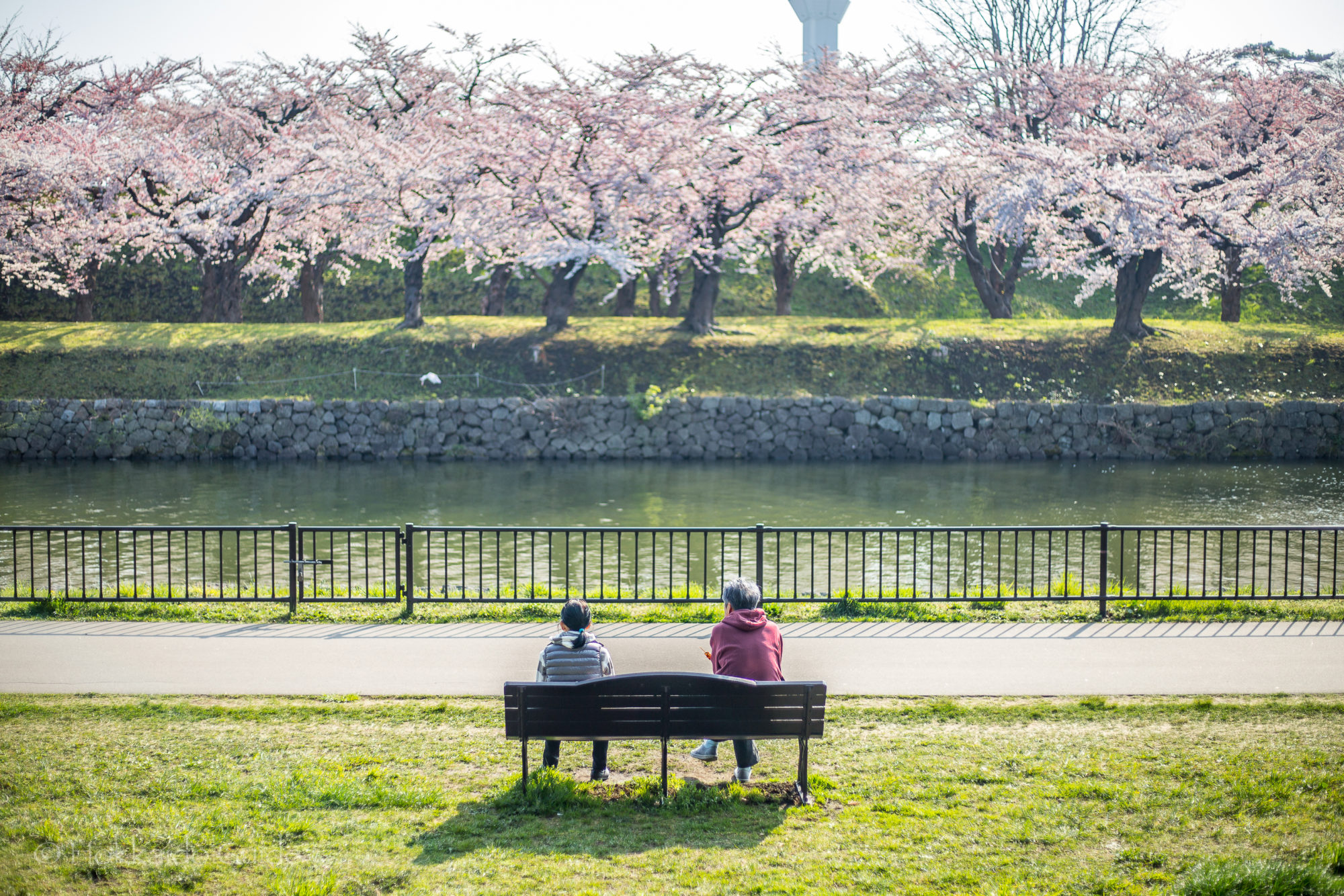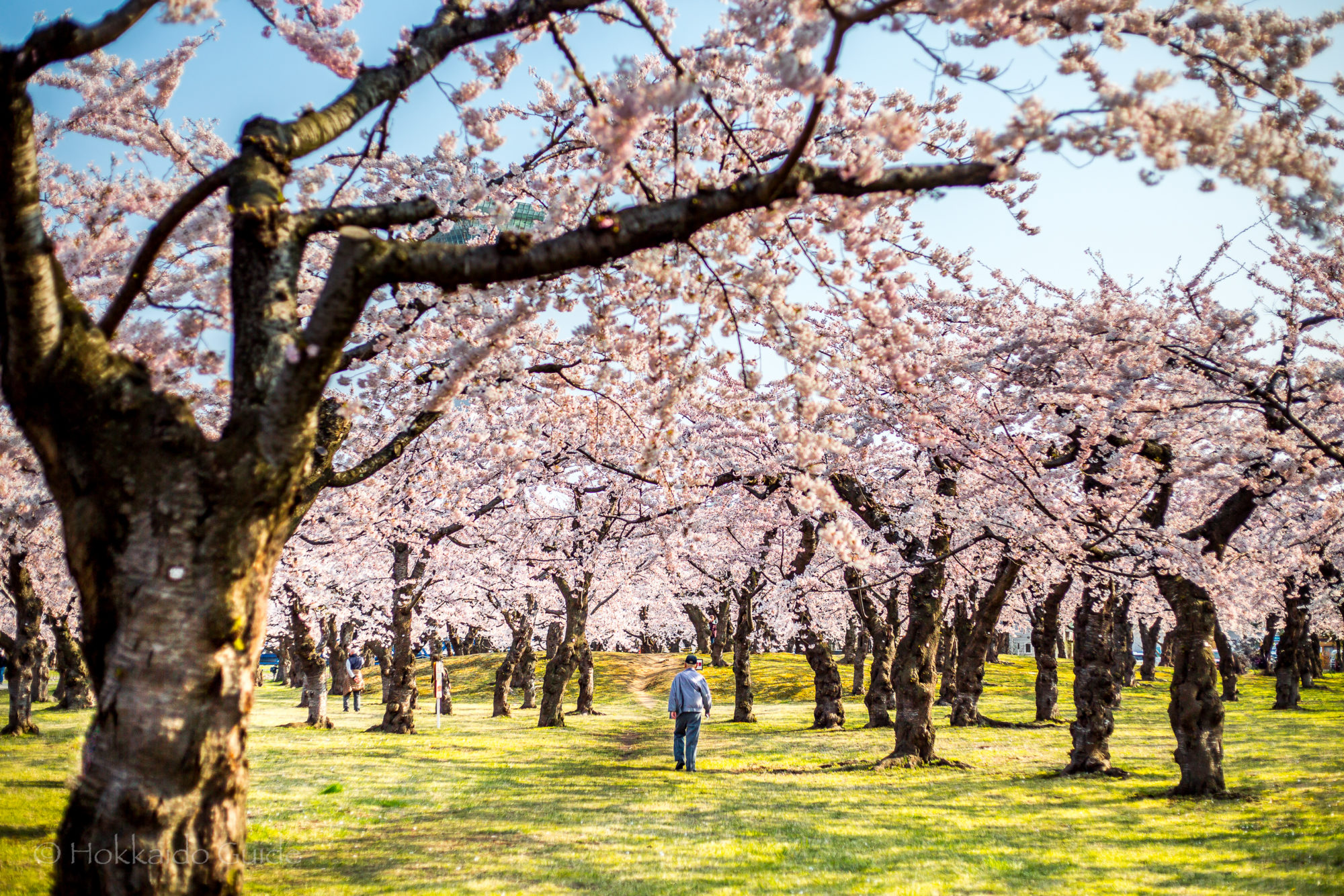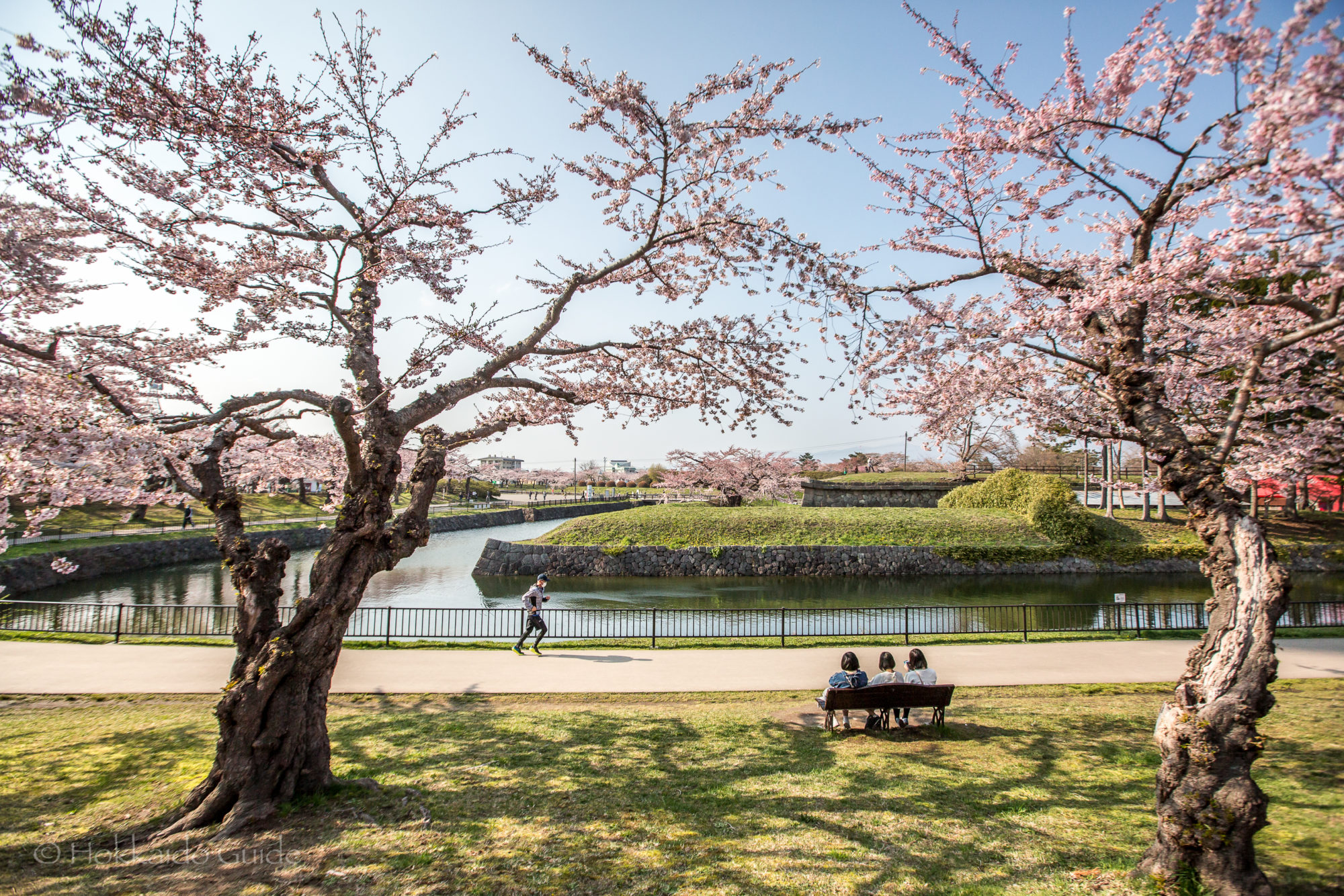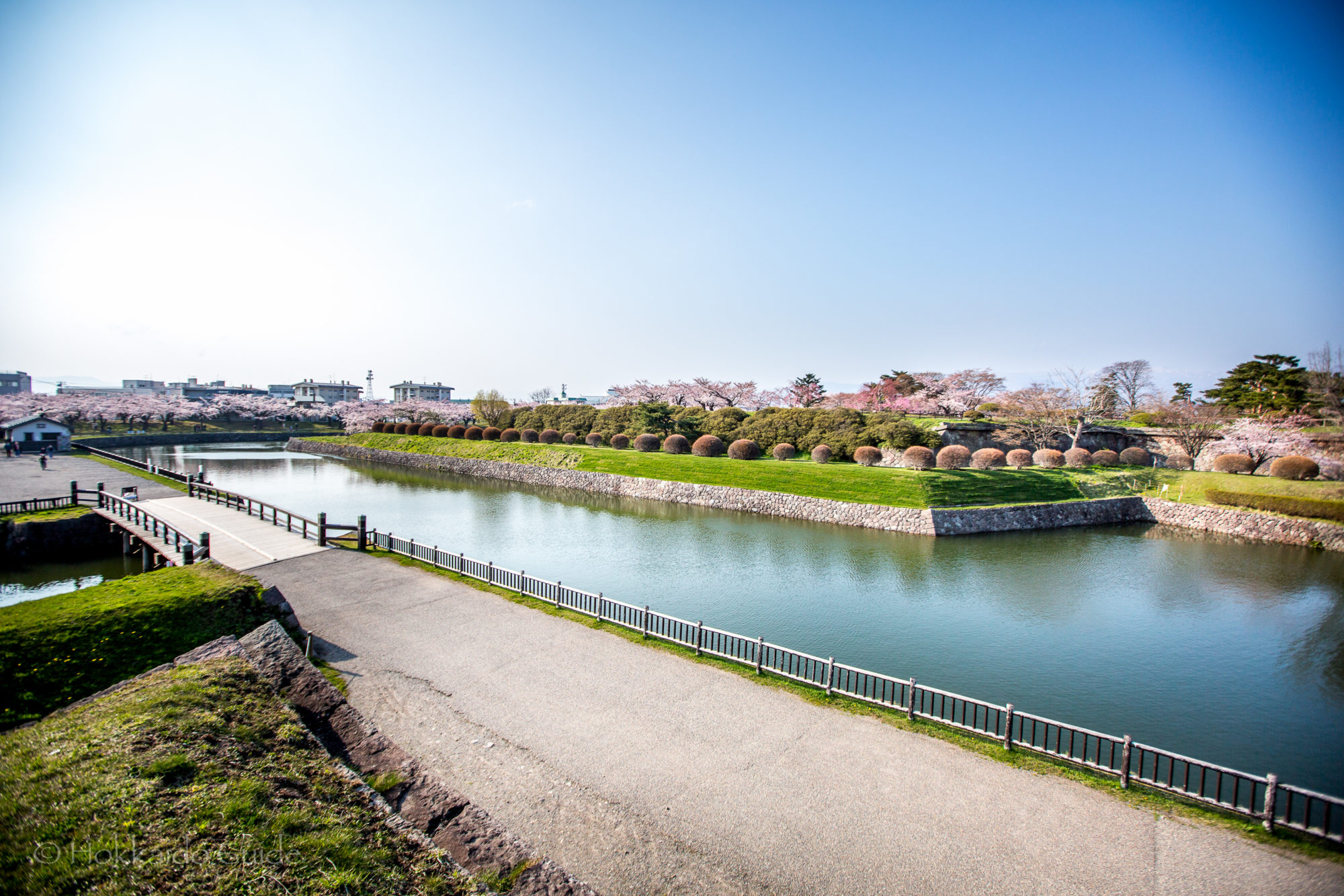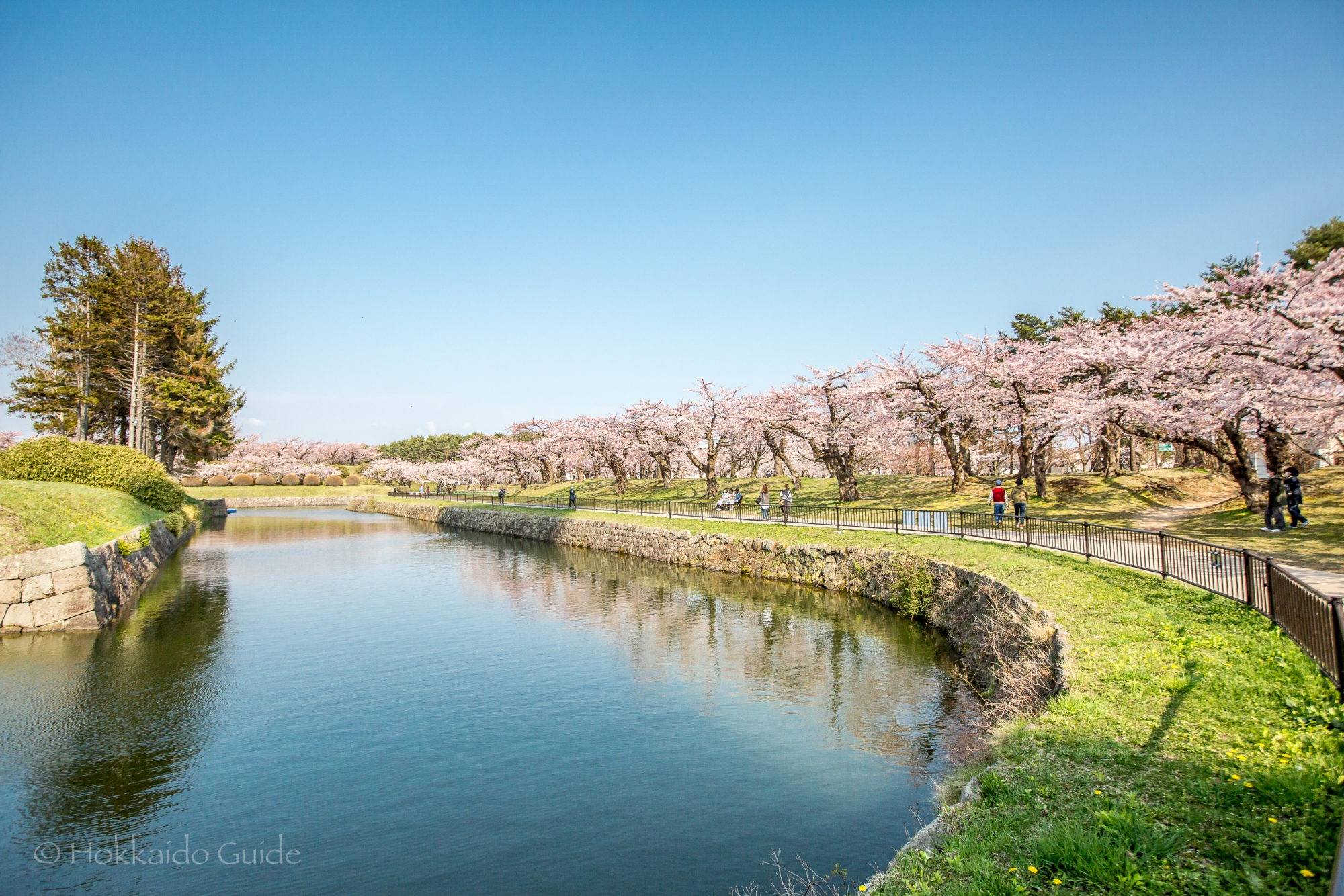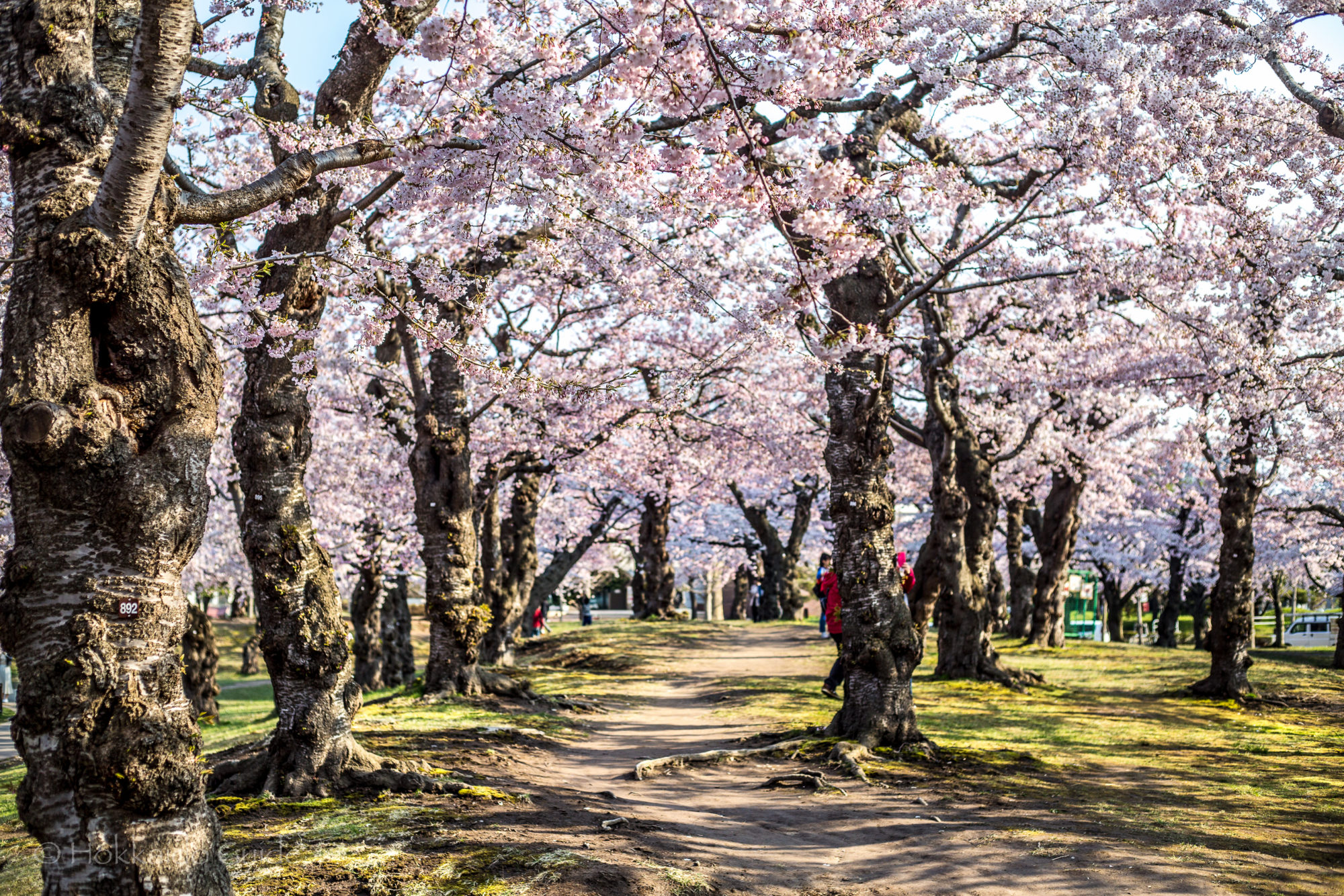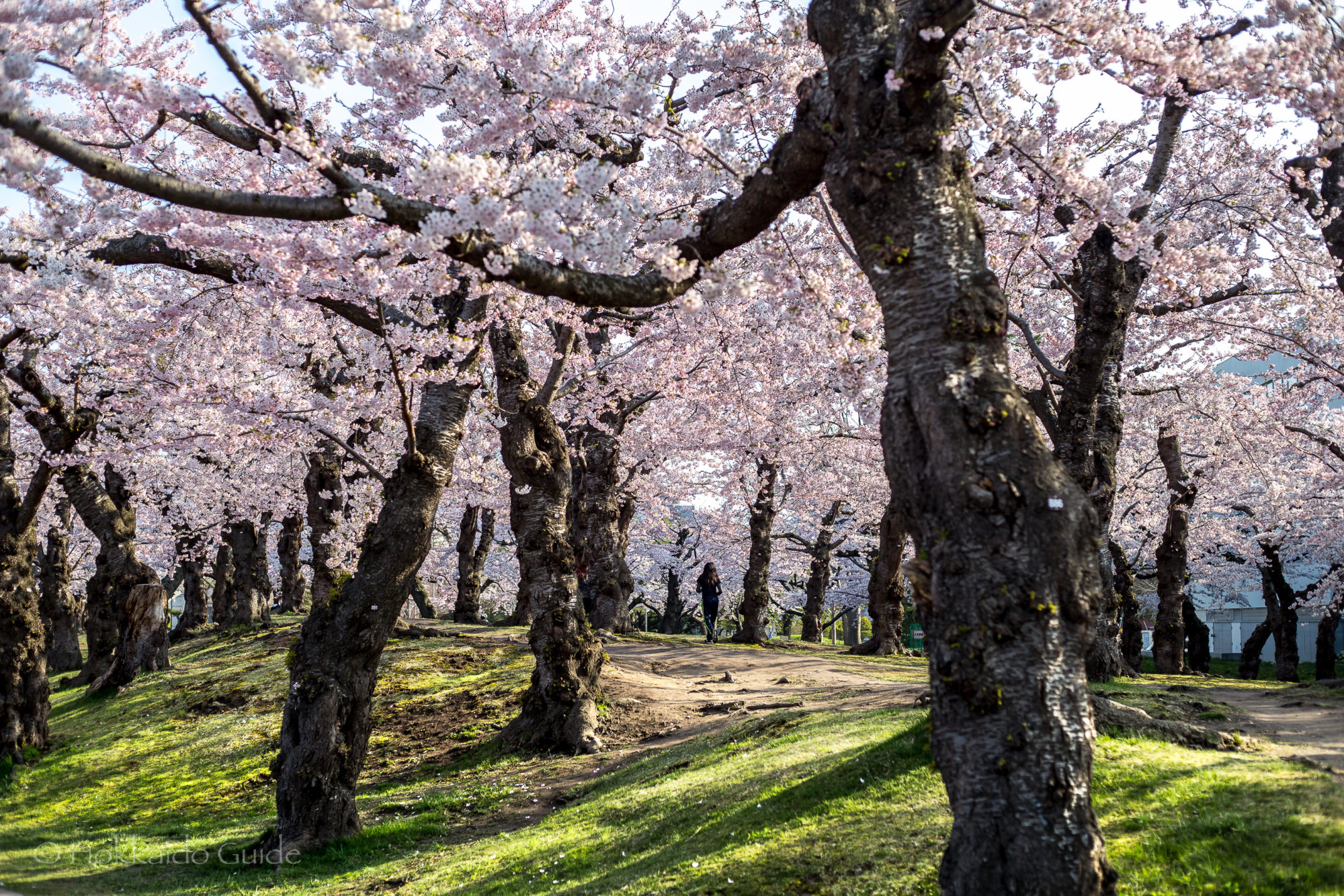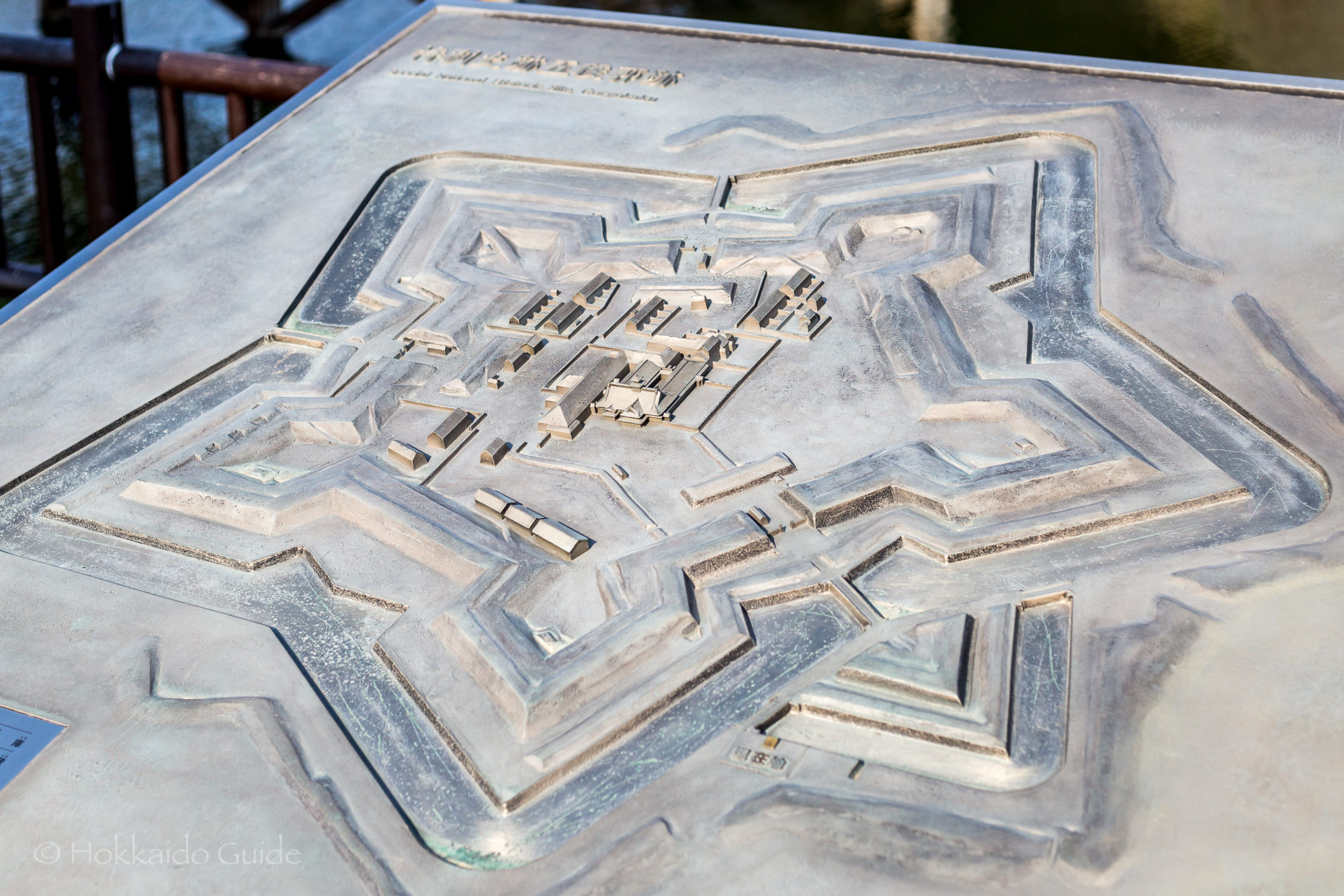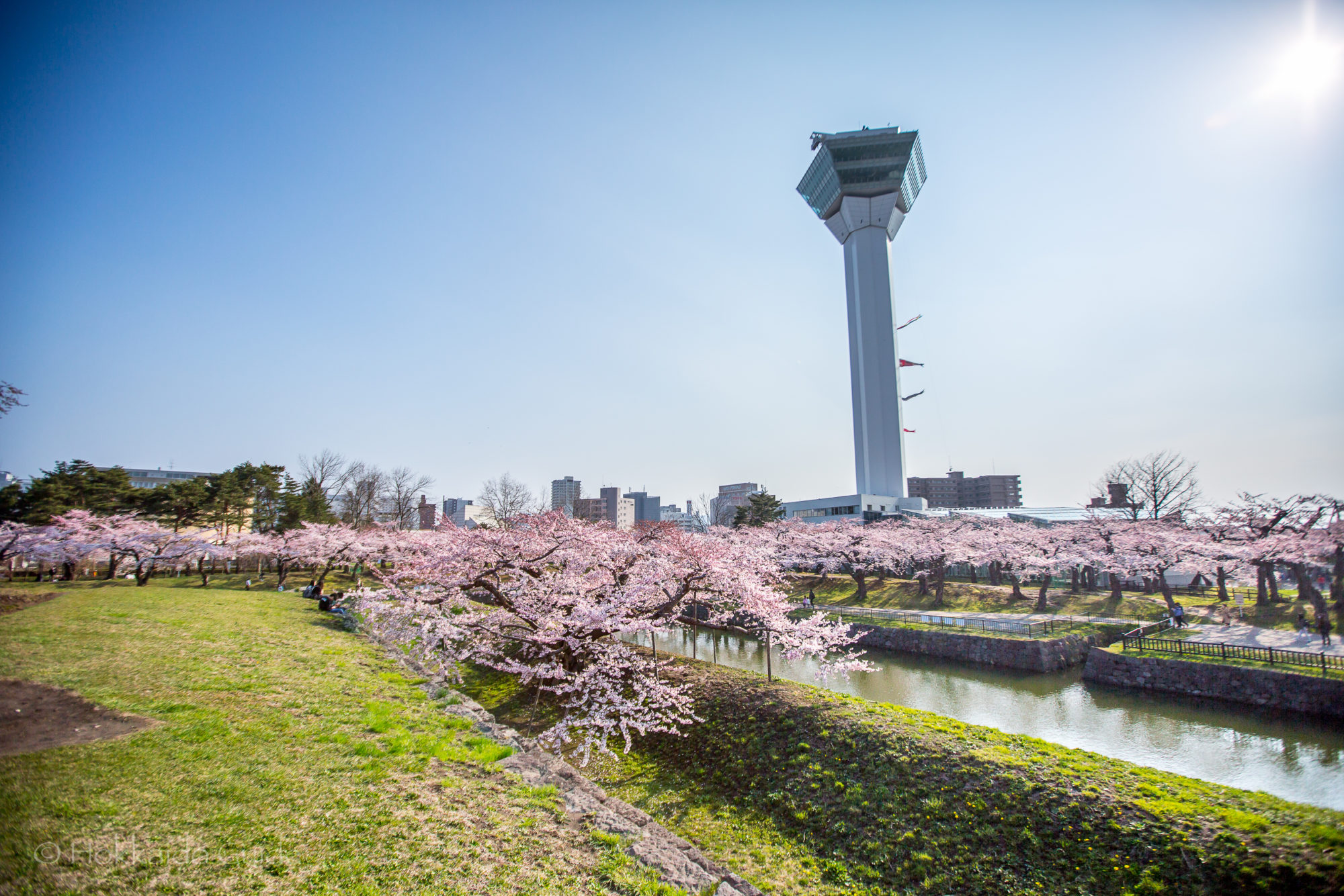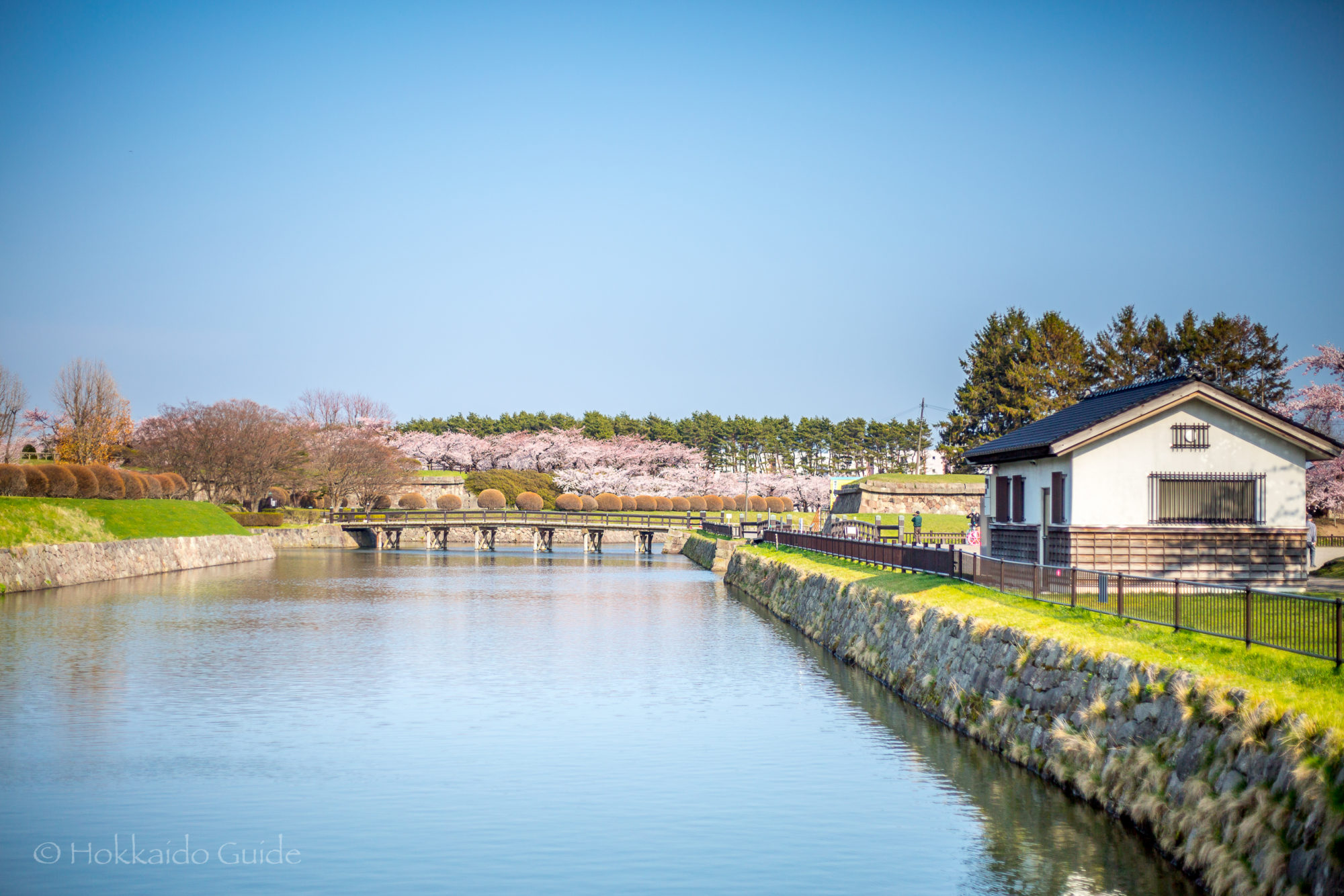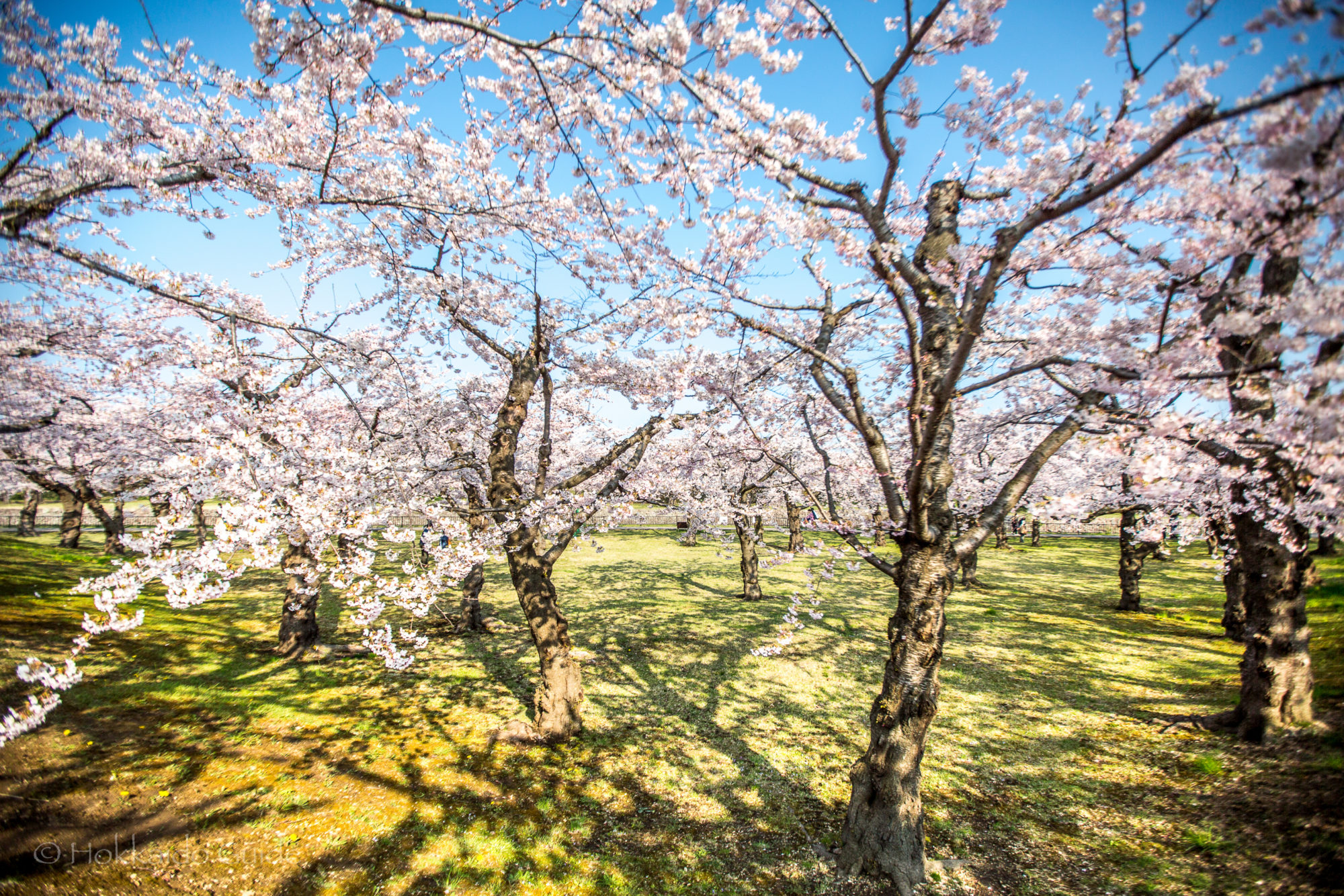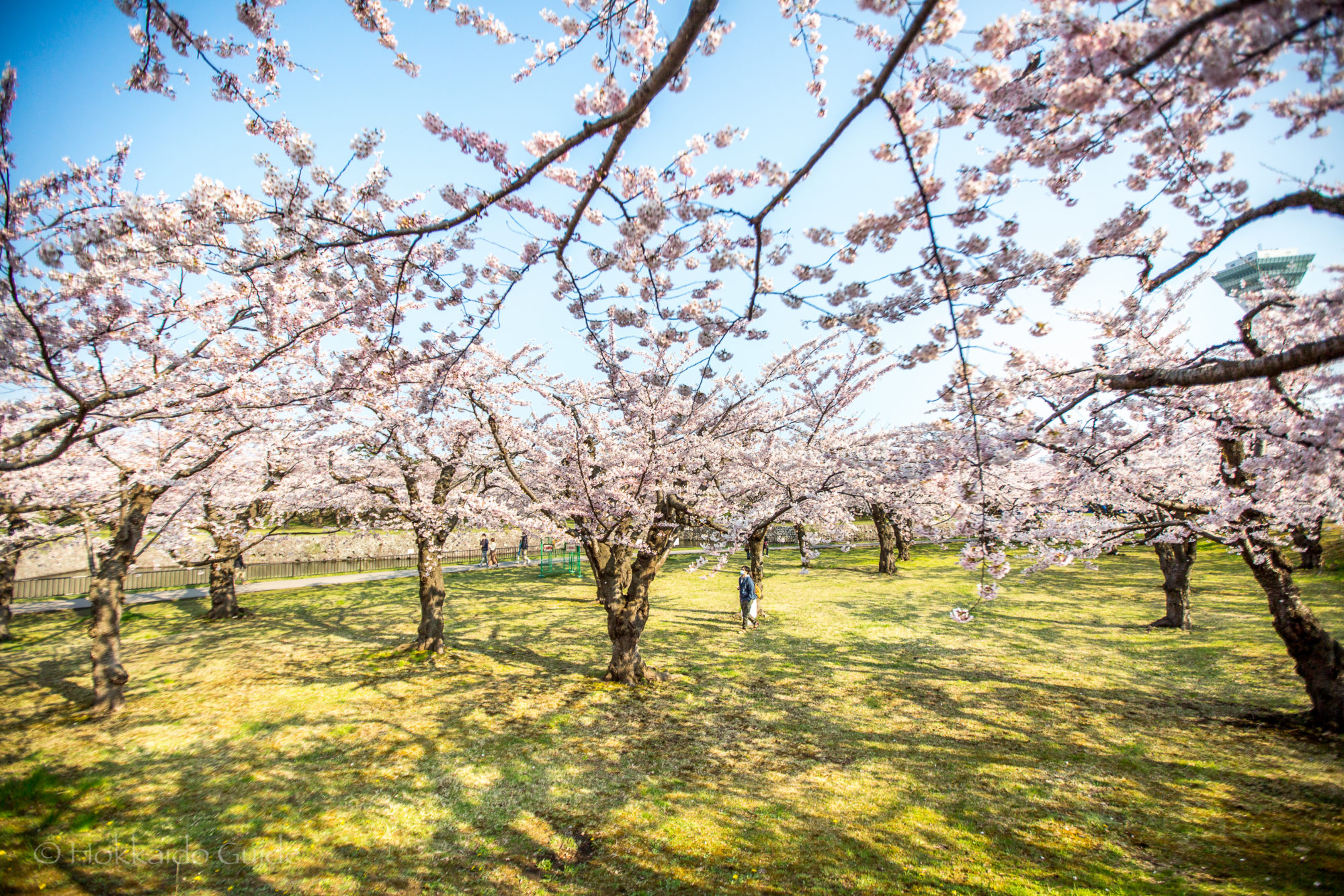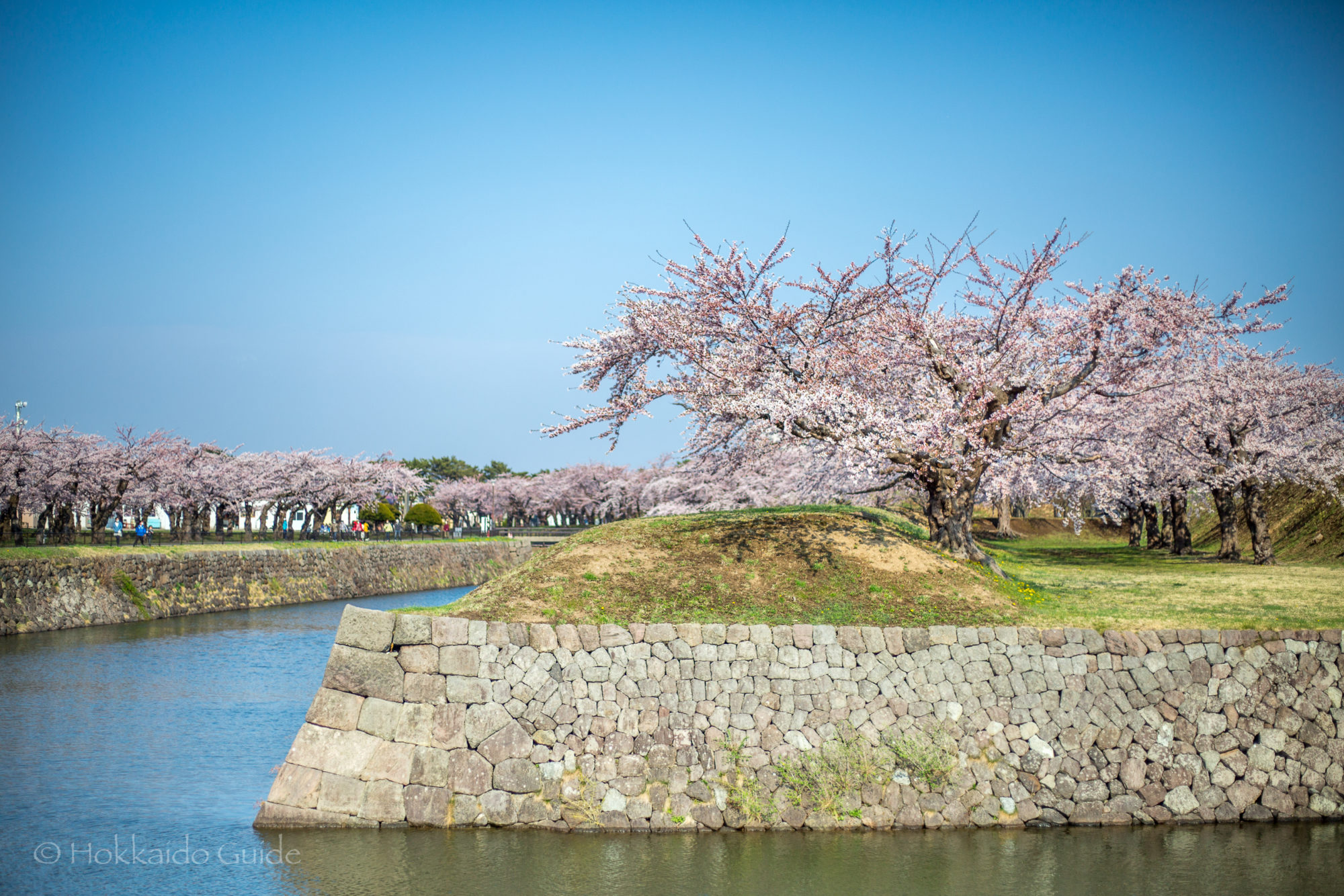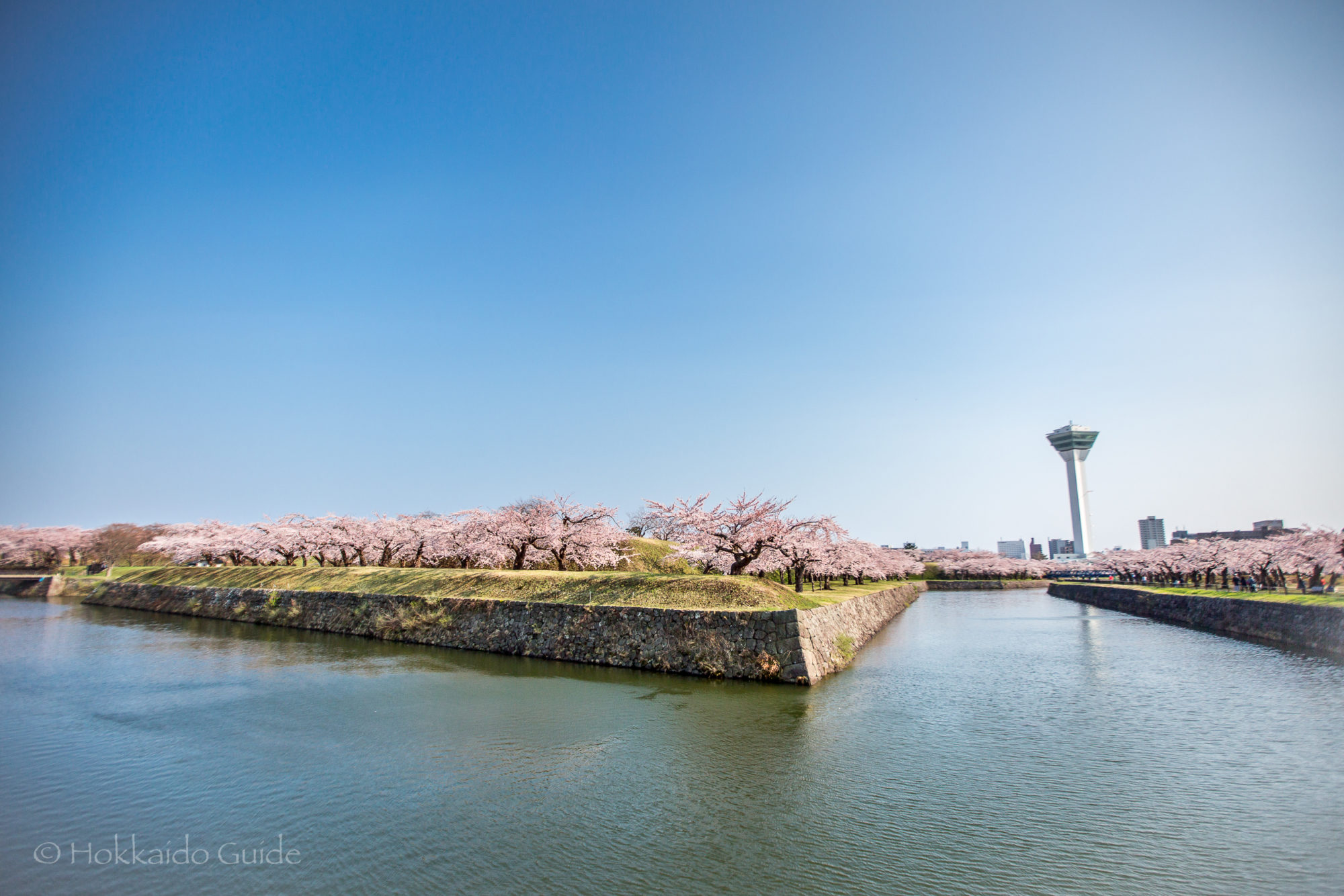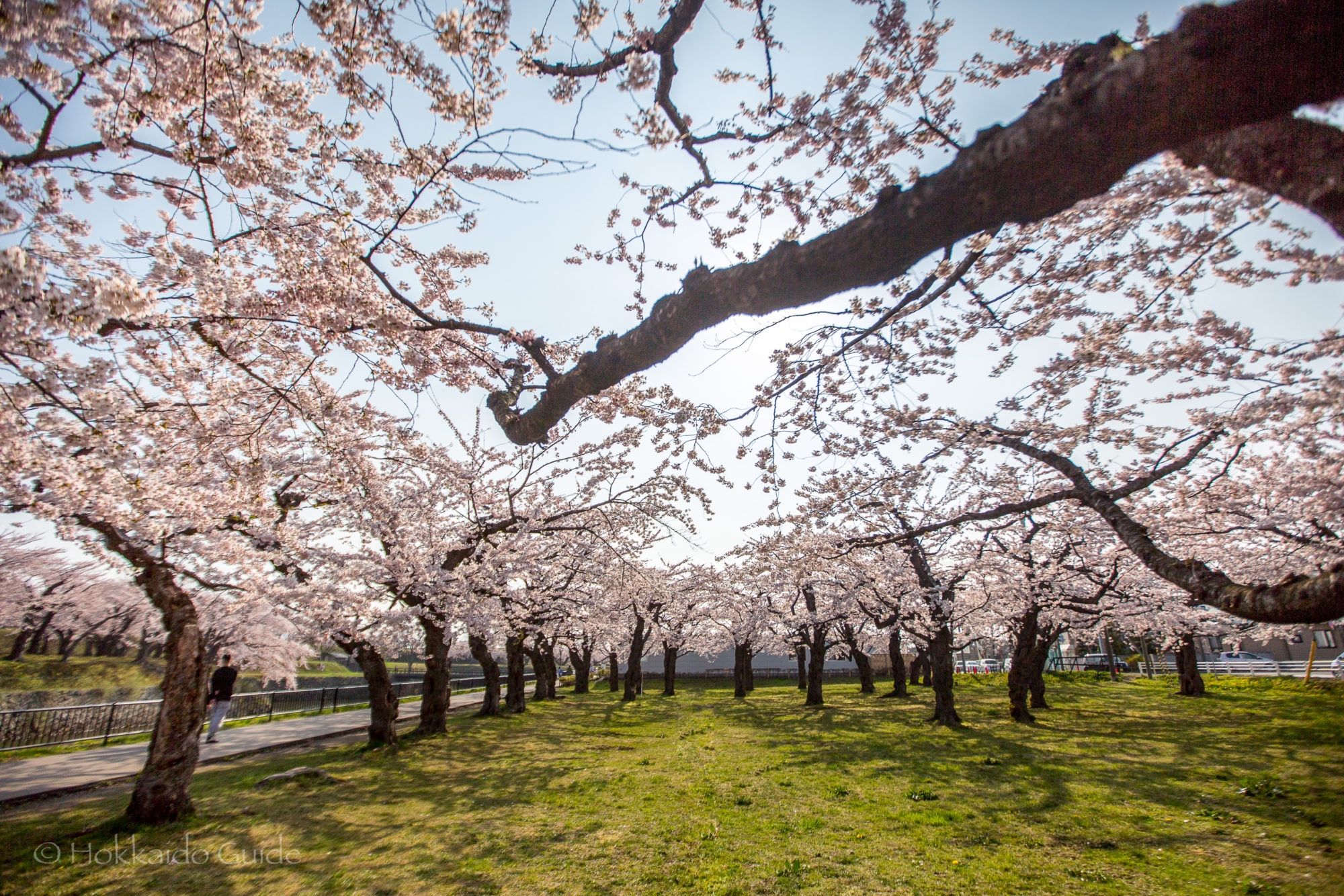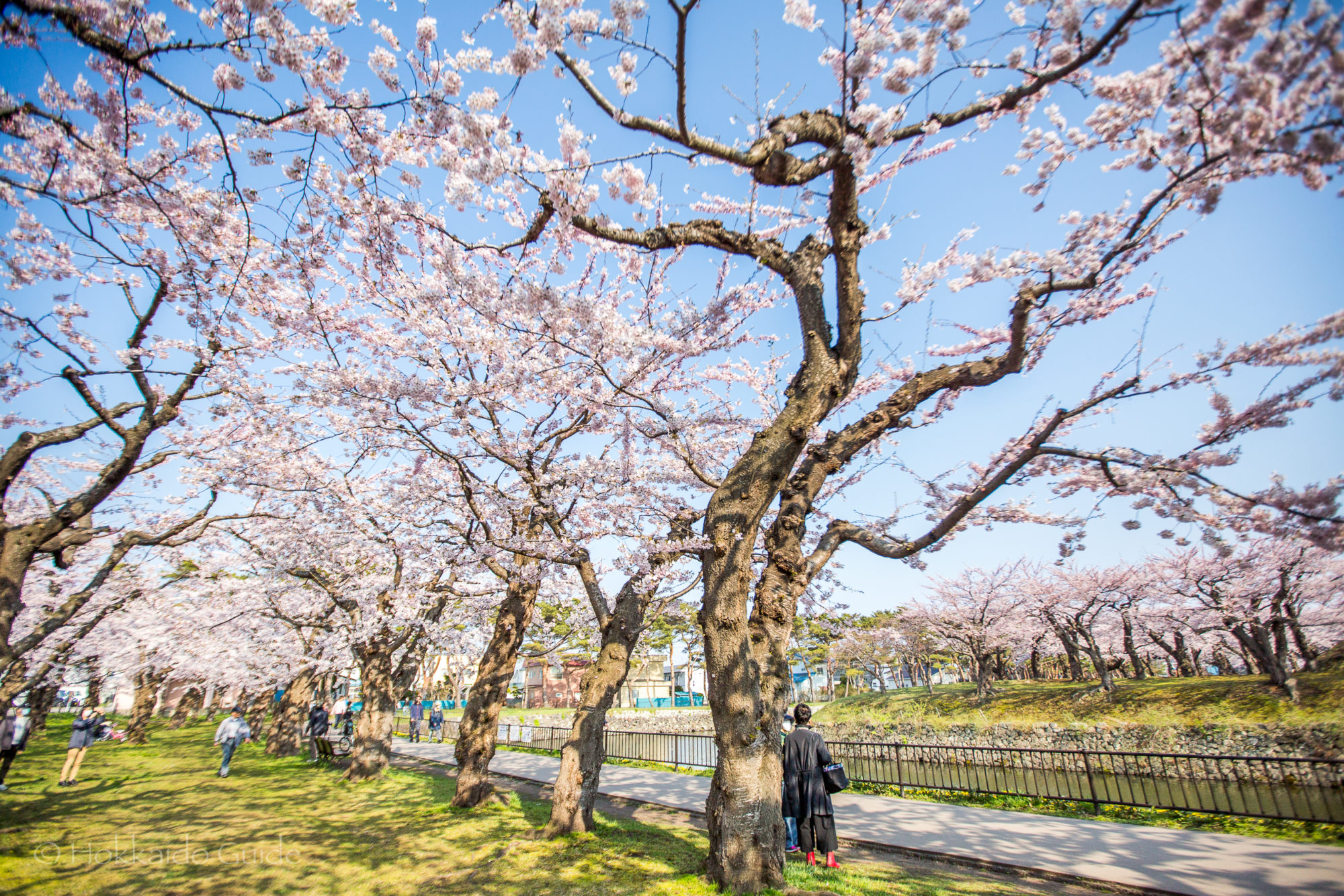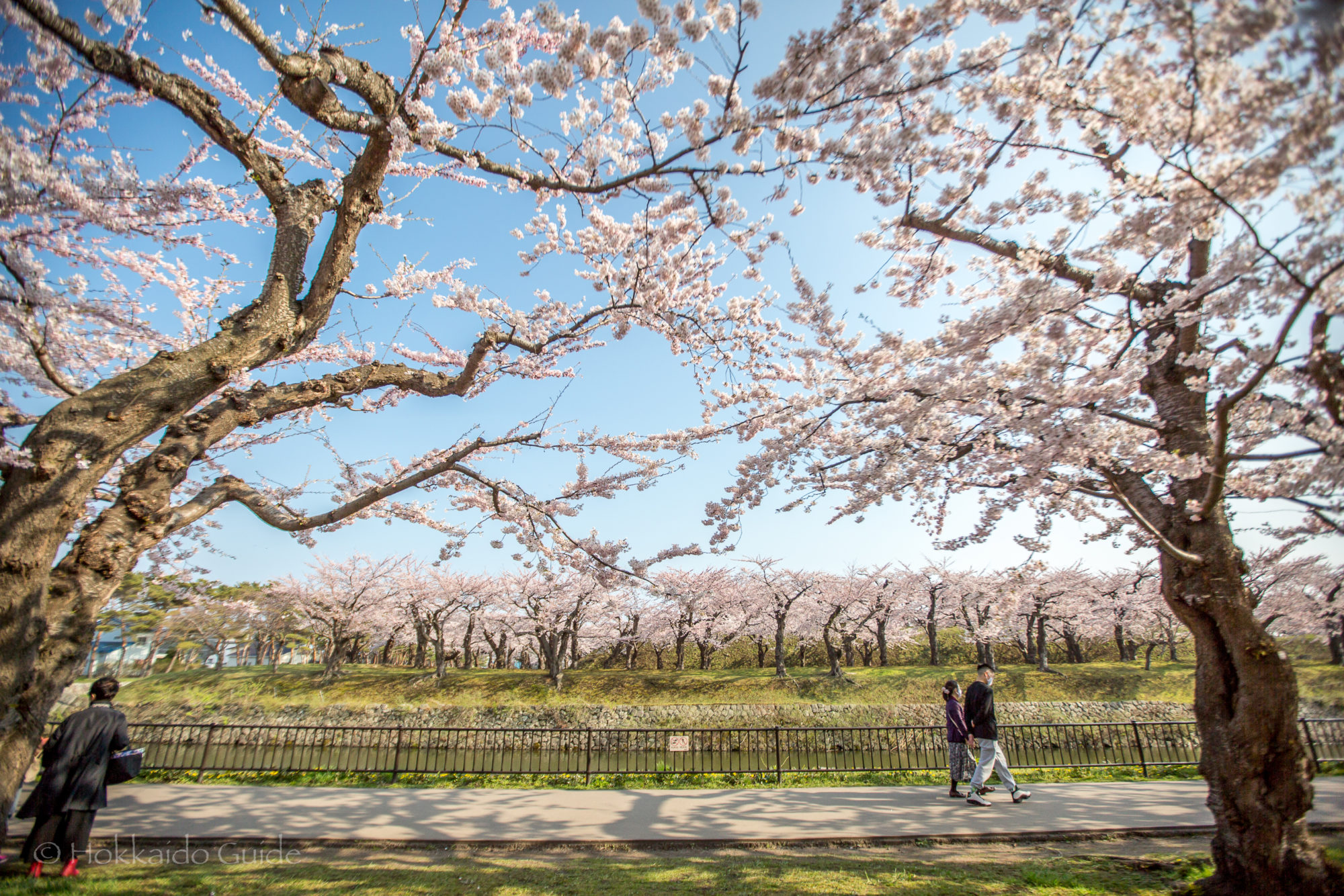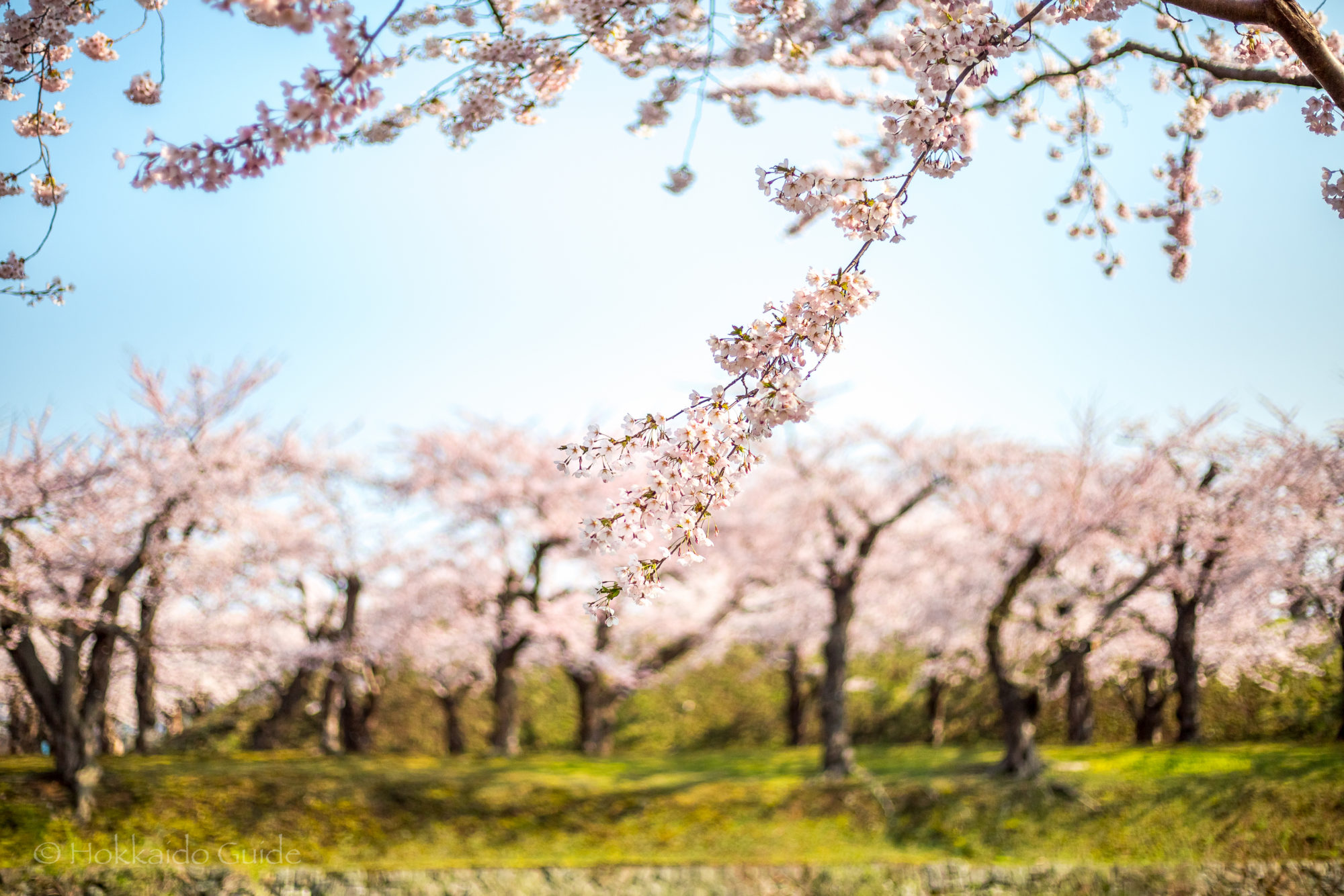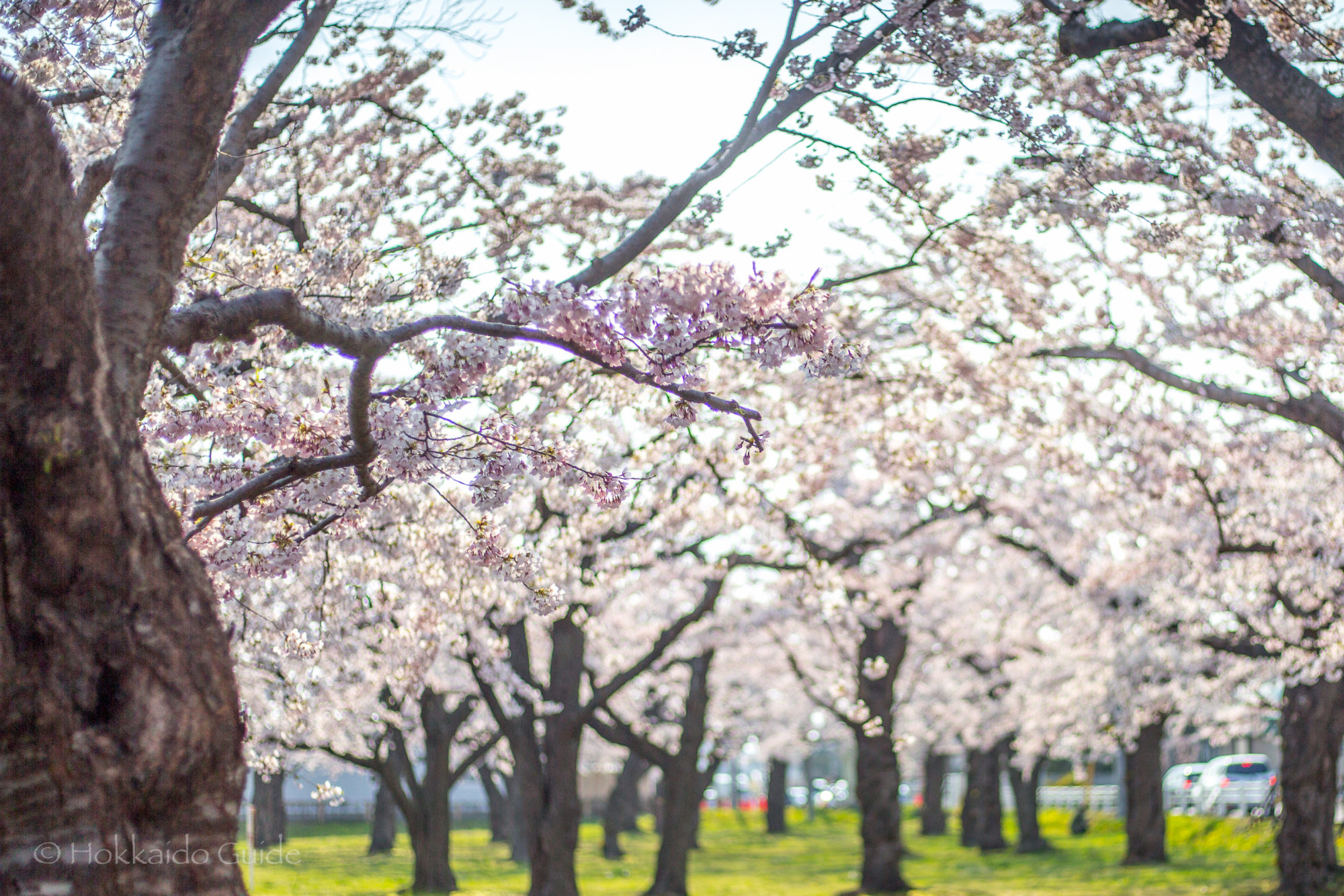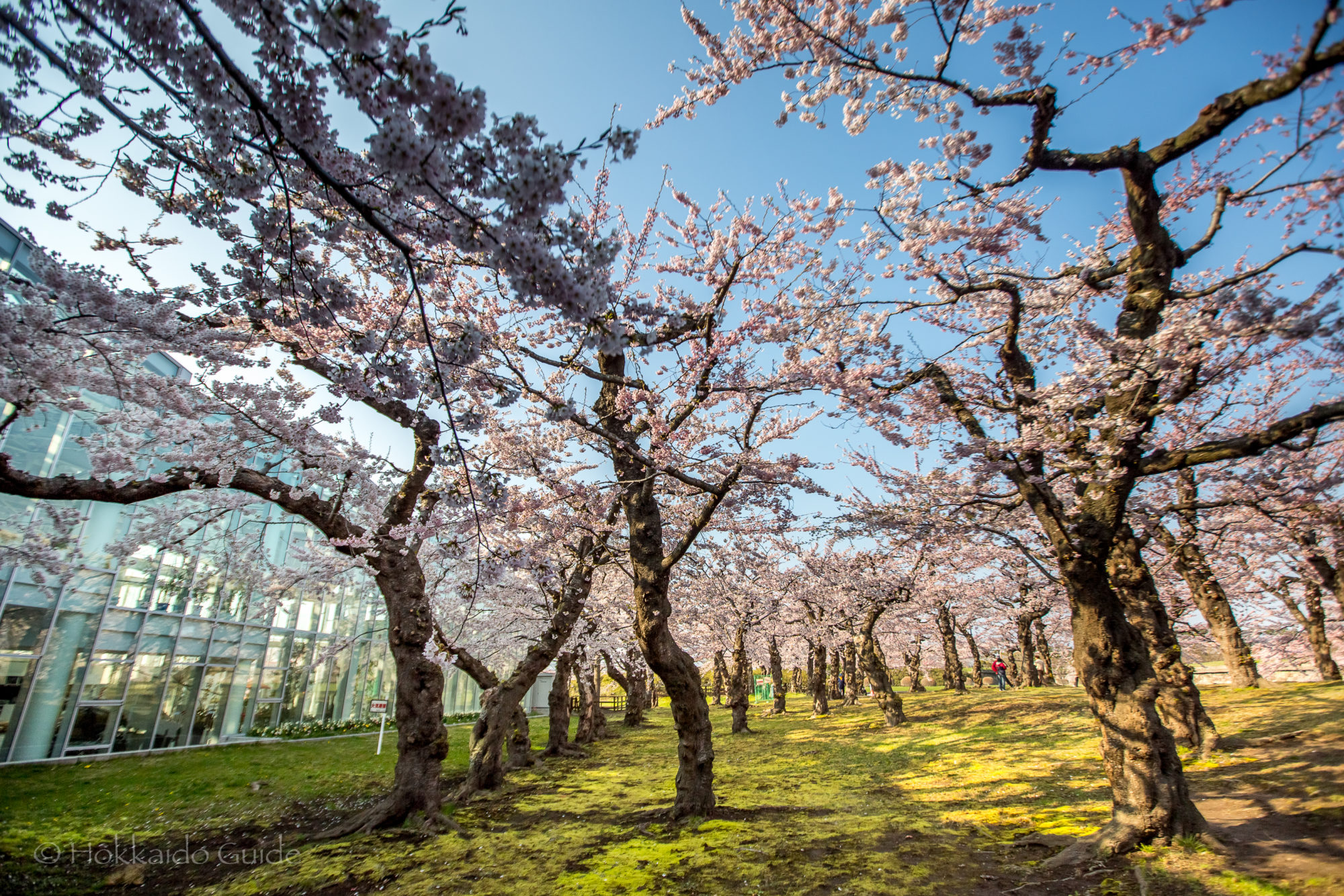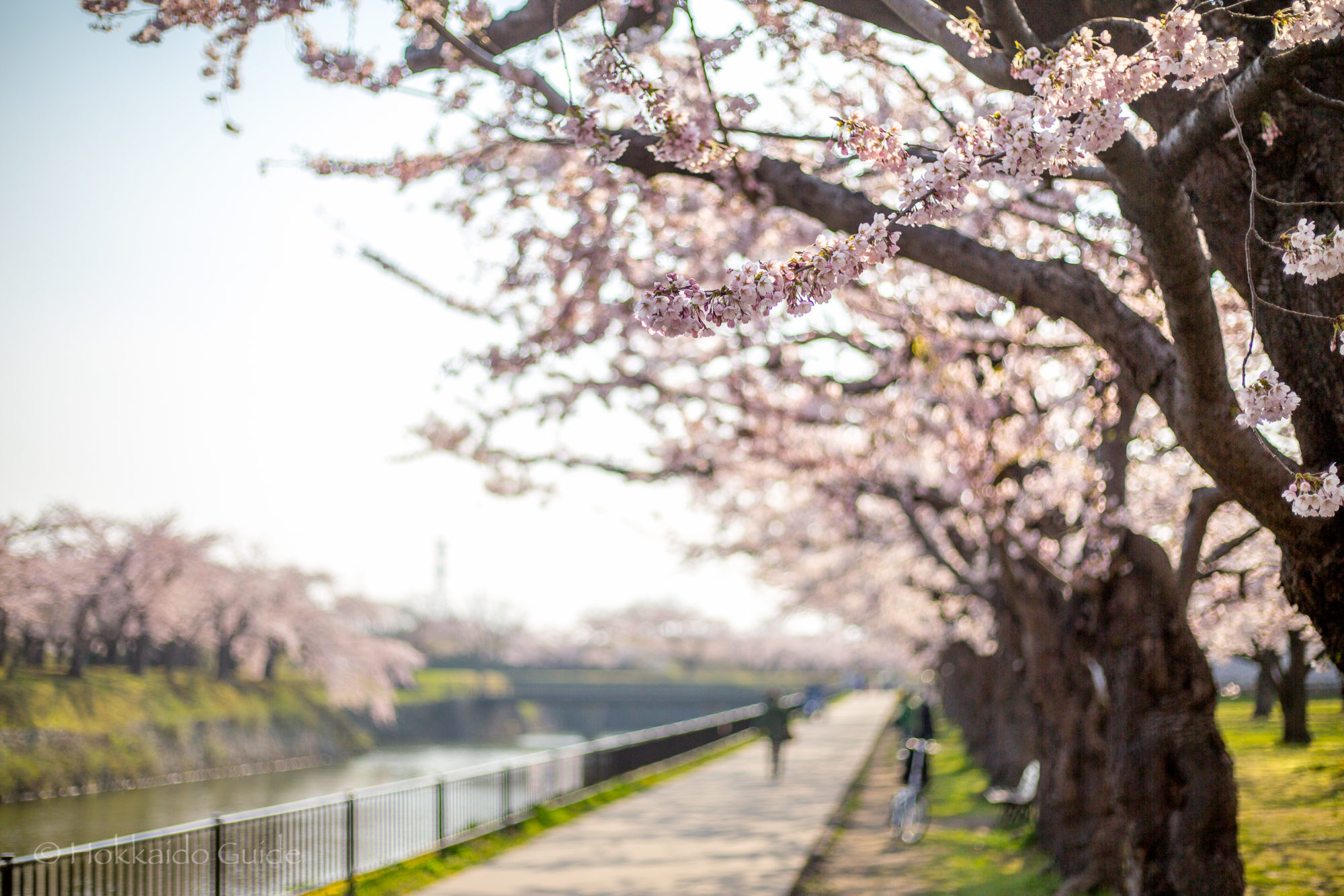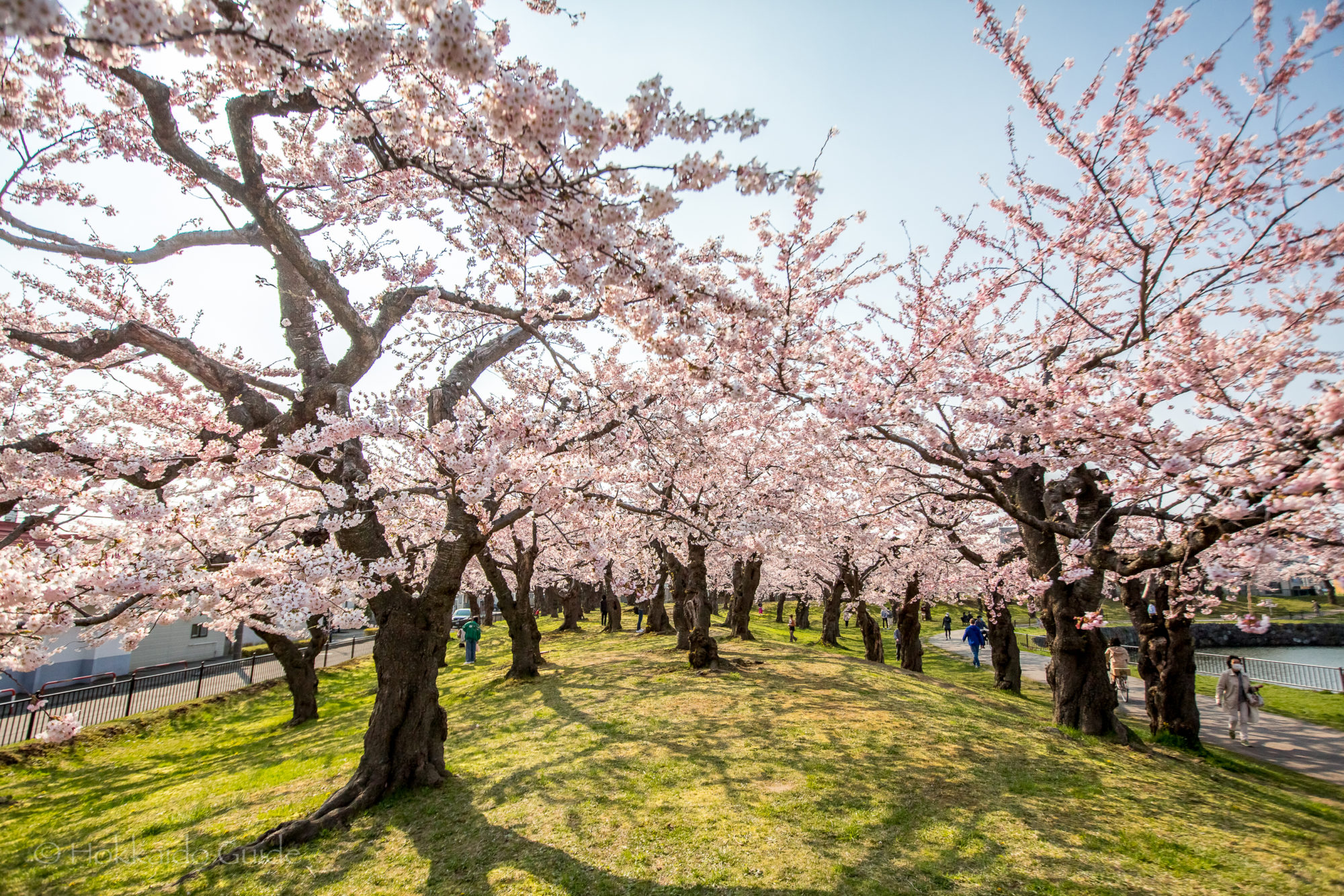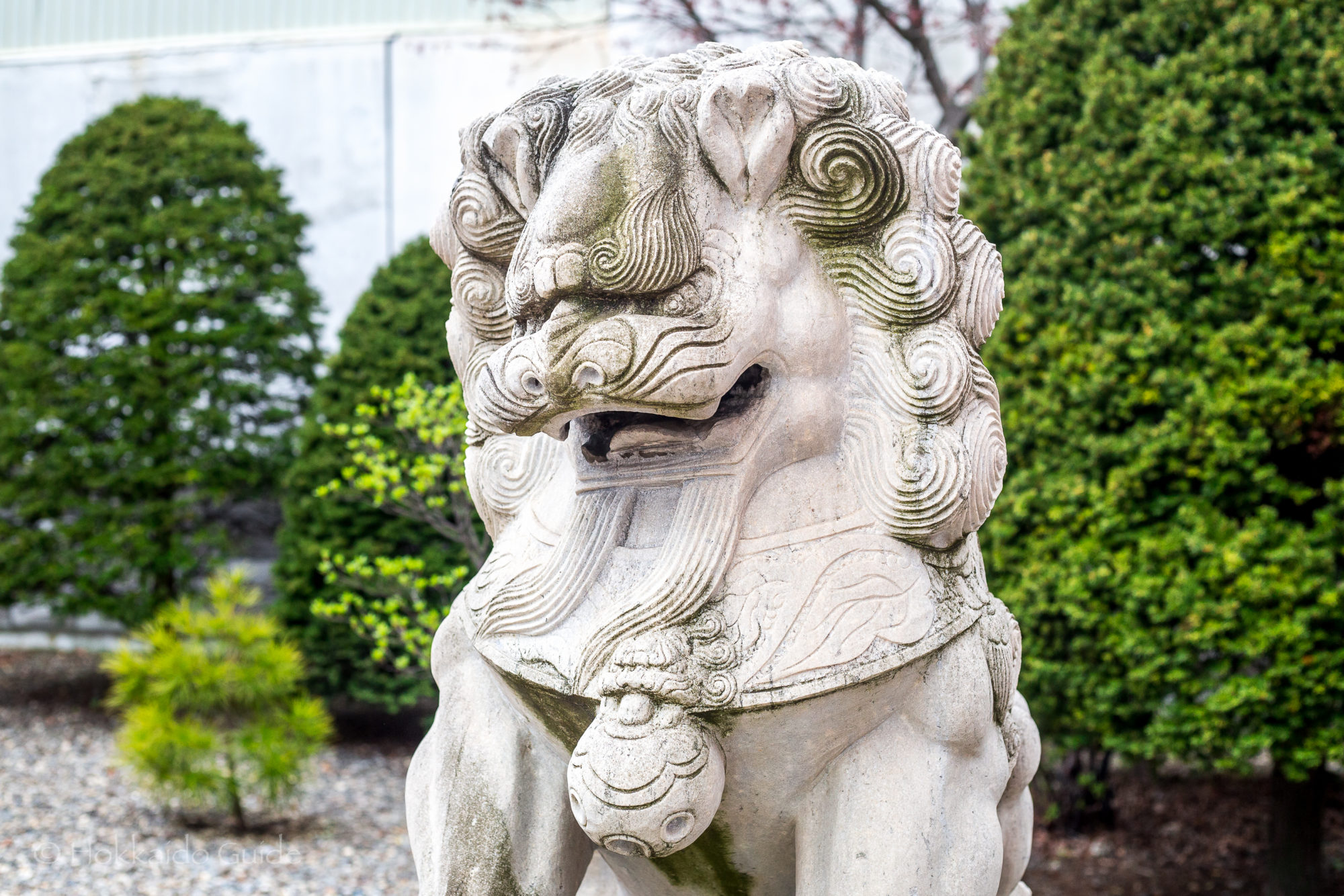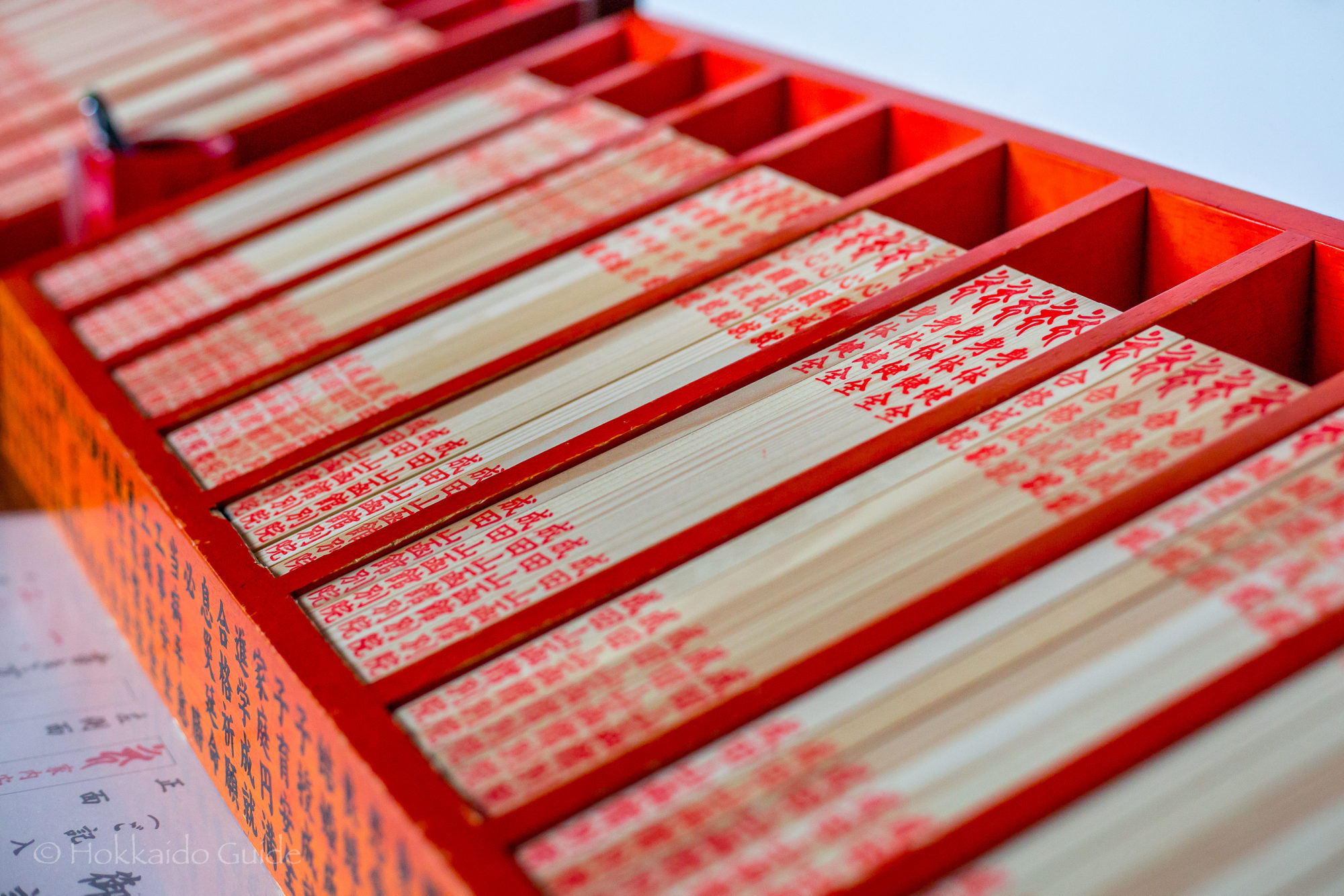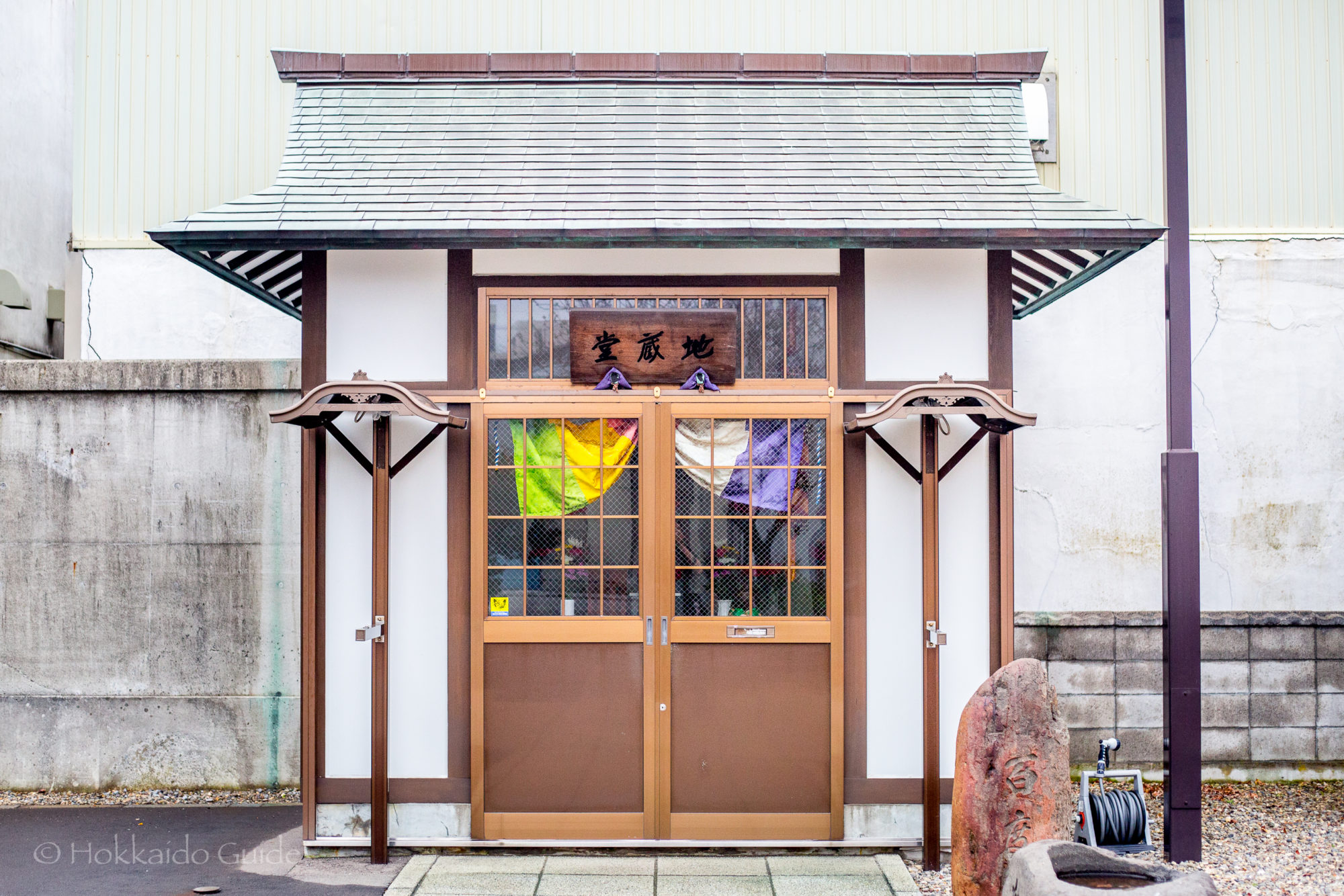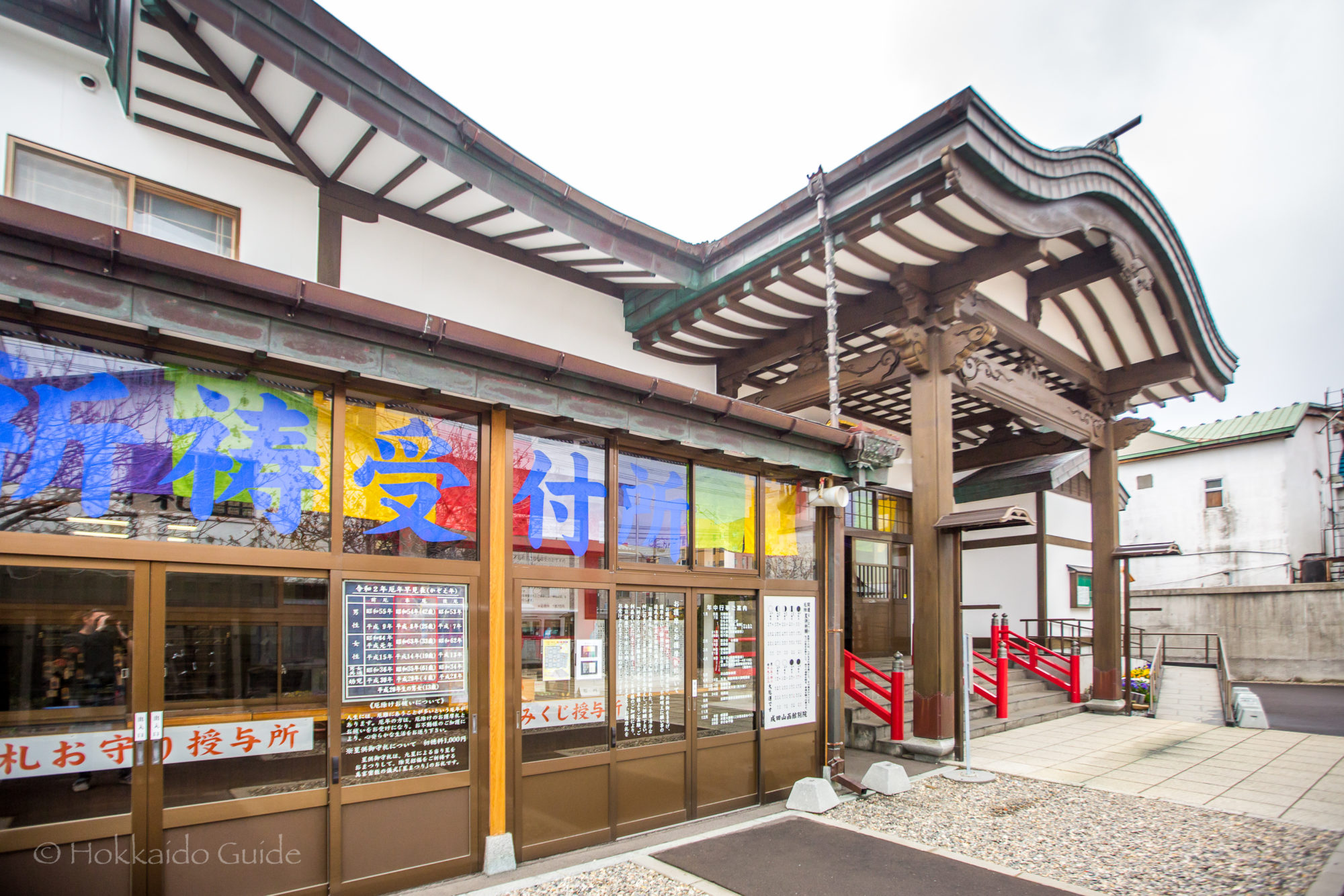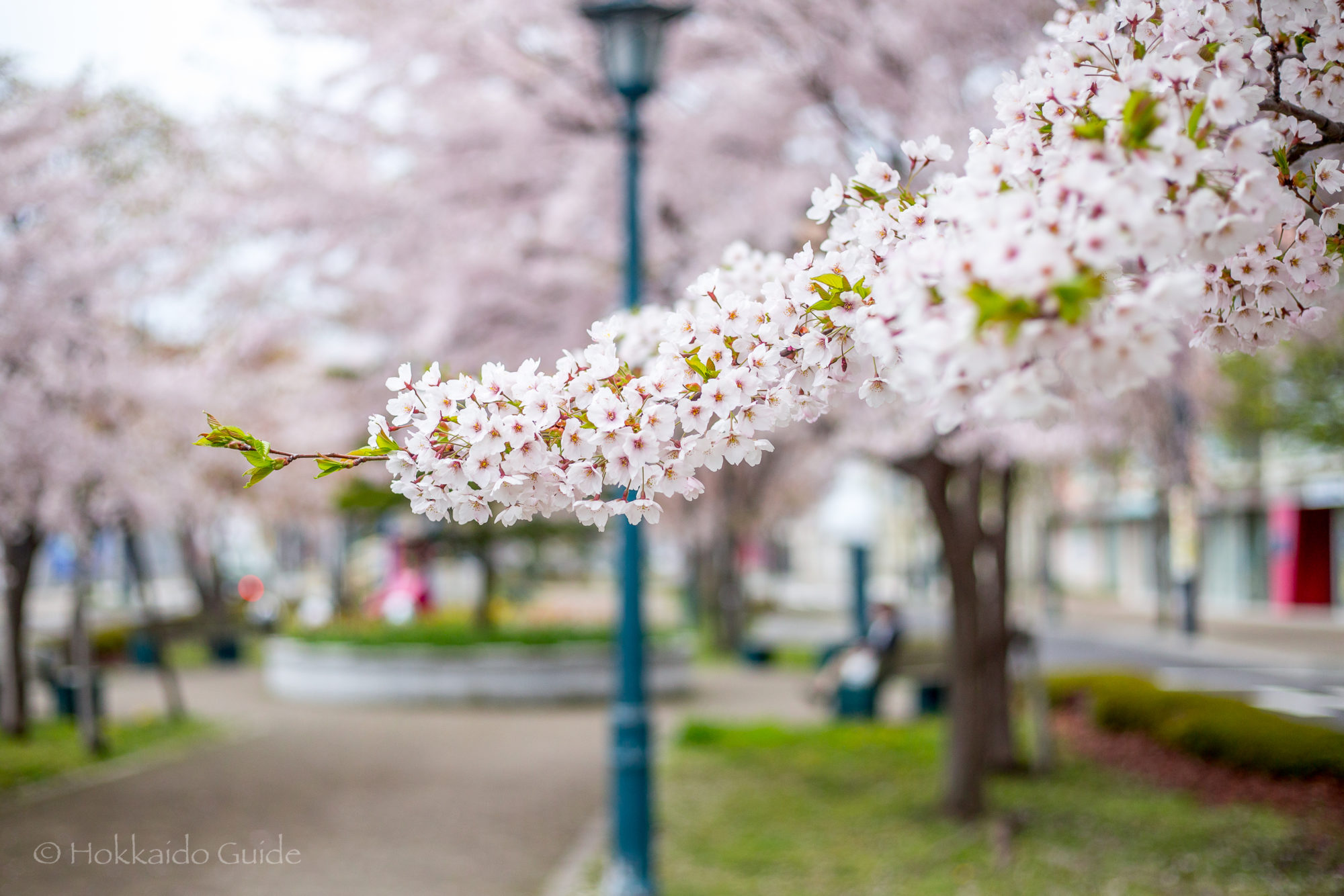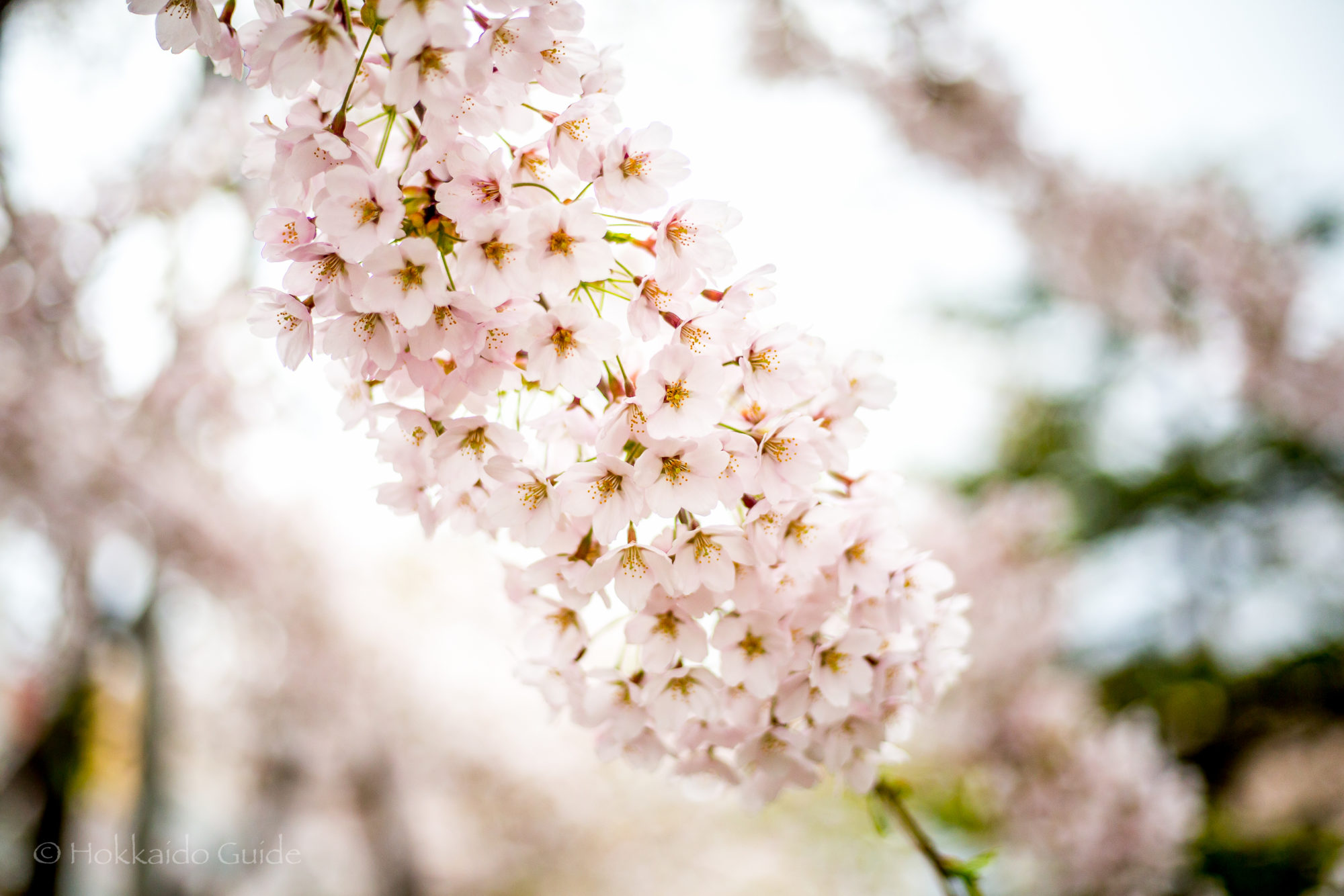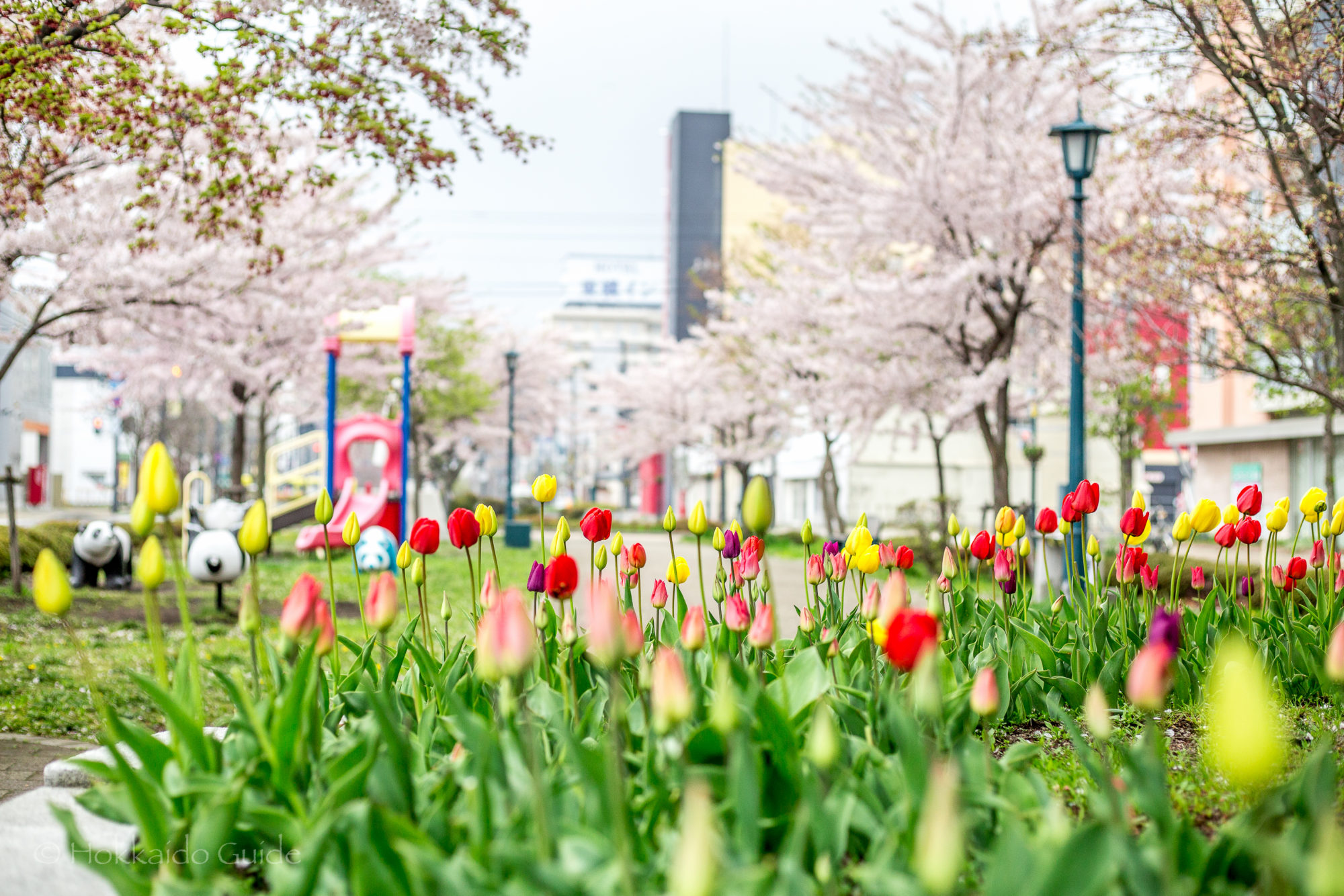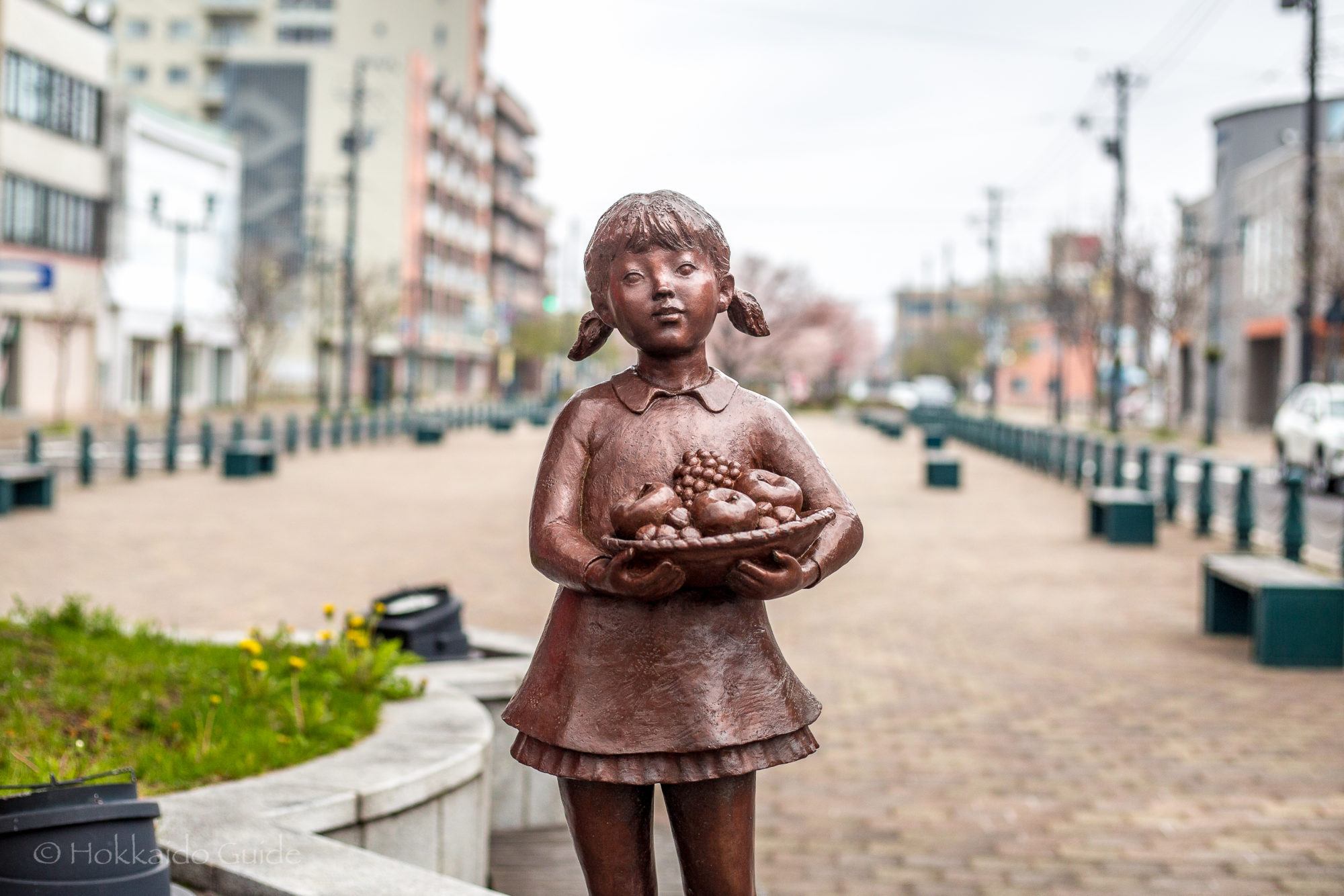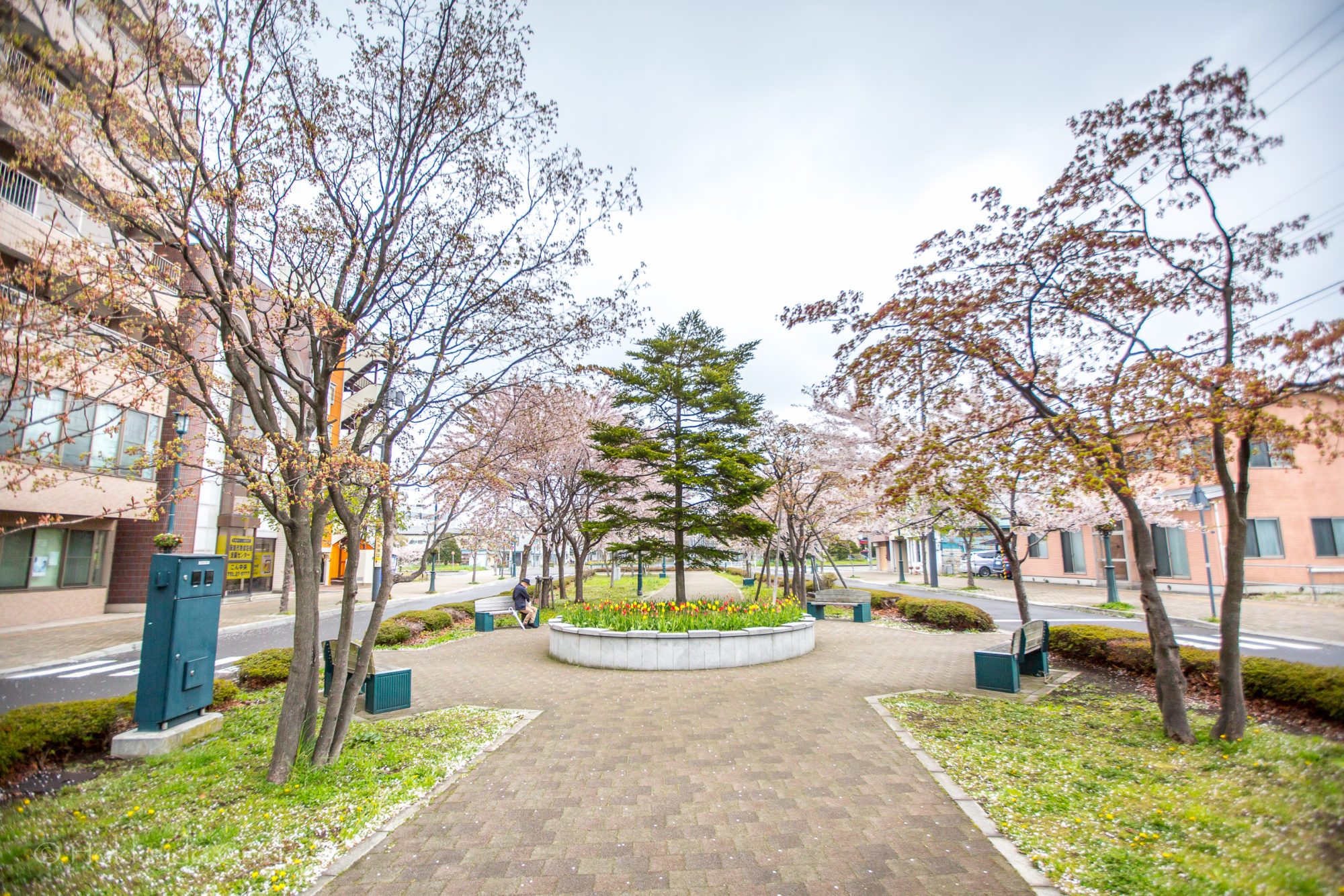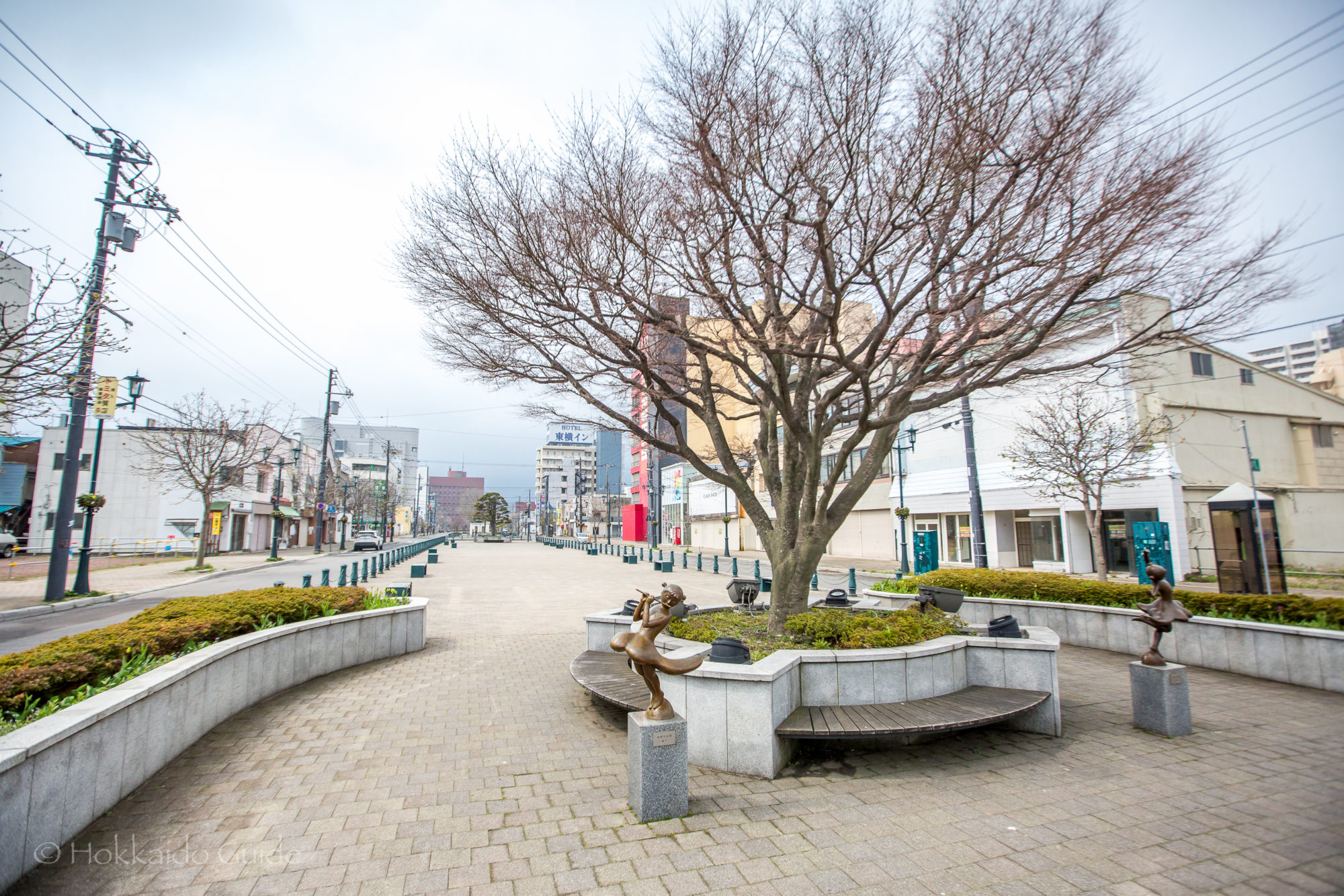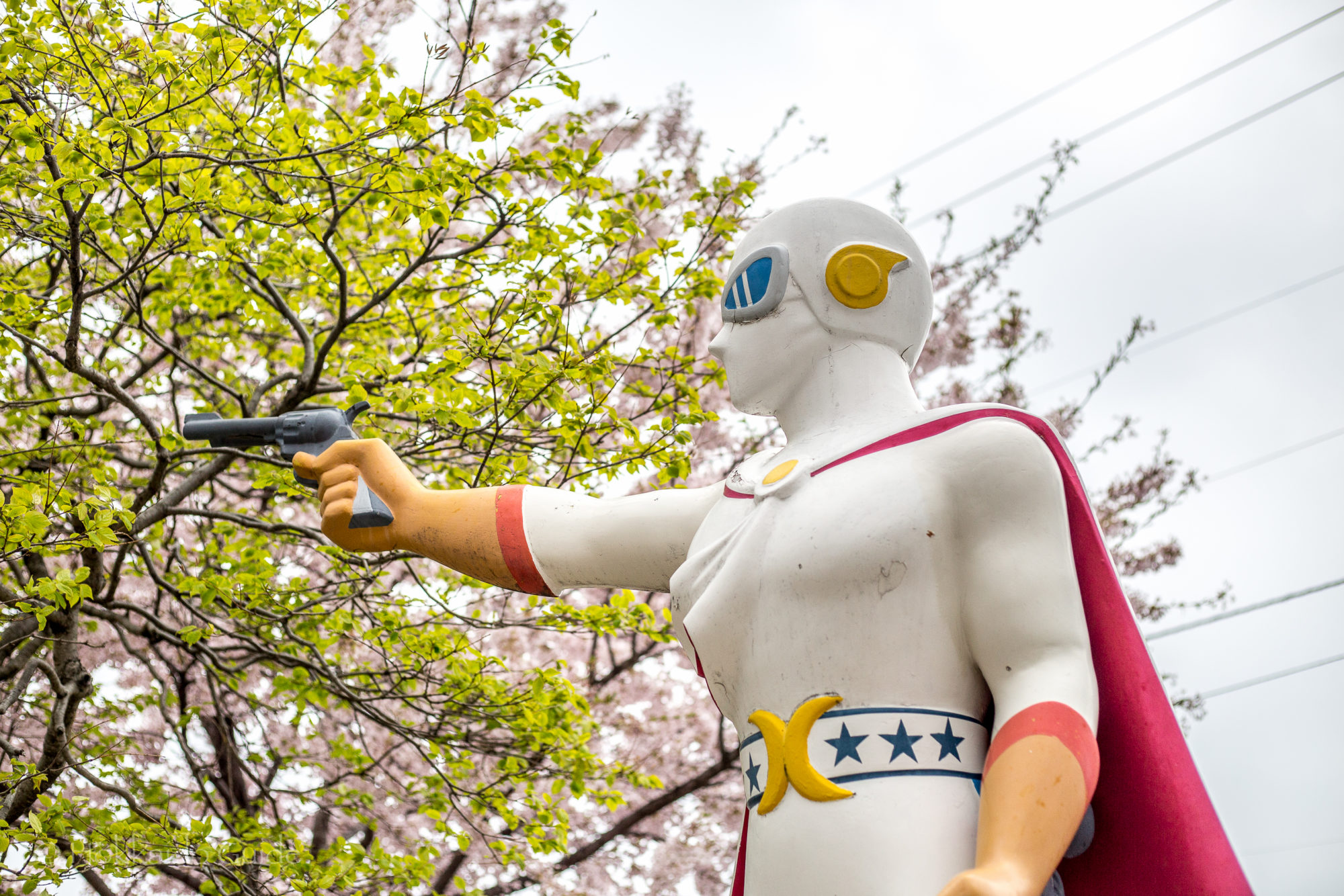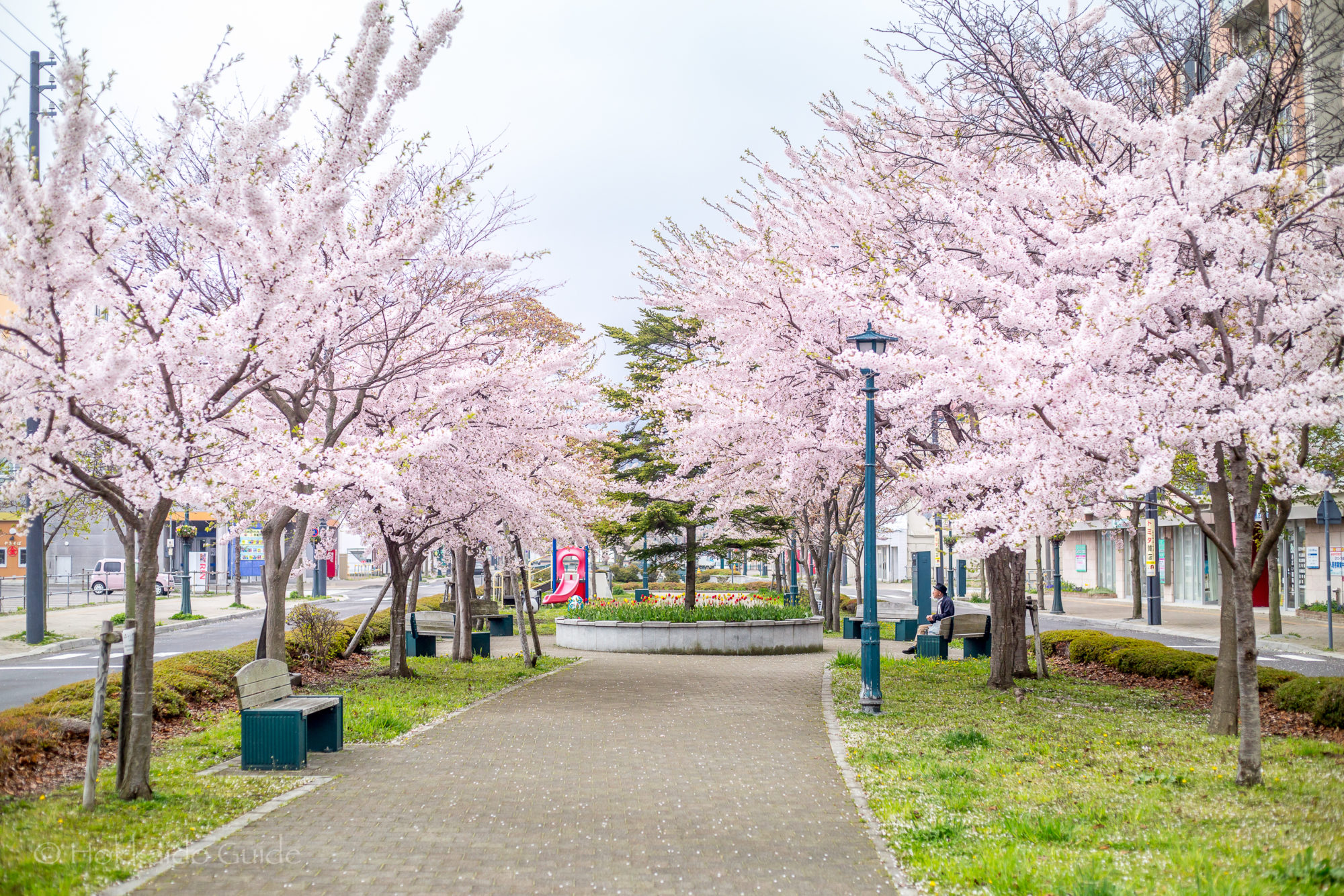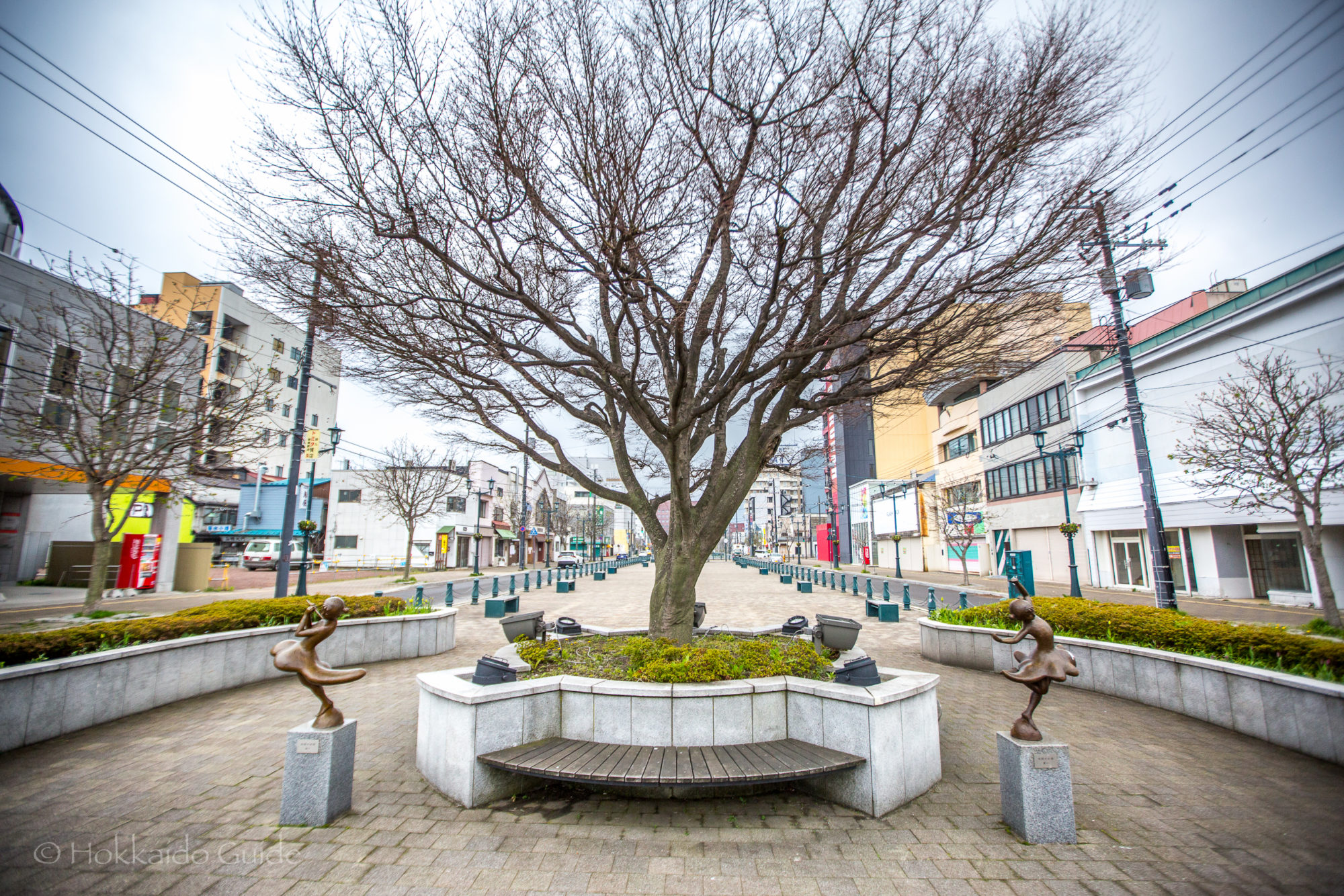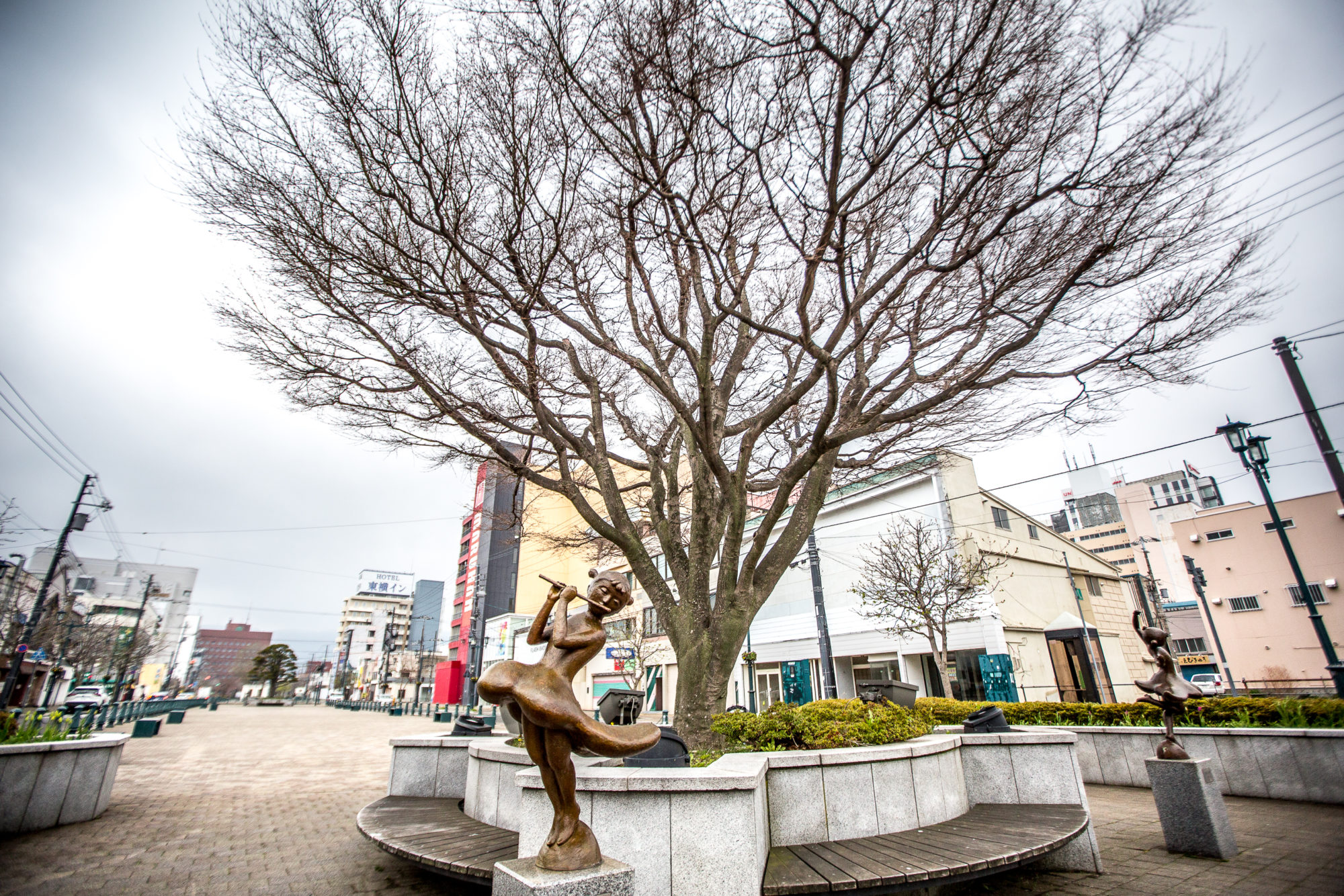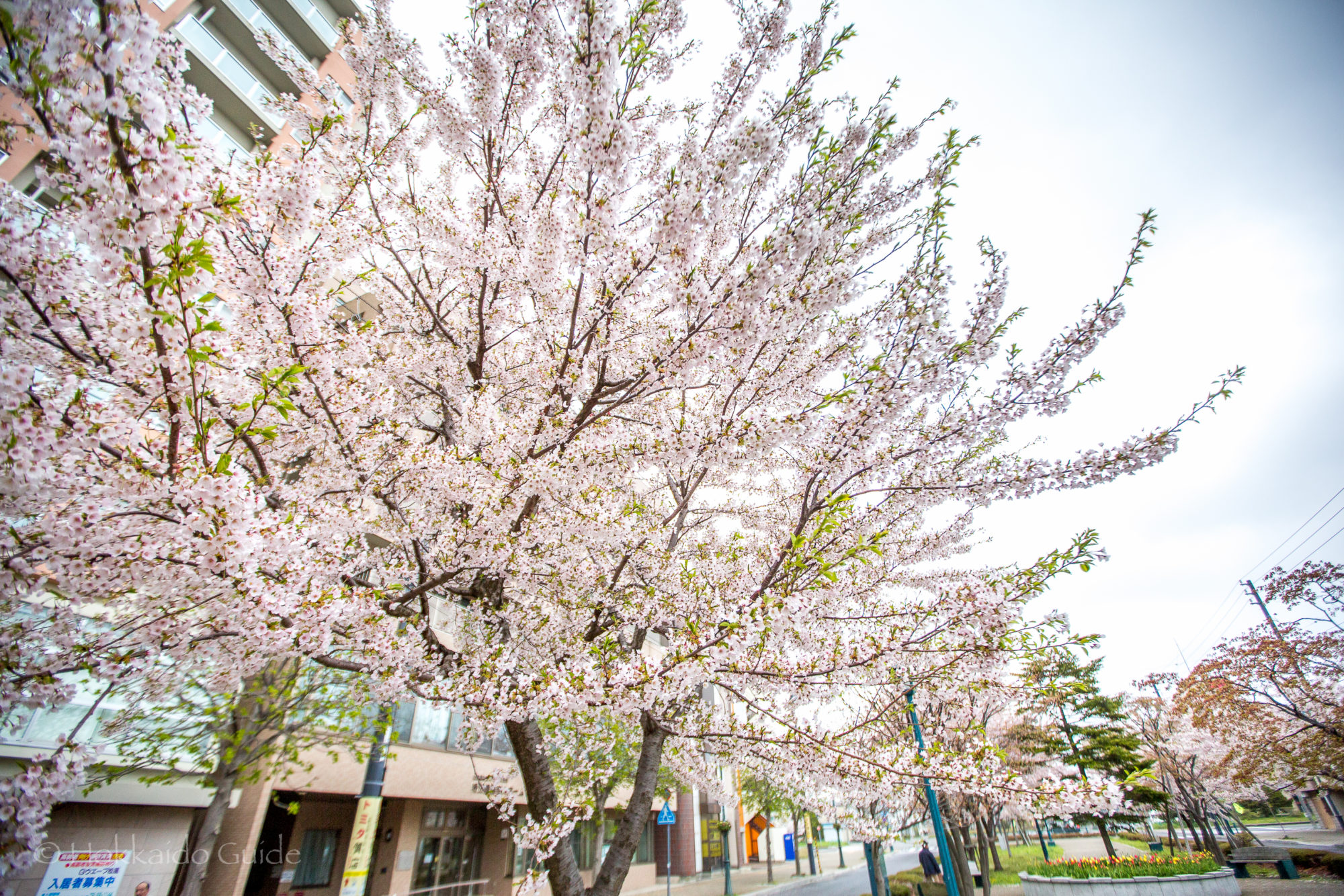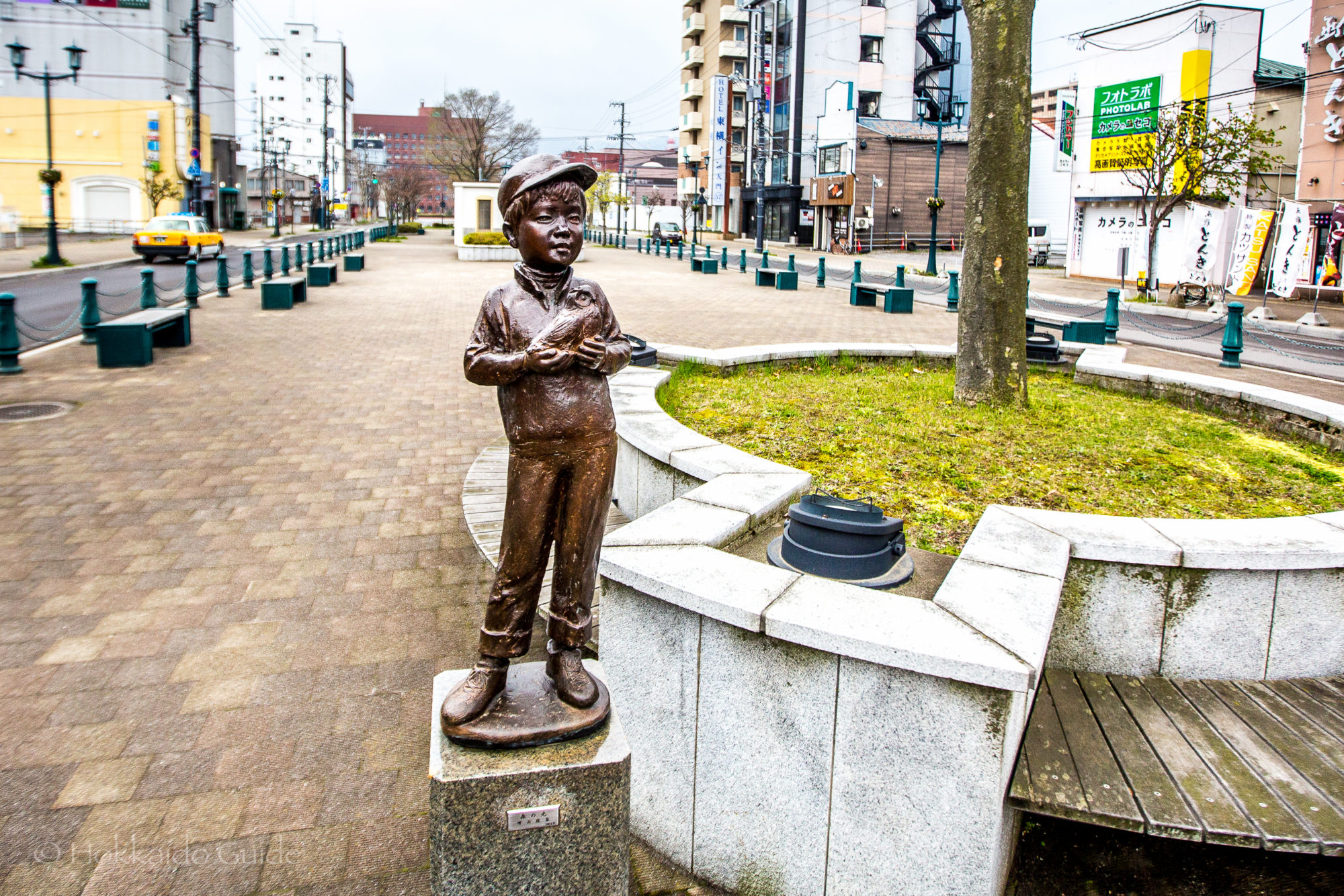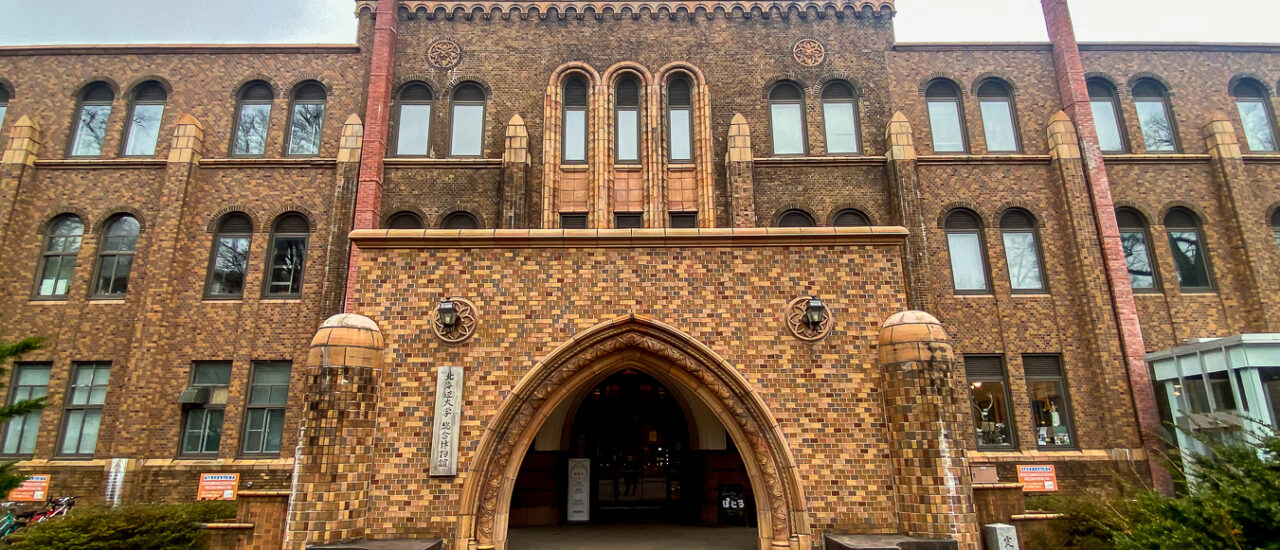
Category: Sightseeing
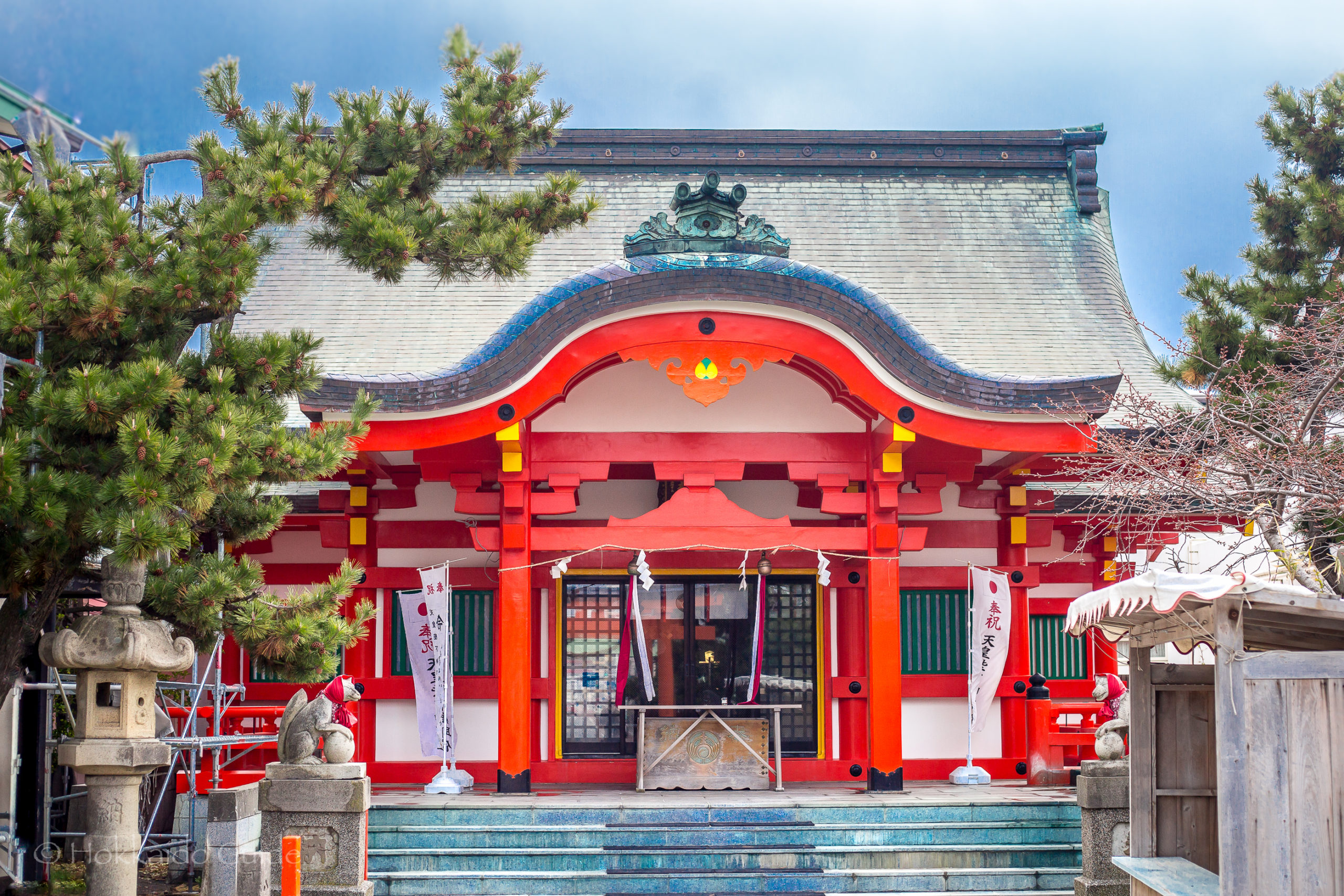
Daimoriinari Shrine

| Admission | Free |
| Opening Hours | - |
| Closed | - |
| Contact | 0138-22-2637 |
| Notes | Buddhist temple, no parking |
| Location / Getting There | Located at the central Hakodate. It is a 7 minute walk east from Matsukaze Cho tram station. Head east and the temple is on the corner of Isaribidori. It is by Omori Beach 22-6 Omoricho, Hakodate, Hokkaido 040-0034 |
 By the shores of Ōmori Beach there is a Shinto Shrine called Daimoriinari Shrine. The year of its founding is unknown due to the great fires in Hakodate. However, there is a map from the Kanbun Era dated back to the 1600’s with the name of the temple on it so the temple is estimated to be around 350 years old. The guardian stone lion dogs guarding the temple are incredibly old and are worth a look. After a large fire in 1890, it moved to its present location in 1943. The entrance used to face the ocean, but now it faces towards the city.
By the shores of Ōmori Beach there is a Shinto Shrine called Daimoriinari Shrine. The year of its founding is unknown due to the great fires in Hakodate. However, there is a map from the Kanbun Era dated back to the 1600’s with the name of the temple on it so the temple is estimated to be around 350 years old. The guardian stone lion dogs guarding the temple are incredibly old and are worth a look. After a large fire in 1890, it moved to its present location in 1943. The entrance used to face the ocean, but now it faces towards the city.
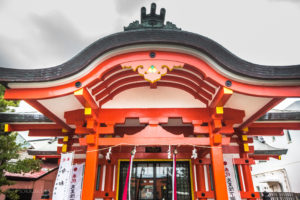 Inside the grounds there are various monuments and shrines honoring certain individuals. Prayers can be performed by the priest here can be booked in advance. The priest will bless everything from wife safety to business prosperity and anniversaries. Gifts and amulets can be bought inside. These bring good luck and protection. Throughout the year there are various events and festivals that are held at the temple. For more information on the dates read below.
Inside the grounds there are various monuments and shrines honoring certain individuals. Prayers can be performed by the priest here can be booked in advance. The priest will bless everything from wife safety to business prosperity and anniversaries. Gifts and amulets can be bought inside. These bring good luck and protection. Throughout the year there are various events and festivals that are held at the temple. For more information on the dates read below.
| 1st of every month | New moon festival |
| 10th of every month | Monthly festival |
| January 1st | Year end festival |
| February 3rd | Setsubun festival |
| 1st day of the lunar month of February | Hatsuuma festival |
| June 30th | Oharae ceremony |
| September 9th - 11th | Evening palace festival |
| October 15th | Shichigosan |
| November 23rd | Niiname festival |
| December 31st | Nightfall festival |

Ōmori Park

| Admission | Free |
| Opening Hours | Open 24 hours |
| Closed | - |
| Contact | 0138-40-3601 |
| Notes | Cemetery, sports park, playground, no parking, bathrooms |
| Location / Getting There | Located in Hakodate, by Omori beach. The closest tram station is Matsukaze-cho Station. It is a 7 minute walk east from this station. The park is also next to Kameda River. 33 Omoricho, Hakodate, Hokkaido 040-0034 |
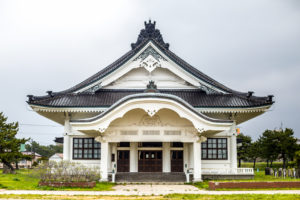 Ōmori Park is a large green space in Hakodate. It is used for sporting events (namely baseball), and as a play area for children. At the northern end of the park, you can find an impressive memorial hall and burial site. The park is popular for those looking to keep fit, as it has outdoor exercise equipment, plus it being a good spot to jog around. The spacious playground area also makes it a popular spot for families. The park is just across the road from Ōmori Beach as well, so there are a few things to see in the area.
Ōmori Park is a large green space in Hakodate. It is used for sporting events (namely baseball), and as a play area for children. At the northern end of the park, you can find an impressive memorial hall and burial site. The park is popular for those looking to keep fit, as it has outdoor exercise equipment, plus it being a good spot to jog around. The spacious playground area also makes it a popular spot for families. The park is just across the road from Ōmori Beach as well, so there are a few things to see in the area.
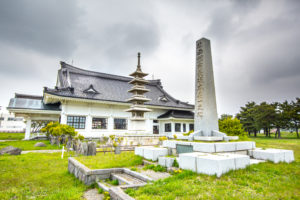 The memorial hall was constructed in 1937 with the five tier pagoda being built later. Takenosuke Miyamoto (a local businessman), was behind the construction of the pagoda using his own funds and property. The area has some historical significance and there is a large plaque (in Japanese), talking about the dark event that took place here many years ago. On the evening of March 21, 1954 a fire spread through the city and was fanned by strong winds from the ocean. The fire affected 102,000 with almost 3,000 reported missing. The Omori Bridge was terribly burned and many people were killed in and along the Kameda River. This river flows right by the memorial hall and pagoda.
The memorial hall was constructed in 1937 with the five tier pagoda being built later. Takenosuke Miyamoto (a local businessman), was behind the construction of the pagoda using his own funds and property. The area has some historical significance and there is a large plaque (in Japanese), talking about the dark event that took place here many years ago. On the evening of March 21, 1954 a fire spread through the city and was fanned by strong winds from the ocean. The fire affected 102,000 with almost 3,000 reported missing. The Omori Bridge was terribly burned and many people were killed in and along the Kameda River. This river flows right by the memorial hall and pagoda.
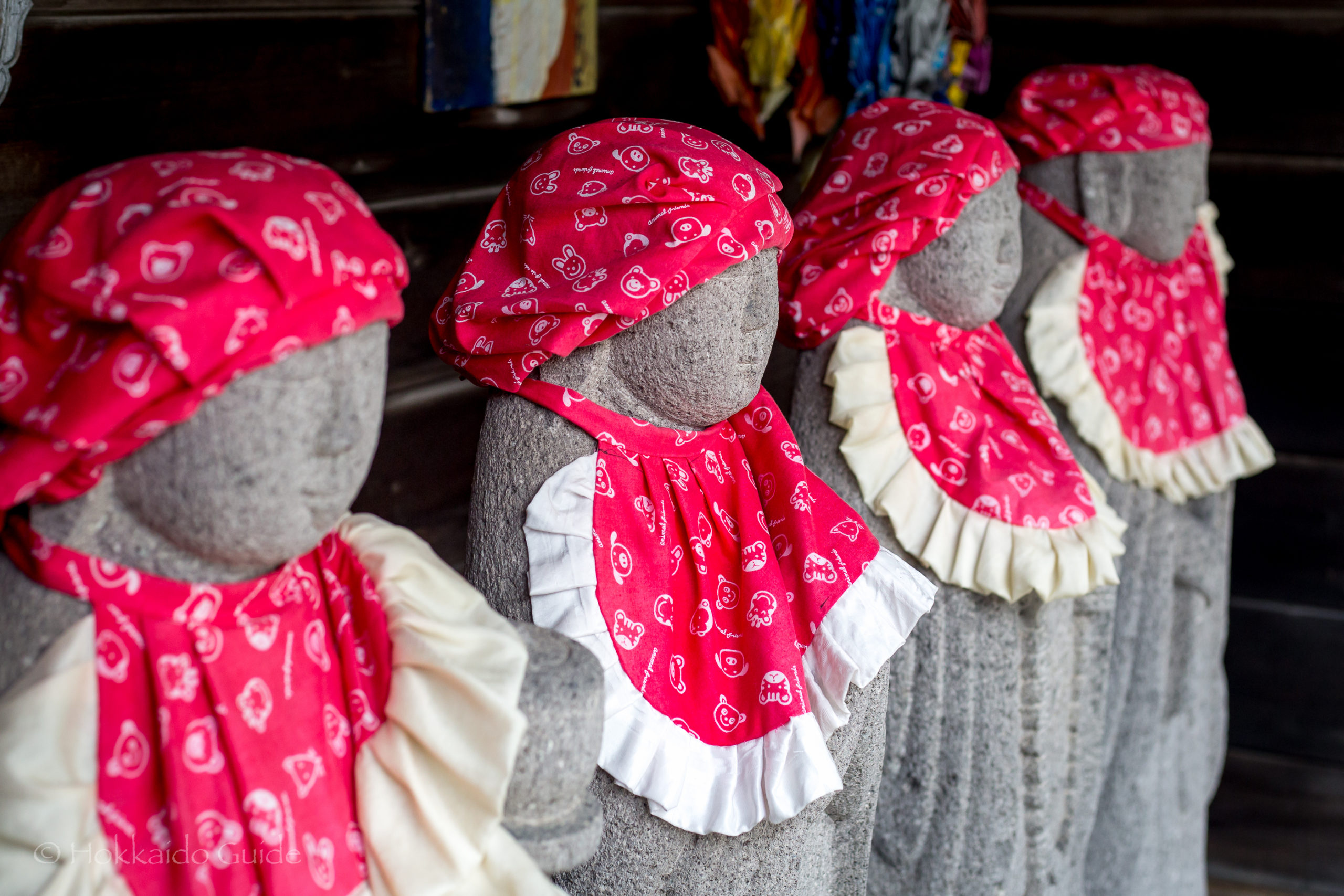
Daikanji
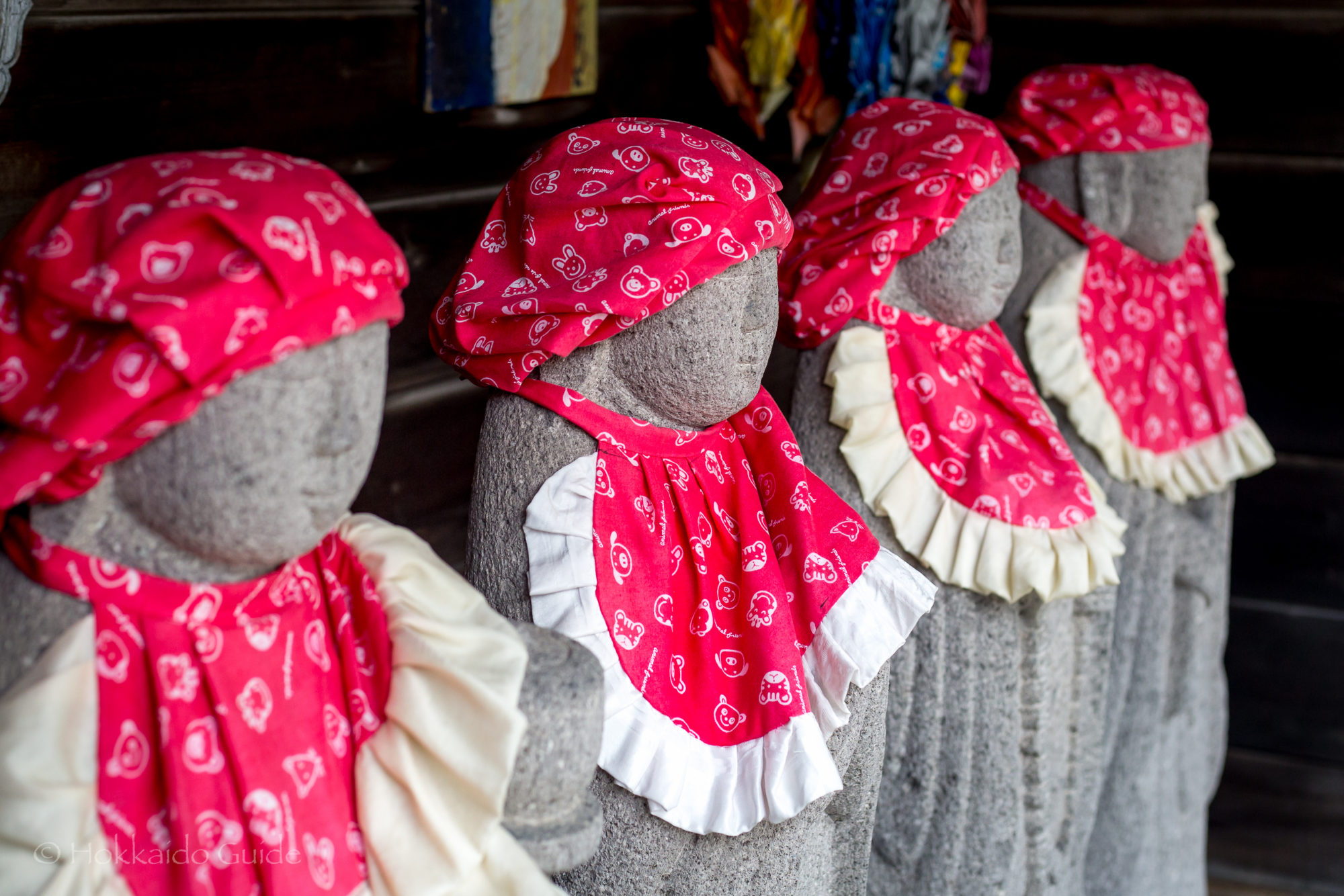
| Admission | Free |
| Contact | 011-3823-5067 |
| Notes | Buddhist temple, no parking |
| Location / Getting There | Located in central Hakodate. It is a 6 minute walk south east from from Matsukaze-cho tram station. It's also a 3 minute walk from Omori beach. 20-5 Omoricho, Hakodate, Hokkaido 040-0034 |
 Daikanji is one of the many Buddhist temples that can be found throughout Hokkaido, Japan. This unassuming temple is also the residence of the monks here. The temple is easy to miss as it is on a residential street, and has the appearance of a large house. Once through the main gate, there is a small courtyard off of the main entrance. The small Jizo Statues are here draped in red cloth. Japanese people believe that red is the color to defend against evil and this has not changed since ancient times.
Daikanji is one of the many Buddhist temples that can be found throughout Hokkaido, Japan. This unassuming temple is also the residence of the monks here. The temple is easy to miss as it is on a residential street, and has the appearance of a large house. Once through the main gate, there is a small courtyard off of the main entrance. The small Jizo Statues are here draped in red cloth. Japanese people believe that red is the color to defend against evil and this has not changed since ancient times.
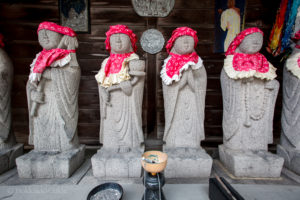 Due to babies also being vulnerable at a young age, parents dress them in red to keep them protected from danger and illness. This small temple is most easily accessed by car. There is no real parking here, though there is parking near the ocean which is only two blocks away, and not a far walk away. There are a couple of other temples in the area, so for those who have an interest in the Buddhist shrines, take a wander around plus enjoying the beachside.
Due to babies also being vulnerable at a young age, parents dress them in red to keep them protected from danger and illness. This small temple is most easily accessed by car. There is no real parking here, though there is parking near the ocean which is only two blocks away, and not a far walk away. There are a couple of other temples in the area, so for those who have an interest in the Buddhist shrines, take a wander around plus enjoying the beachside.
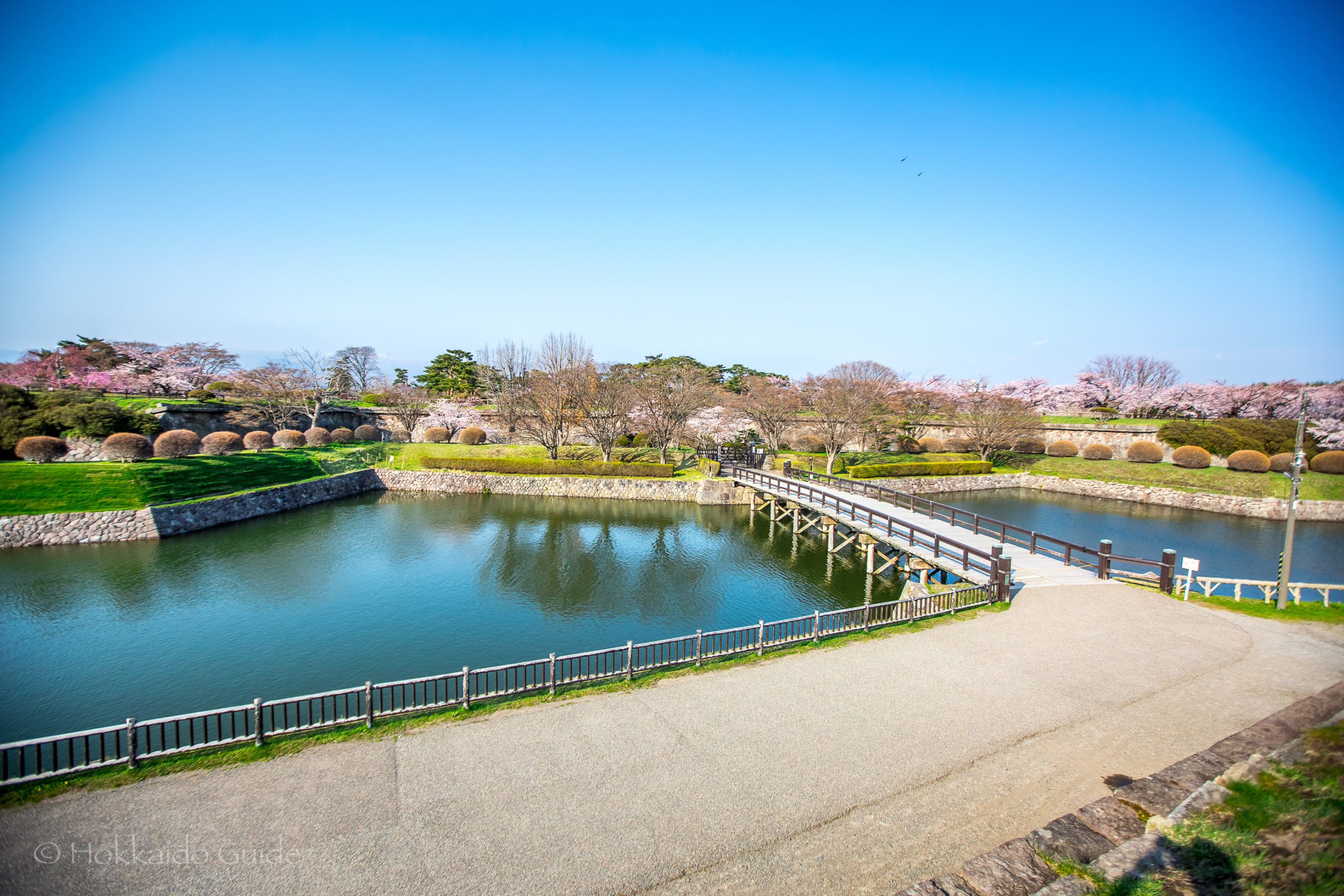
Goryokaku Park
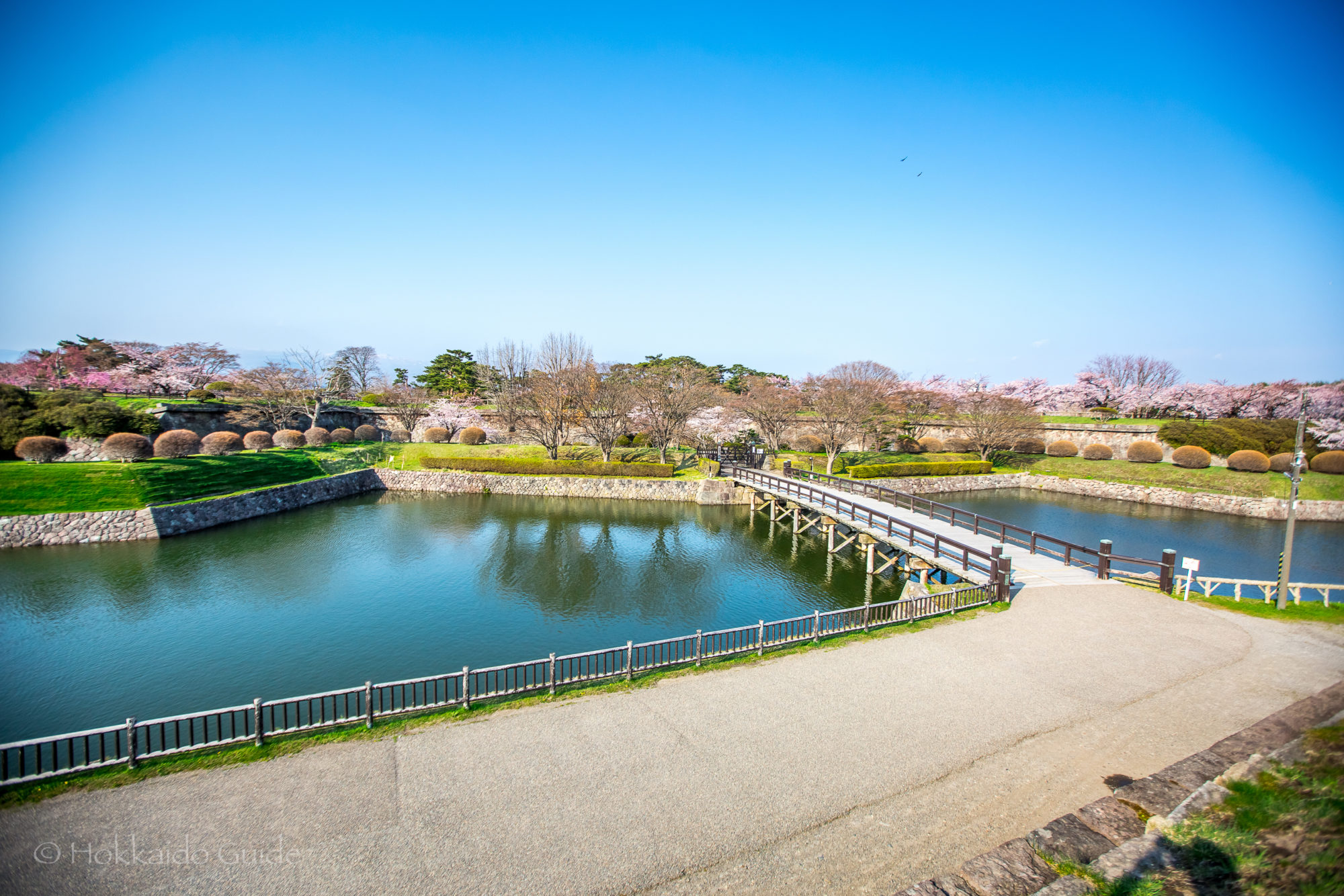
| Admission | Free |
| Opening Hours | 5:00 - 18:00 |
| Closed | - |
| Contact | 0138-31-5505 |
| Notes | Cherry blossom viewing, historical landmark, photography spot, walking paths, no parking (but paid parking nearby), wheelchair access |
| Location / Getting There | Central Hakodate. It's a 15 minute walk from Goryokaku Koen-mae station. From Hakodate Station take the 19, 25, or 33 bus and get off Goryokaku Park entrance. It's a 10 minute walk. There is a also a 'Goryokaku Tower Trappistine Shuttle Bus'. 44-2 Goryokakucho, Hakodate, Hokkaido 040-0001 |
 Goryōkaku Fort & Park was designed in 1855 by the scholar and the architect, Takeda Ayasaburō. His design was based on the work by the French architect, Vauban. The design is in the shape of a five-pointed star. Unlike other Japanese forts, this allowed for a greater number of gun emplacements, and reduced the number of blind spots. It was built to protect the Hakodate Magistrates office at the end of the Edo period when Hakodate opened its harbor to international trade. It played an important role as a political center in Ezo until it was taken over by the new Meiji government. The fort nowadays has seen the last of battles and sees quieter days as a national historic site. It is also a part of the Hakodate city museum and is a hugely popular spot for cherry blossom viewing.
Goryōkaku Fort & Park was designed in 1855 by the scholar and the architect, Takeda Ayasaburō. His design was based on the work by the French architect, Vauban. The design is in the shape of a five-pointed star. Unlike other Japanese forts, this allowed for a greater number of gun emplacements, and reduced the number of blind spots. It was built to protect the Hakodate Magistrates office at the end of the Edo period when Hakodate opened its harbor to international trade. It played an important role as a political center in Ezo until it was taken over by the new Meiji government. The fort nowadays has seen the last of battles and sees quieter days as a national historic site. It is also a part of the Hakodate city museum and is a hugely popular spot for cherry blossom viewing.
 In 1952, it was designated as a national historic site under the name of “Goryokaku Ruins”. The site is a fantastic place to wander around in any season. The green trees in summer, the autumn leaves in the fall, snow in winter. and the sprawling cherry blossoms in the spring. There are about 1,600 cherry blossoms here and they start to bloom in late April and the park is one of the best places to view the blossoms in the whole of Hokkaido. To appreciate the park there is an observation platform overlooking the park. The tower is called Goryokaku Tower and is accessible on the south eastern side.
In 1952, it was designated as a national historic site under the name of “Goryokaku Ruins”. The site is a fantastic place to wander around in any season. The green trees in summer, the autumn leaves in the fall, snow in winter. and the sprawling cherry blossoms in the spring. There are about 1,600 cherry blossoms here and they start to bloom in late April and the park is one of the best places to view the blossoms in the whole of Hokkaido. To appreciate the park there is an observation platform overlooking the park. The tower is called Goryokaku Tower and is accessible on the south eastern side.
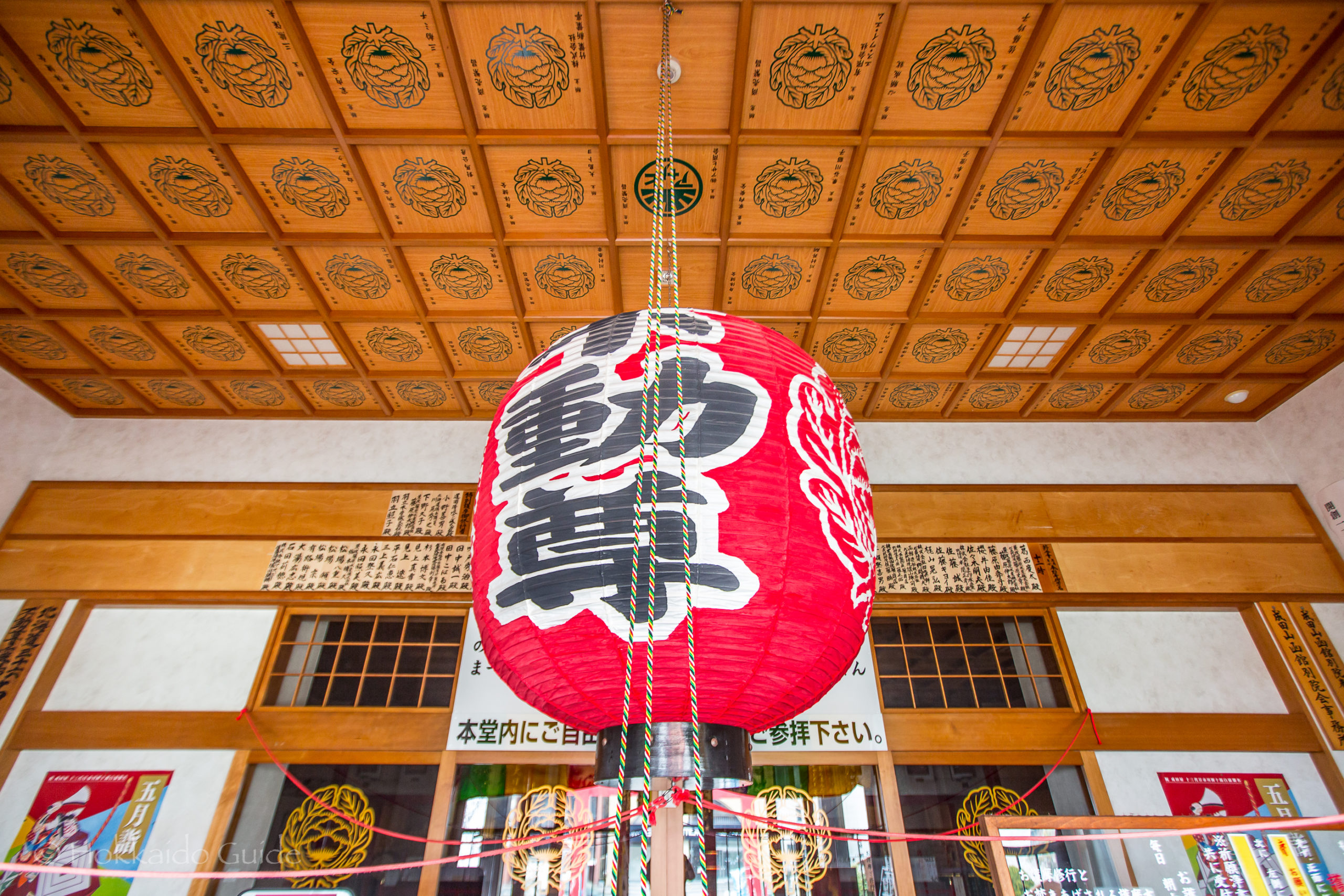
Kankanji
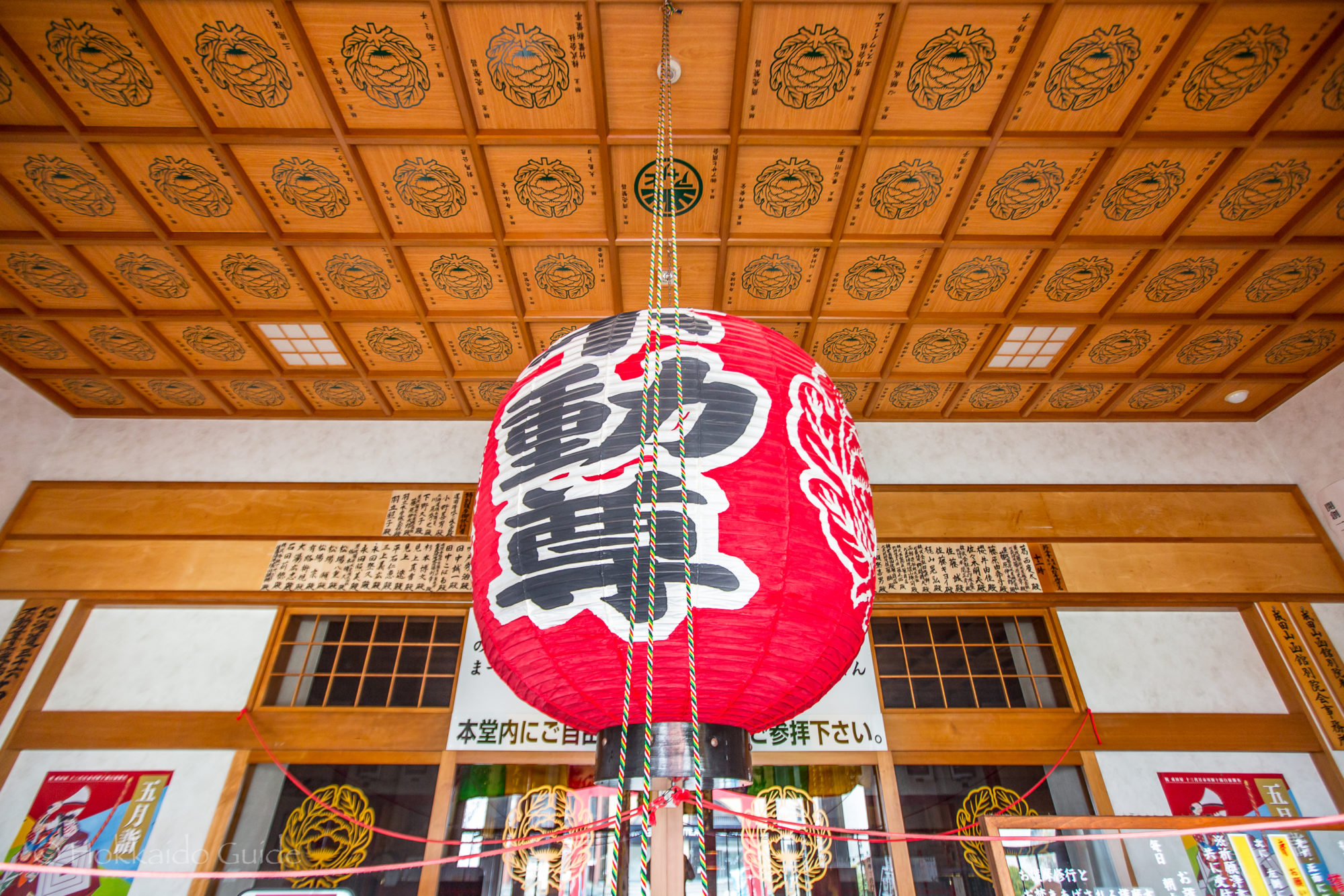
| Admission | Free |
| Opening Hours | - |
| Closed | - |
| Contact | 011-3822-0862 |
| Notes | Buddhist temple, no parking |
| Location / Getting There | Located at the central Hokkaido. It is a 2 minute walk from Matsukaze Cho street car station. It is directly across from Hakodate Promote Hotel. 15-17 Matsukazechō, Hakodate, Hokkaido 040-0035 |
 Kankanji is a large Buddhist temple in the central city of Hakodate. The temple is a short walk from many of the central hotels in the area and can be easily found off the main road. Throughout the year, (as with other temples of the same religious beliefs) special events and festivals are held. This temple is part of the Omotoyama Naritasan Shinshoji. There are eight other temples of the same sect and these can be found in Fukugawa (Tokyo), Kawagoe (Saitama), Sapporo (Hokkaido), Yokohama (Kanagawa), Osaka (Osaka), Nagoya (Aichi) and Fukui (Fukui prefecture).
Kankanji is a large Buddhist temple in the central city of Hakodate. The temple is a short walk from many of the central hotels in the area and can be easily found off the main road. Throughout the year, (as with other temples of the same religious beliefs) special events and festivals are held. This temple is part of the Omotoyama Naritasan Shinshoji. There are eight other temples of the same sect and these can be found in Fukugawa (Tokyo), Kawagoe (Saitama), Sapporo (Hokkaido), Yokohama (Kanagawa), Osaka (Osaka), Nagoya (Aichi) and Fukui (Fukui prefecture).
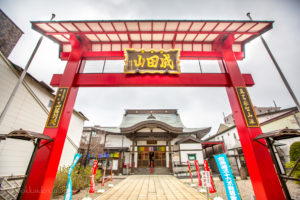 The Founding Memorial Festival is on the 27th and 28th of July every year. Besides this festival, there are numerous events throughout the year. The main events can be seen on January 1, February 3 brings the Setsubun festival, March 20 (Vernal Equinox Day) Spring equinox memorial service, April 8 is the Flower Festival, June 15 is the Aoba Festival, September 18 (Autumn equinox day) Autumn equinox memorial service. The longest event is from October 1 to November 30 and sees the Shichigosan special prayer meeting. Trinkets, amulets, and beads can be bought at this temple.
The Founding Memorial Festival is on the 27th and 28th of July every year. Besides this festival, there are numerous events throughout the year. The main events can be seen on January 1, February 3 brings the Setsubun festival, March 20 (Vernal Equinox Day) Spring equinox memorial service, April 8 is the Flower Festival, June 15 is the Aoba Festival, September 18 (Autumn equinox day) Autumn equinox memorial service. The longest event is from October 1 to November 30 and sees the Shichigosan special prayer meeting. Trinkets, amulets, and beads can be bought at this temple.
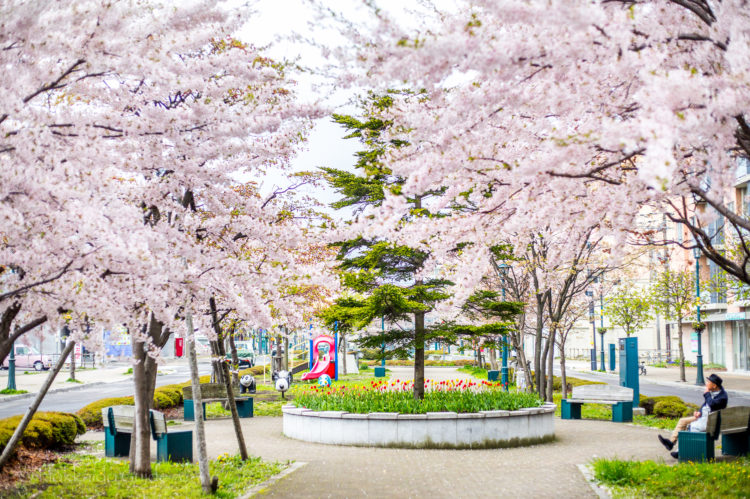
Hakodate Green Plaza
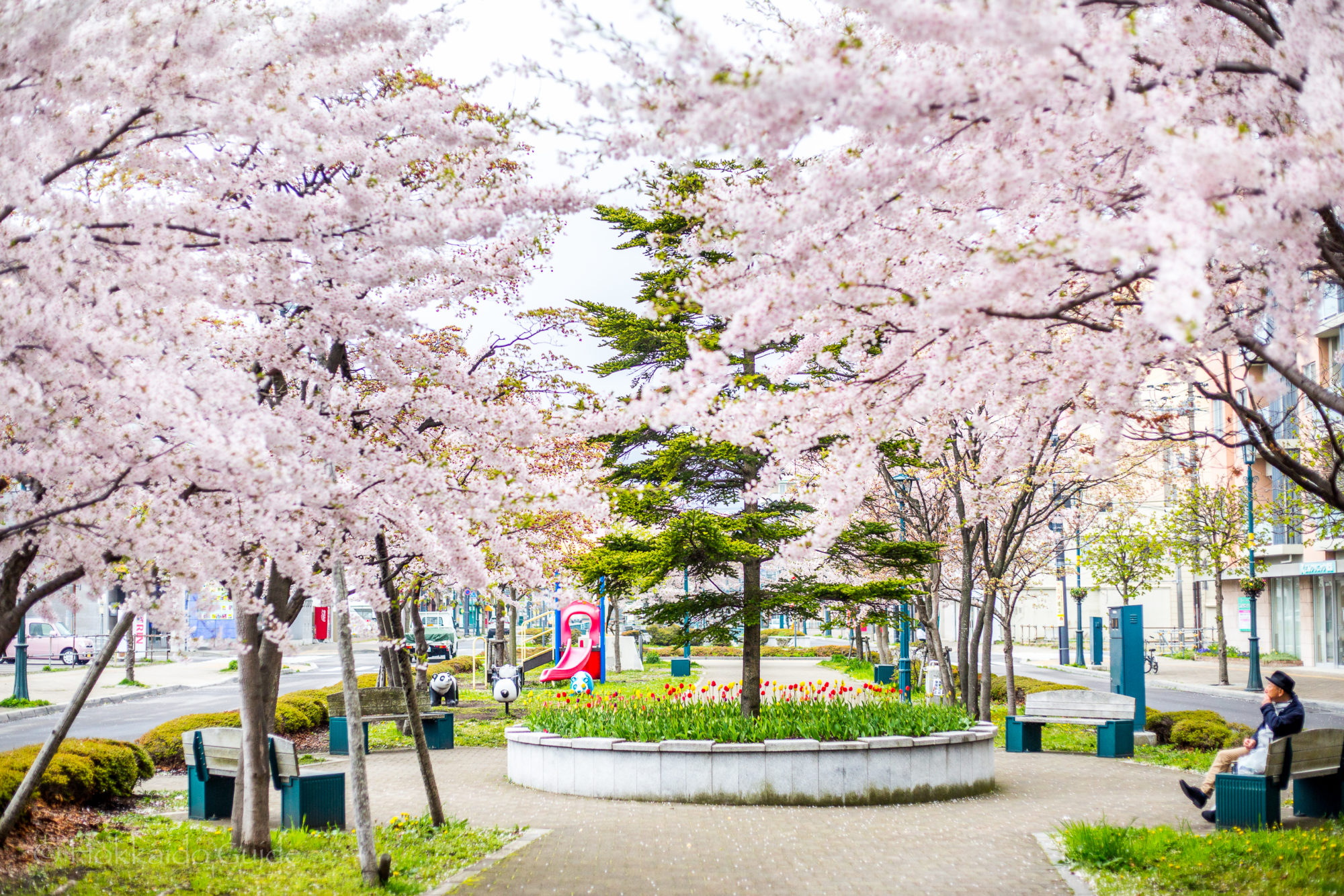
| Admission | Free |
| Opening Hours | Open 24 hours |
| Closed | - |
| Contact | 0138-24-0033 |
| Notes | Park, events space, available to rent for events |
| Location / Getting There | This long park is located in central Hakodate. It is just a 5 minute walk from Hakodate Station. It is also a quick 3 minute walk from Matsukaze-Cho Tram Station. 2-23, Matsukaze-cho, Hakodate 10-62 16-8 |
 The Hakodate Green Plaza is a long and narrow space that covers five blocks. It is located in the Daimon district in front of Hakodate Station. The park was established back in 1973 and was created as a place where people can relax and enjoy themselves. It was redeveloped from 2001 to 2003. This space is also used as an event space and can even be rented out, by calling and getting the appropriate forms. The park is also by many of the hotels and restaurants in the area so it is easily accessed.
The Hakodate Green Plaza is a long and narrow space that covers five blocks. It is located in the Daimon district in front of Hakodate Station. The park was established back in 1973 and was created as a place where people can relax and enjoy themselves. It was redeveloped from 2001 to 2003. This space is also used as an event space and can even be rented out, by calling and getting the appropriate forms. The park is also by many of the hotels and restaurants in the area so it is easily accessed.
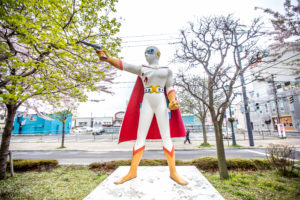 The best time to visit the park would be during the spring as there are many cherry blossom trees planted along its central path. You can enjoy these blossoms with a casual walk or by taking a seat on one of the many benches. During the year, there are some events held at the park. These include the “Hakodate Shio Ramen Summit”, the “Daimon Festival”, and the “Hakodate Gourmet Circus”. In the middle of the park is a statue of ‘Gekko Kamen’ also known as Moonlight Mask, champion of justice. This masked hero became popular in Japan in 1958 and was idolized by many young boys. Hakodate is the hometown of the original author.
The best time to visit the park would be during the spring as there are many cherry blossom trees planted along its central path. You can enjoy these blossoms with a casual walk or by taking a seat on one of the many benches. During the year, there are some events held at the park. These include the “Hakodate Shio Ramen Summit”, the “Daimon Festival”, and the “Hakodate Gourmet Circus”. In the middle of the park is a statue of ‘Gekko Kamen’ also known as Moonlight Mask, champion of justice. This masked hero became popular in Japan in 1958 and was idolized by many young boys. Hakodate is the hometown of the original author.

